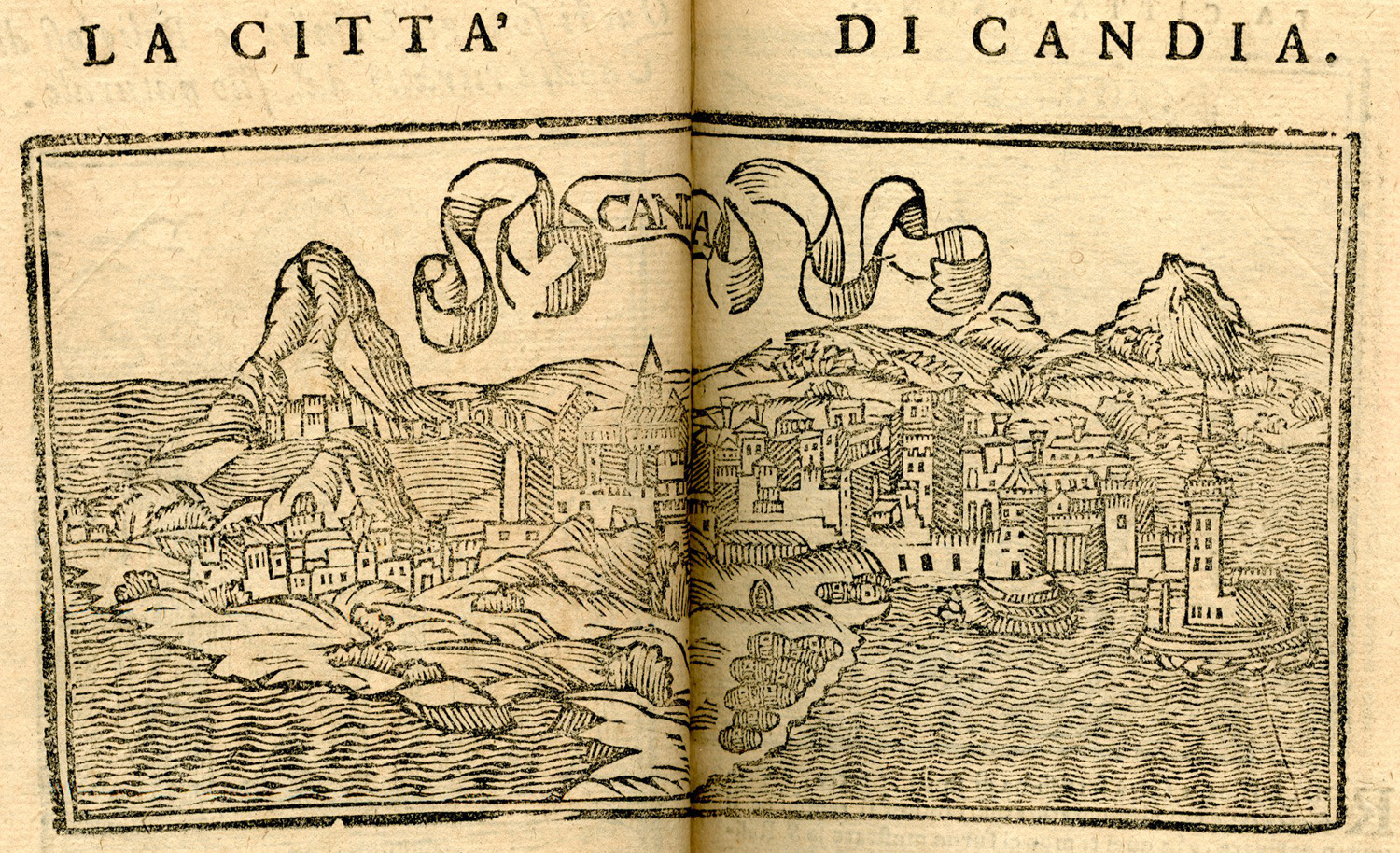BIANCO, Noé
Fransiskan rahip Noe Bianco Kutsal Yerlere hacılık seyahatini yaklaşık olarak 1527'de gerçekleştirir, ölüm tarihiyse Perugia'da 1568 yılına rastlar. Güzergâhını değiştirebilecek beklenmedik durumlar ve başka sorunlarla karşılaşmadan yolculuğu hacıların beylik deniz yolunu izler. Venedik'ten yola çıkıp Adriyatik ve İyon deniziyle güney Ege'de Venedik cumhuriyetinin egemenliğinde olan yerler ve adalara duraklar yaptıktan sonra Filistin'e varır. Bianco, Kudüs ve yöresindeki kutsallaşmış yerleri ziyaret ettikten sonra Kıbrıs, Girit ve Korfu'dan geçerek 1527 yılının Kasım ayında Venedik'e döner. 1566'da yayınlanan seyahatnamesi 1570, 1585, 1638, 1738 yıllarında yeniden basılır. Ancak 1600'da italyanca dilinde daha önce anonim olarak yayınlanmış çok iyi bilinen ve çok satan bir hacılık seyahatnamesini, yayıncılardan biri, daha büyük başarı kazanacağı düşüncesiyle Bianco'yu yazar göstererek yeniden yayınlar. Araştırmacılar bugüne dek tüm bu baskıların ne içeriği ne de yazarı hakkında kesin bir karara varmış değil, bu konudaki bulanıklık süregelmektedir. Tek bir farklılık varsa o da metin içinde daha öznel bir söylem sergileyen kısımların Bianco tarafından kaleme alınmış olma olasılığıdır.
Vakayinamenin ilk kısmında Kutsal Yerlere giden hacıların tedarik etmesi gereken şeylerin tümü sayılıp yolculuk hazırlığı için öğüt ve öneriler verilmektedir. 1600 baskısında yer alan ve öteki hacılık seyahatnamelerine kıyasla orijinallik sayılabilecek tahta gravürler çoğunlukla ziyaret edilen Kutsal Yerlerden liman, çeşitli yerler ve tapınma noktaları görüntülemektedir.
Yazan: İoli Vingopoulou
BIANCO, Noé - Heraklion
BIANCO, Noé - Rest Images
-
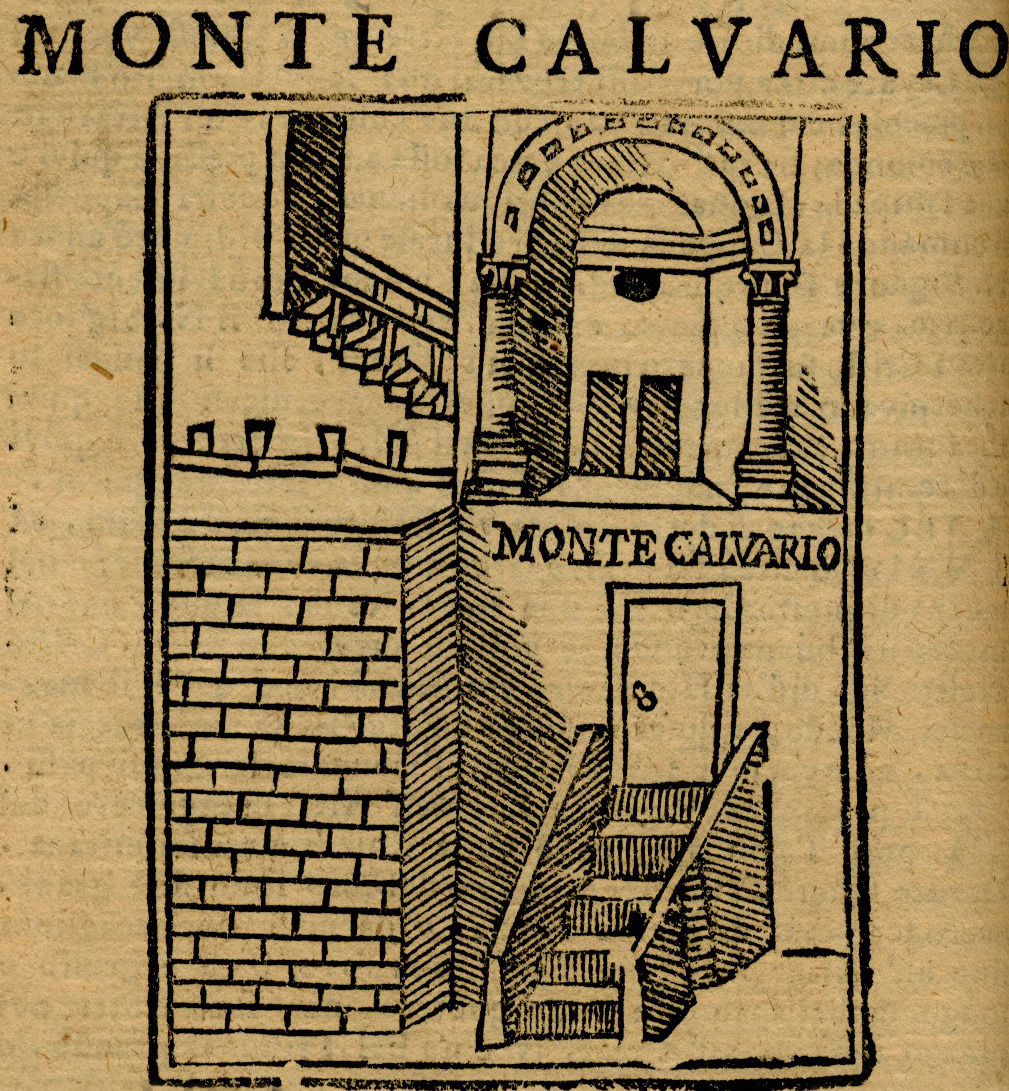
-
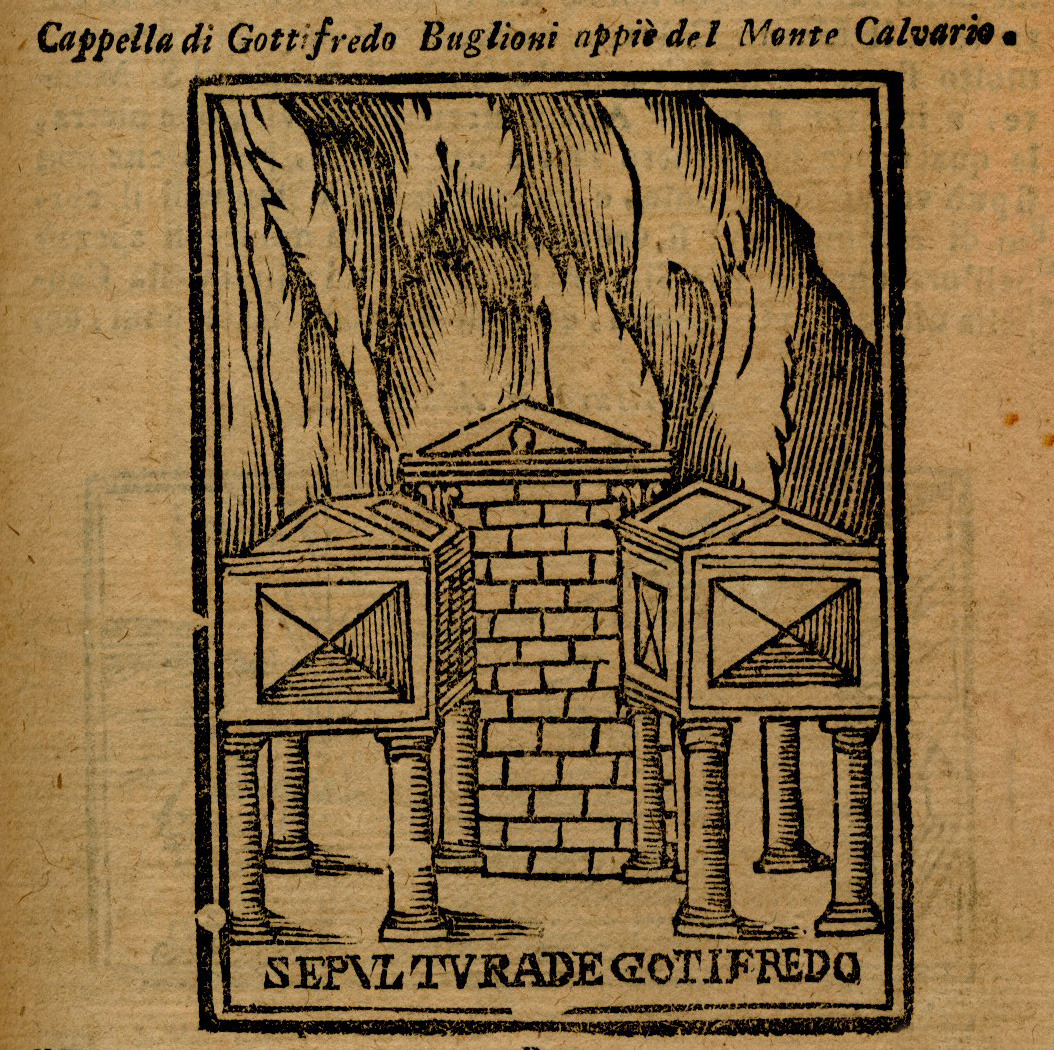
Chapel of the tombs of Godefroy de Bouillon and Baldwin I of Jerusalem.
-
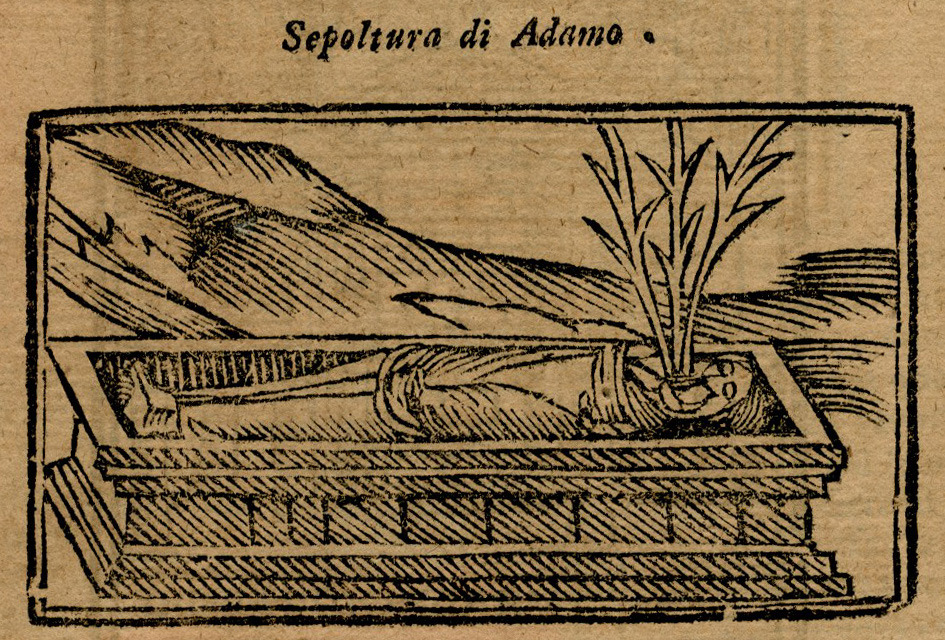
-
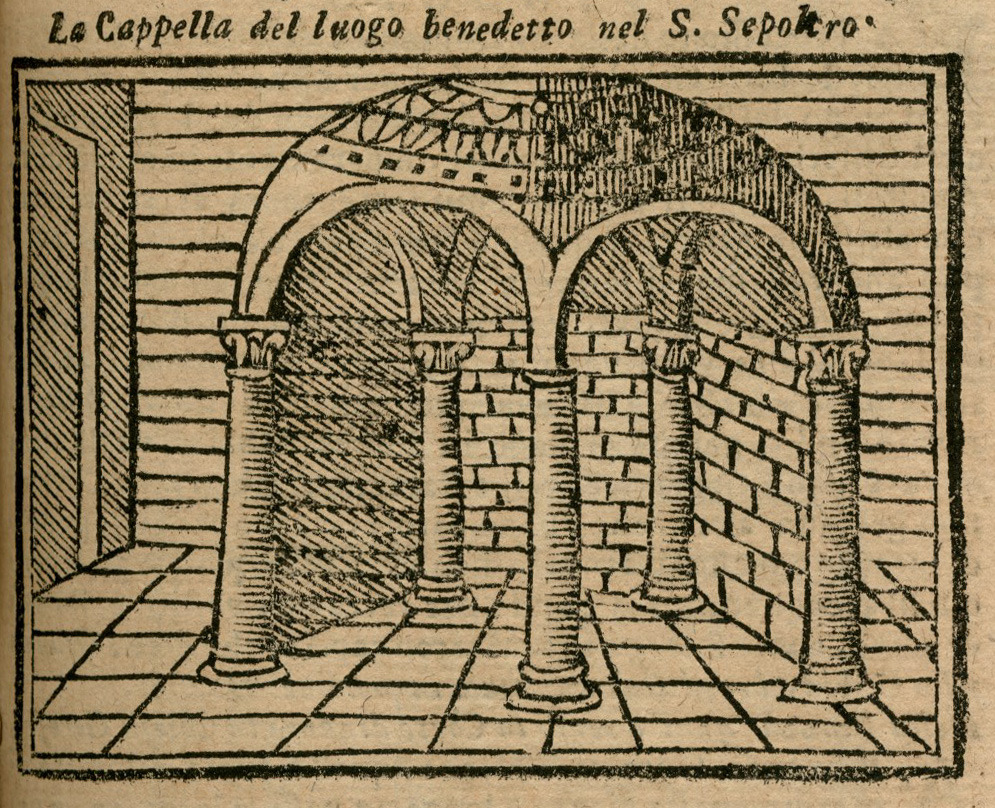
Chapel of the Resurrection where the Holy Fire miracle takes place.
-
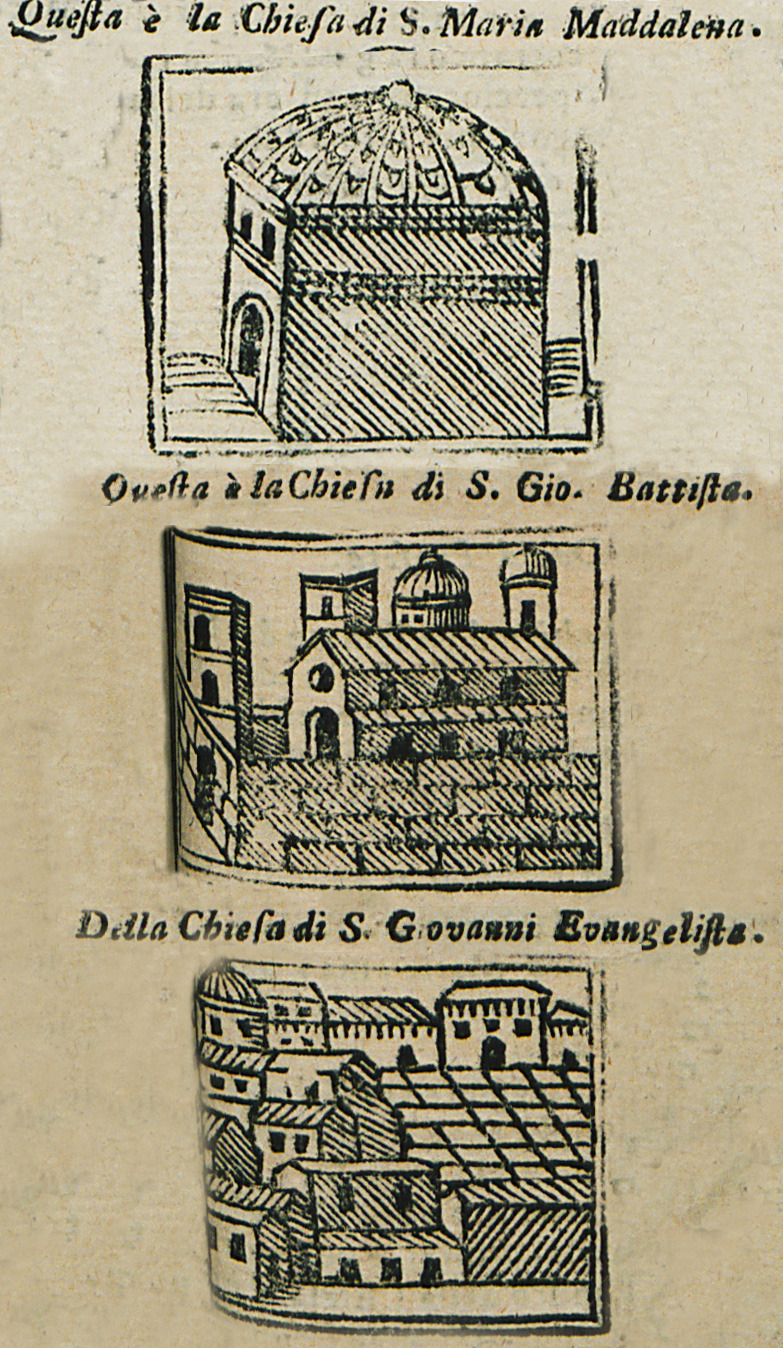
-
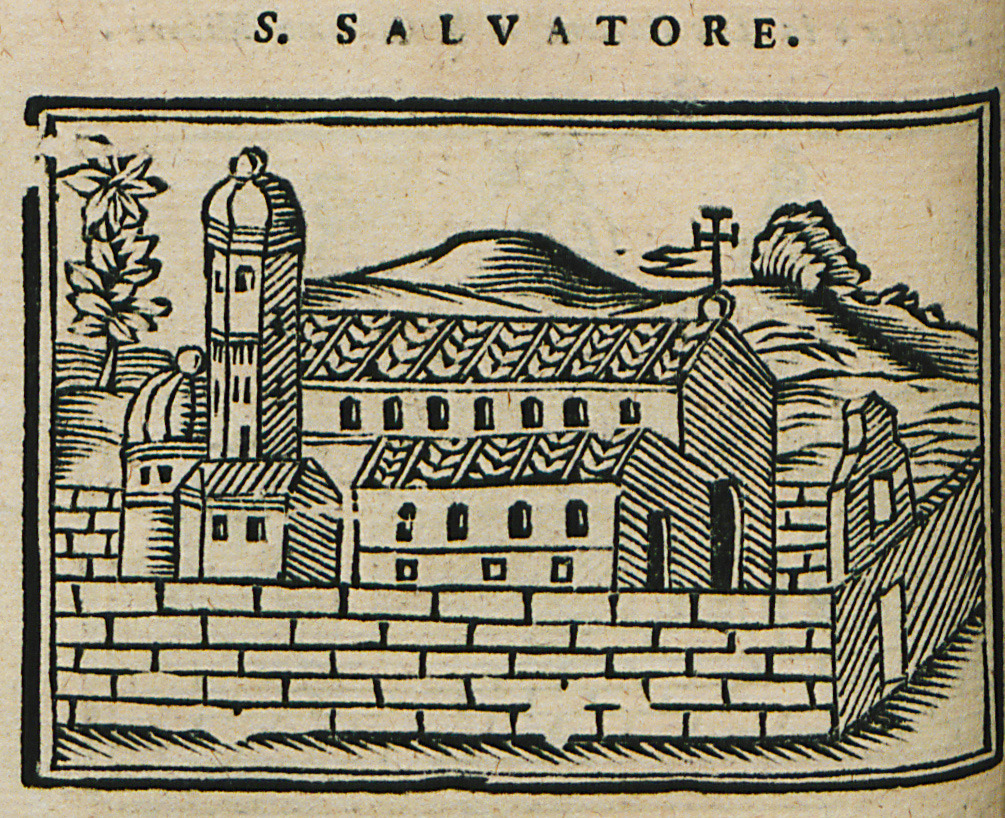
-
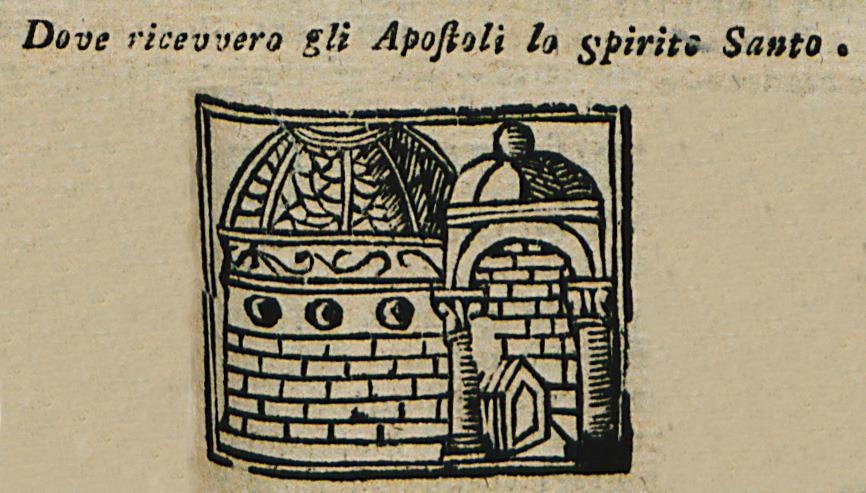
-

-
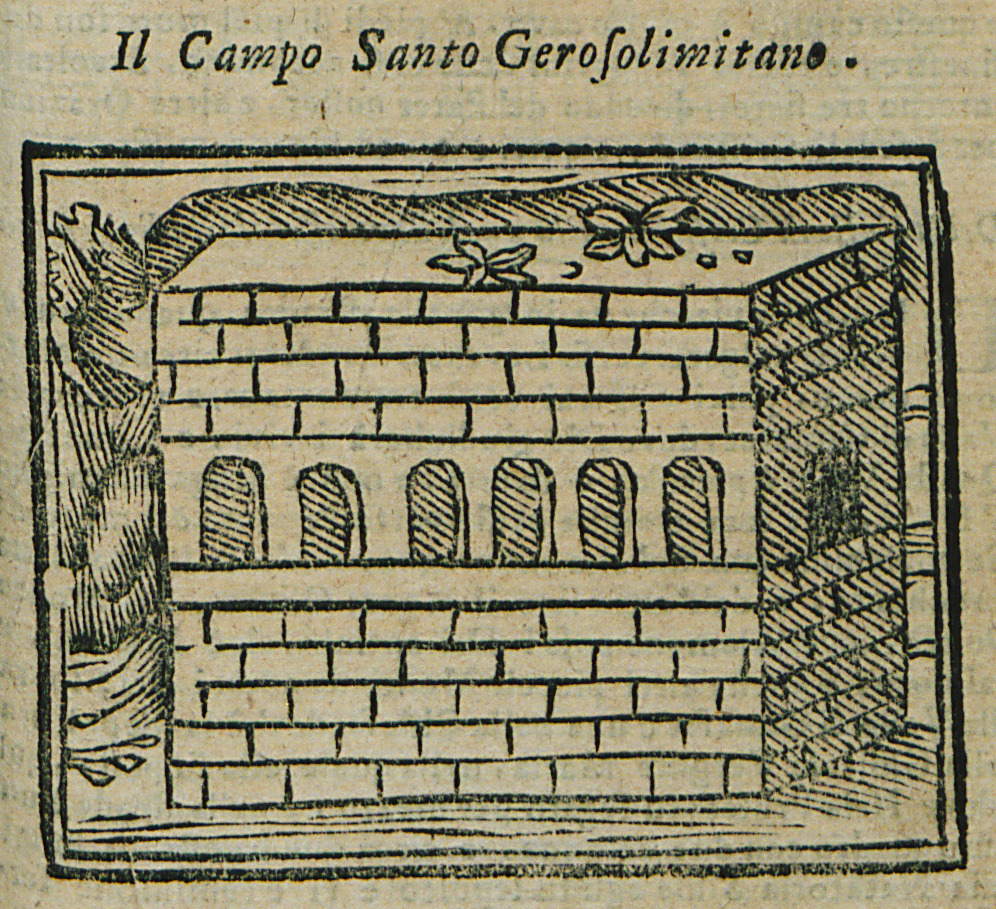
-
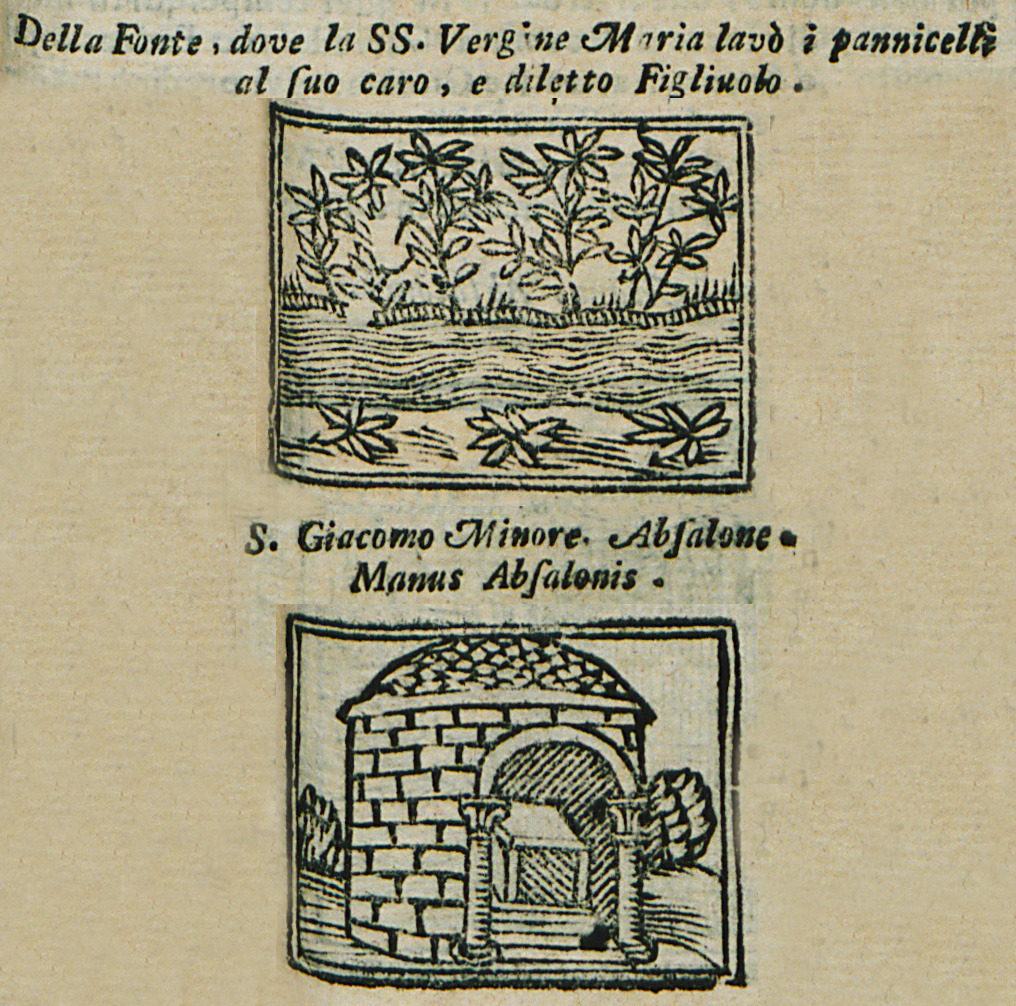
The fountain in which Virgin Mary washed infant Jesus' baby clothes.
-
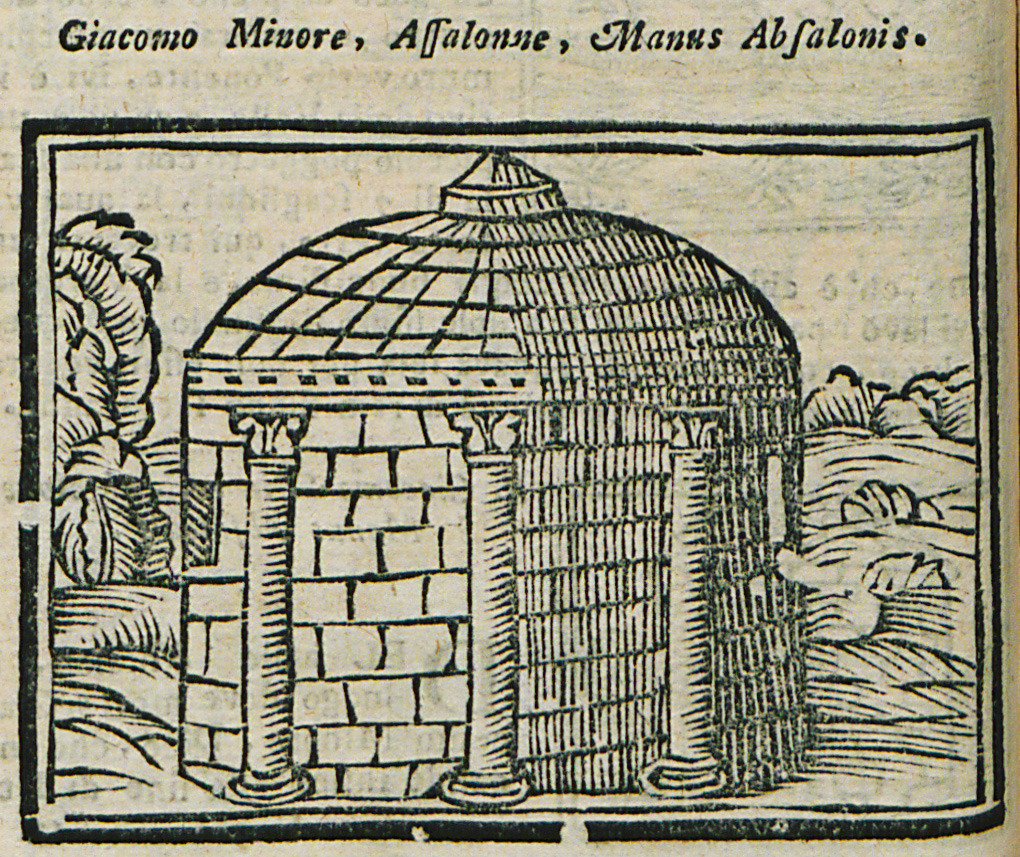
-
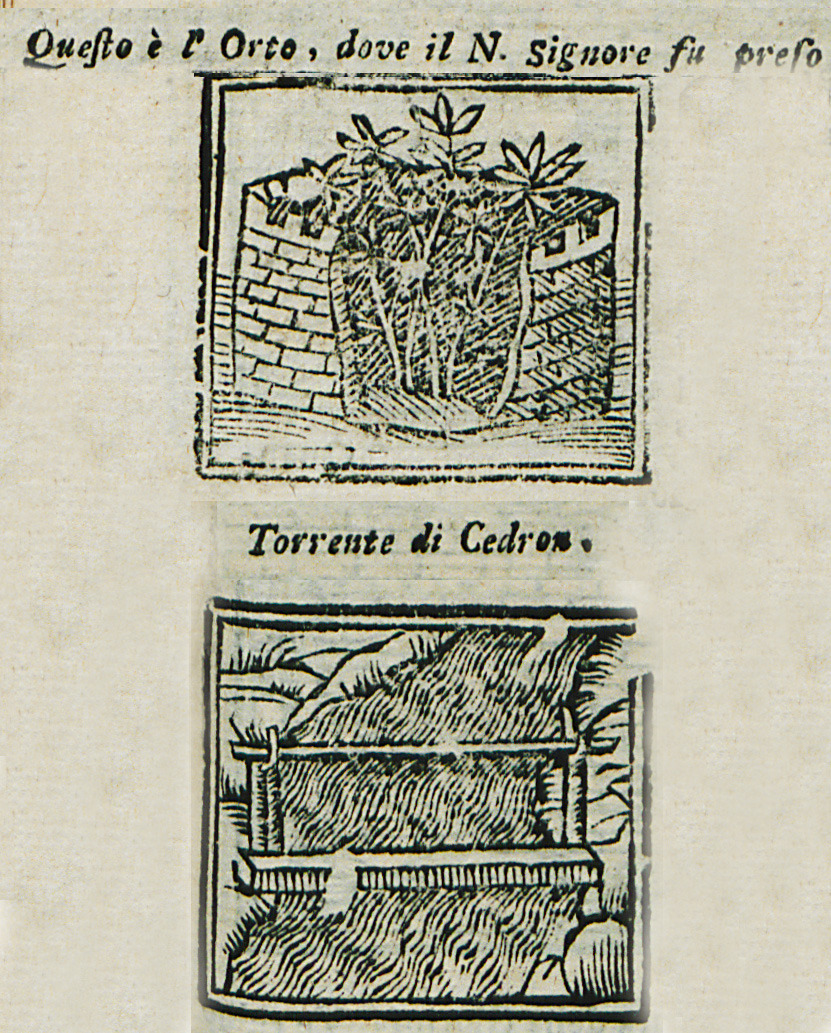
The site where Jesus was arrested by the Romans. Kidron Brook in Jerusalem.
-
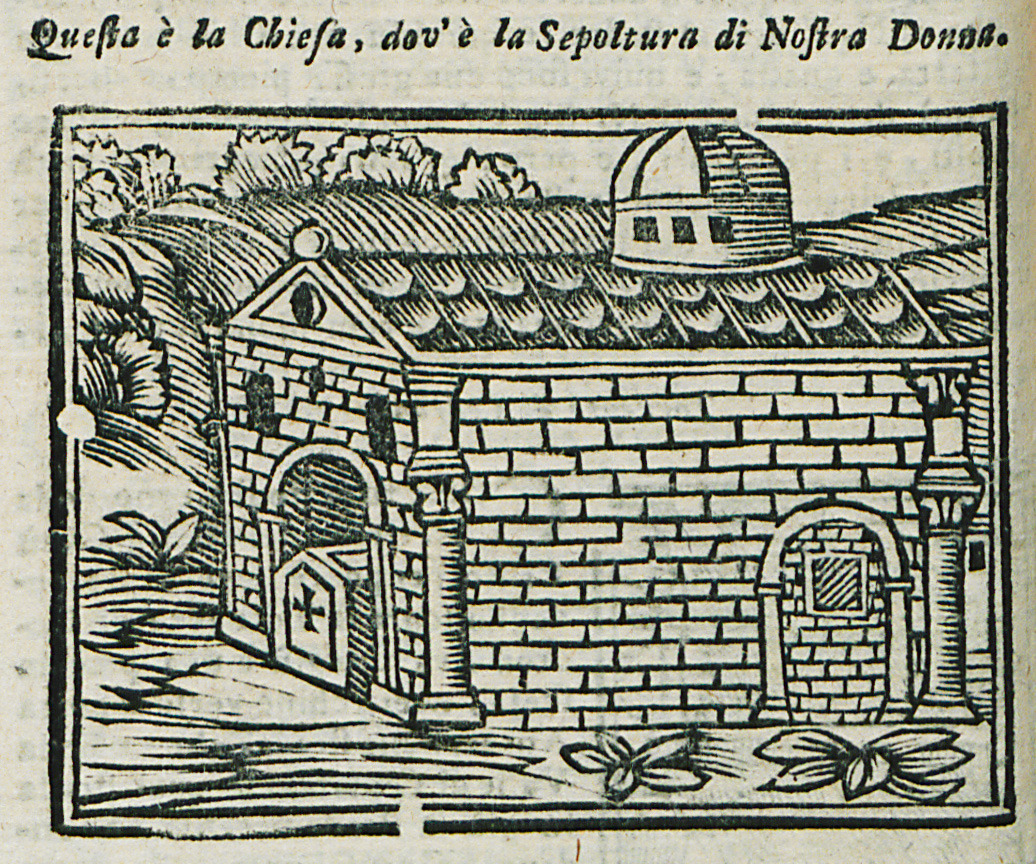
-
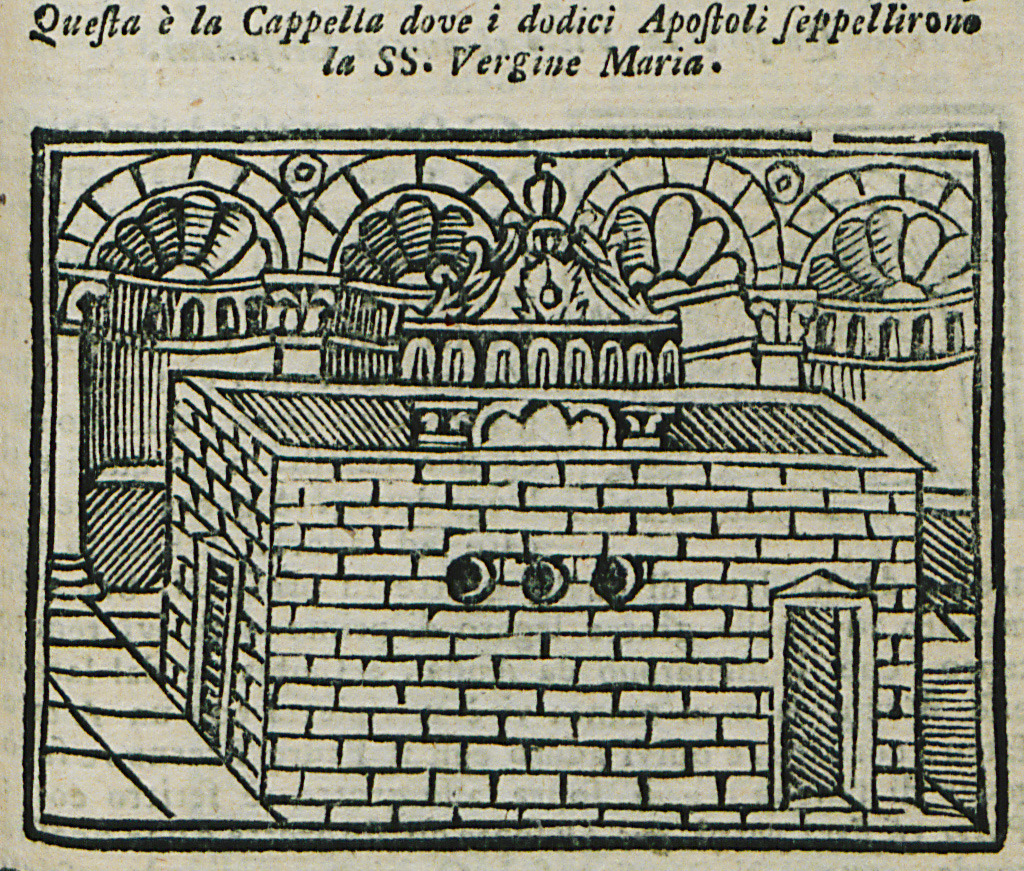
-
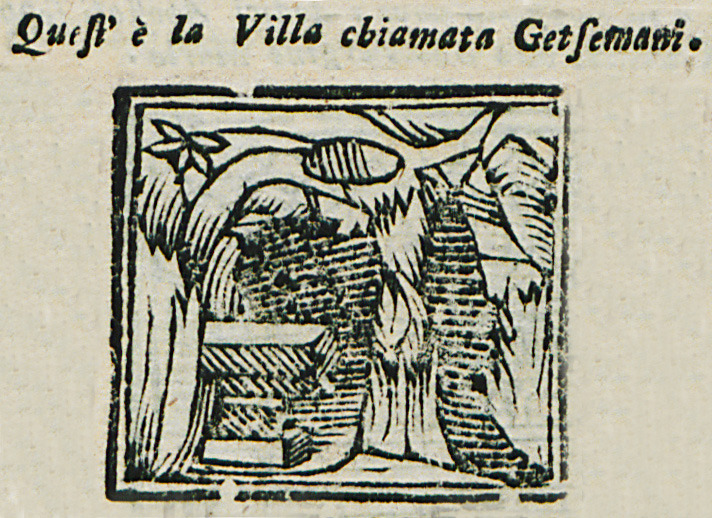
-
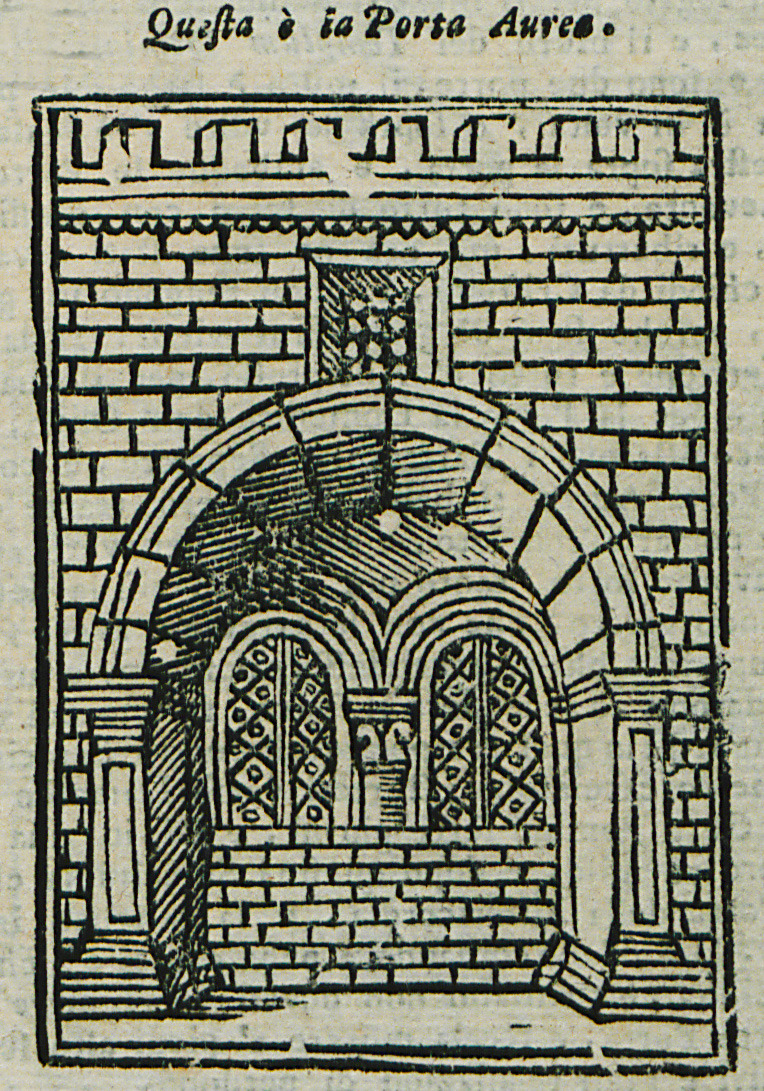
-
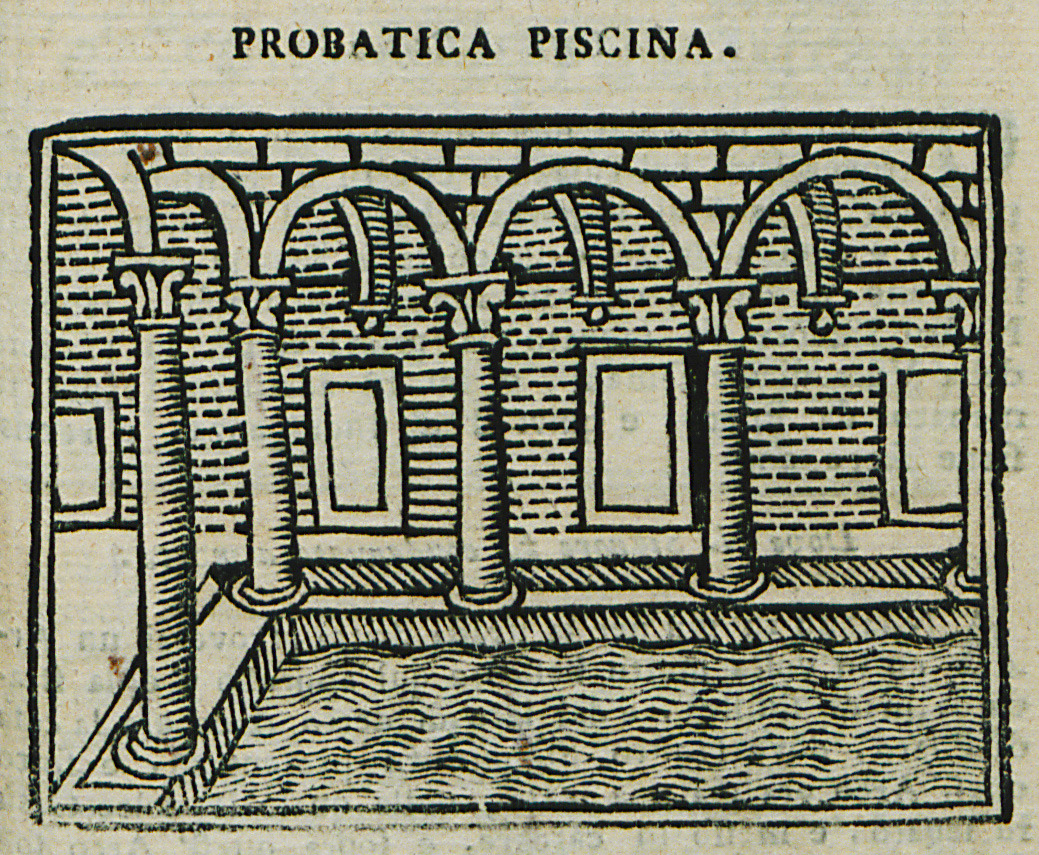
-
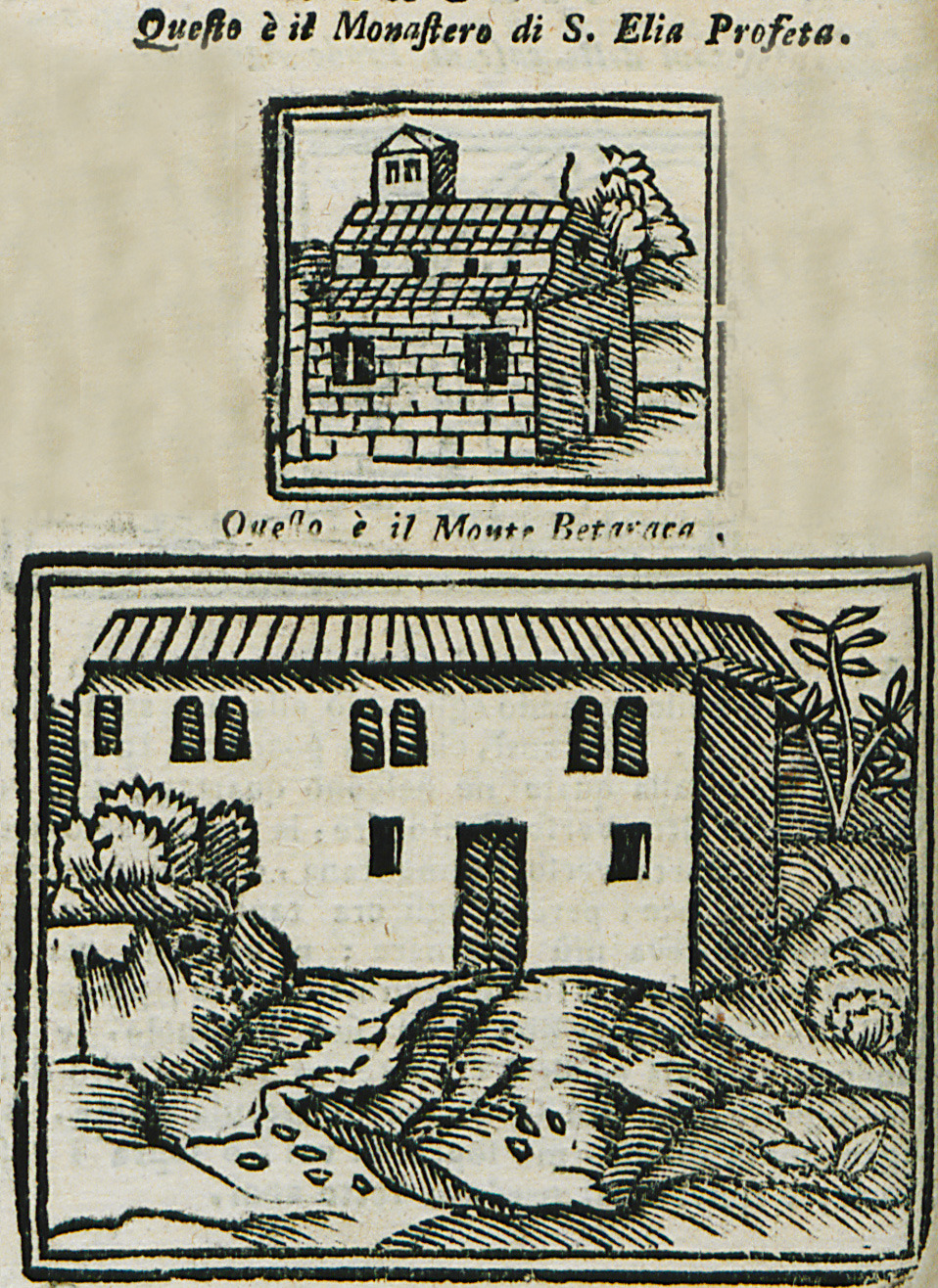
-
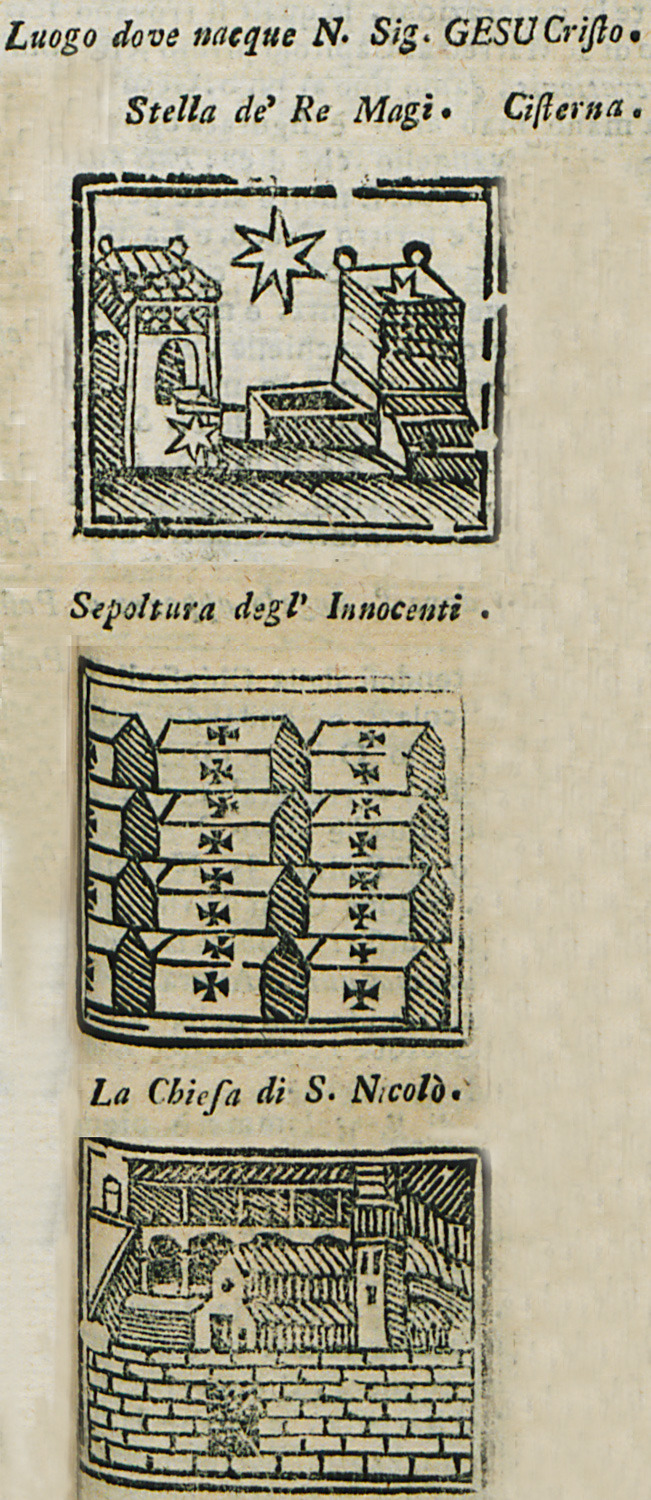
-
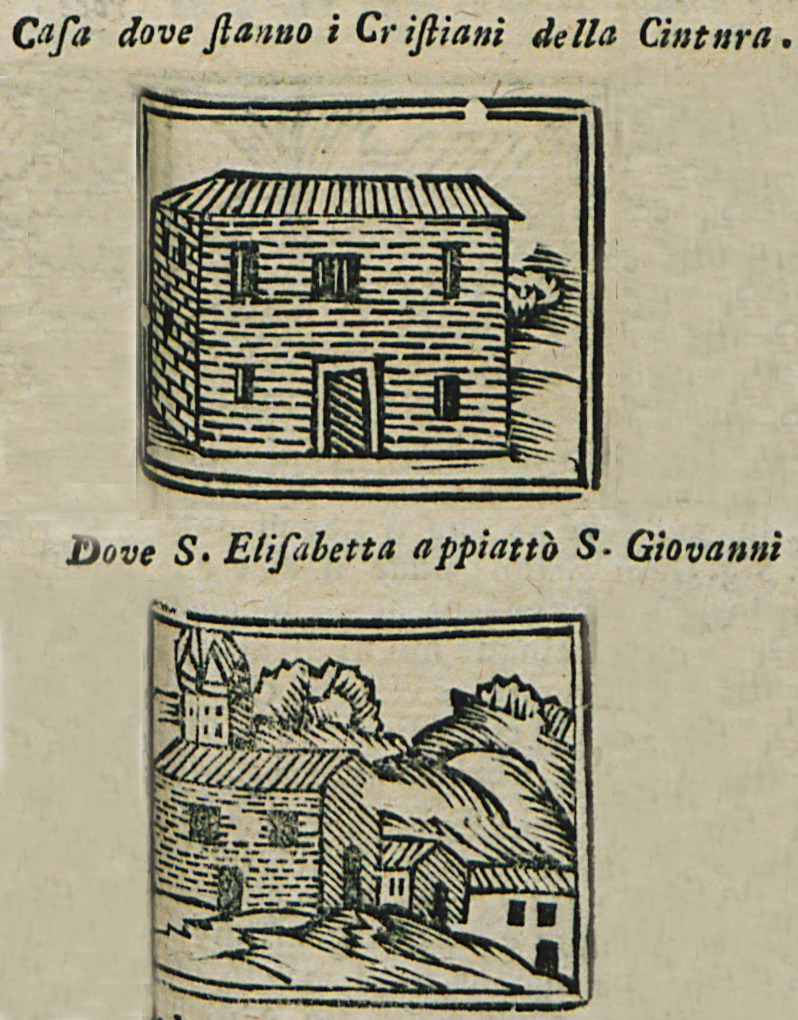
-
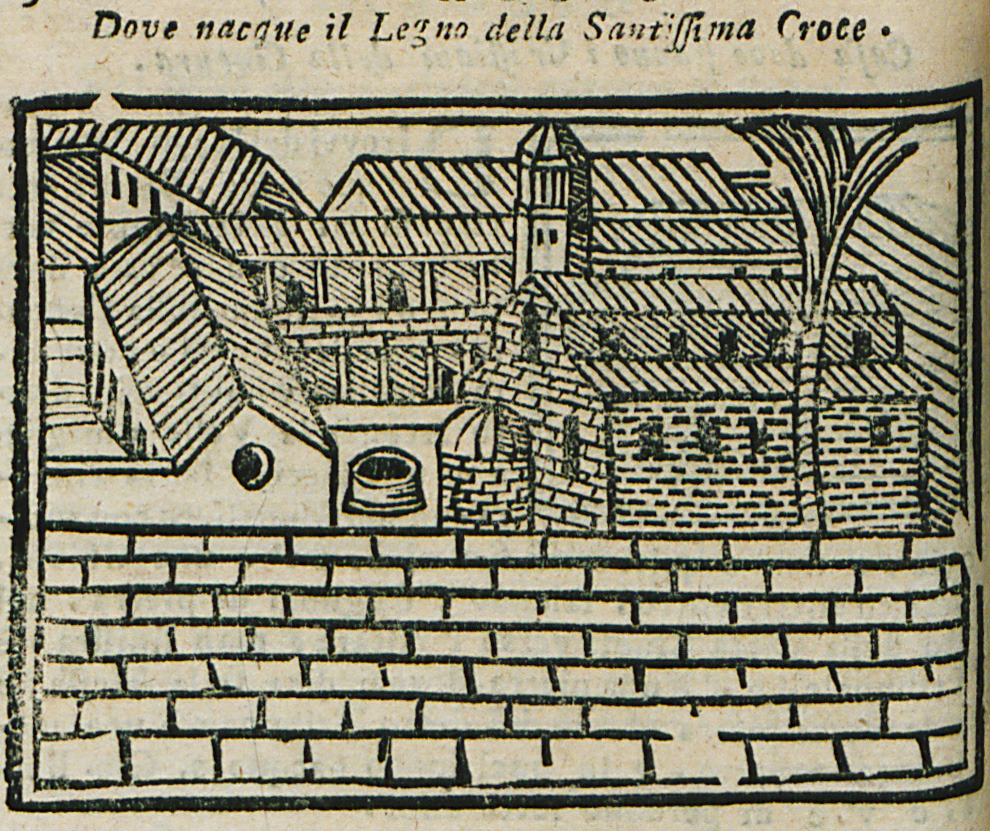
-
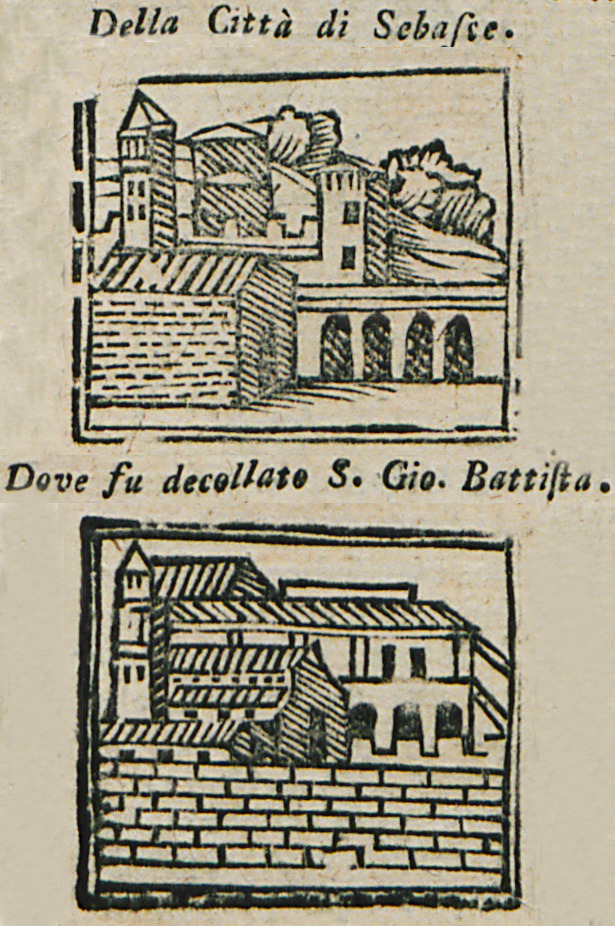
-
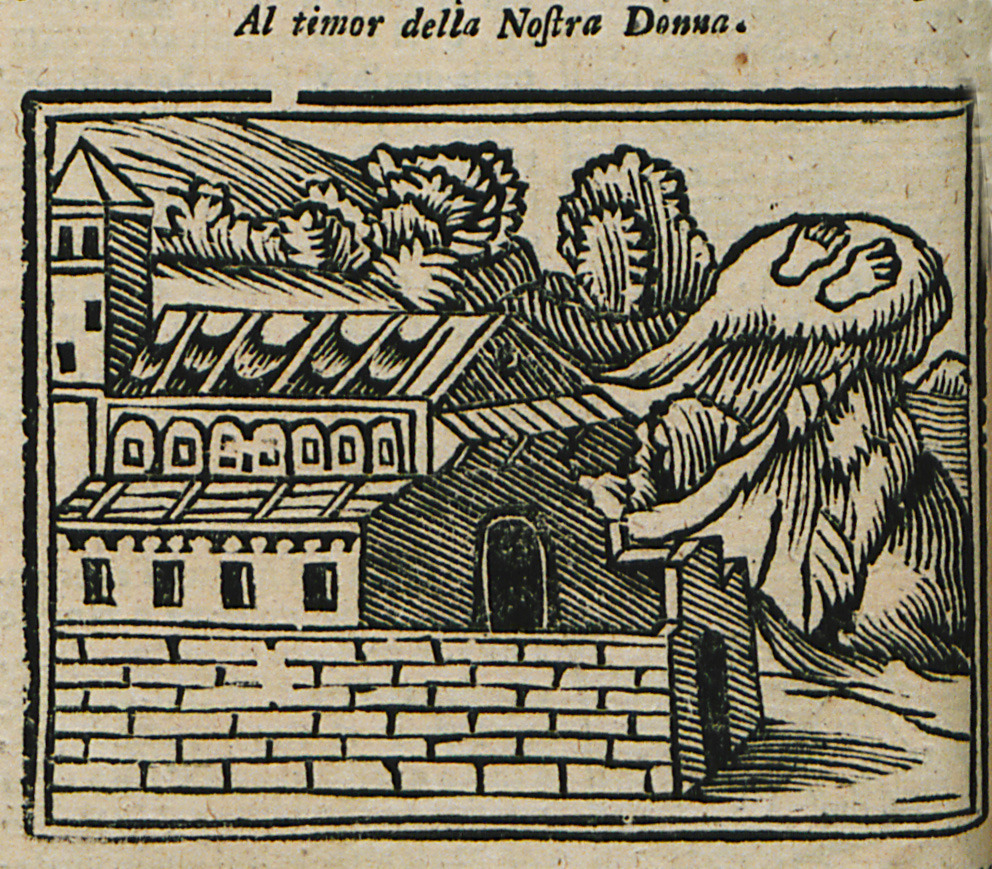
-
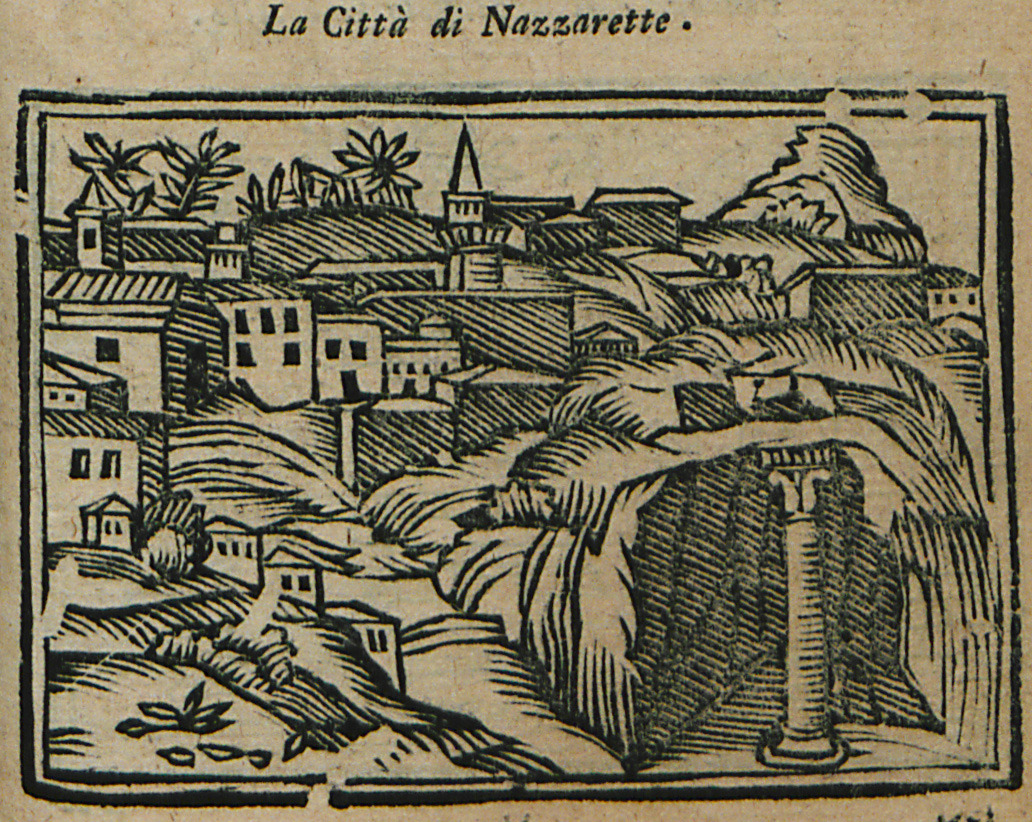
-
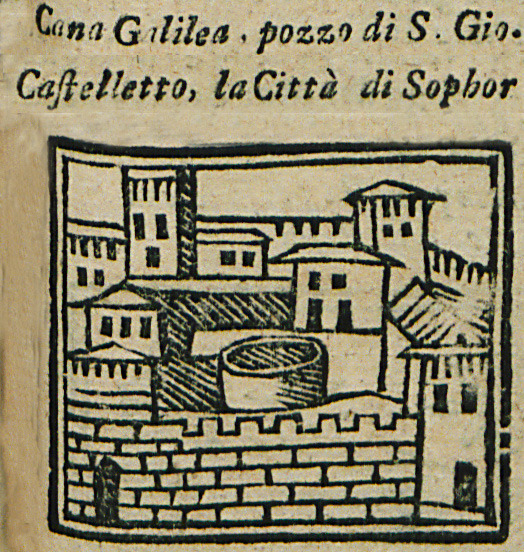
-
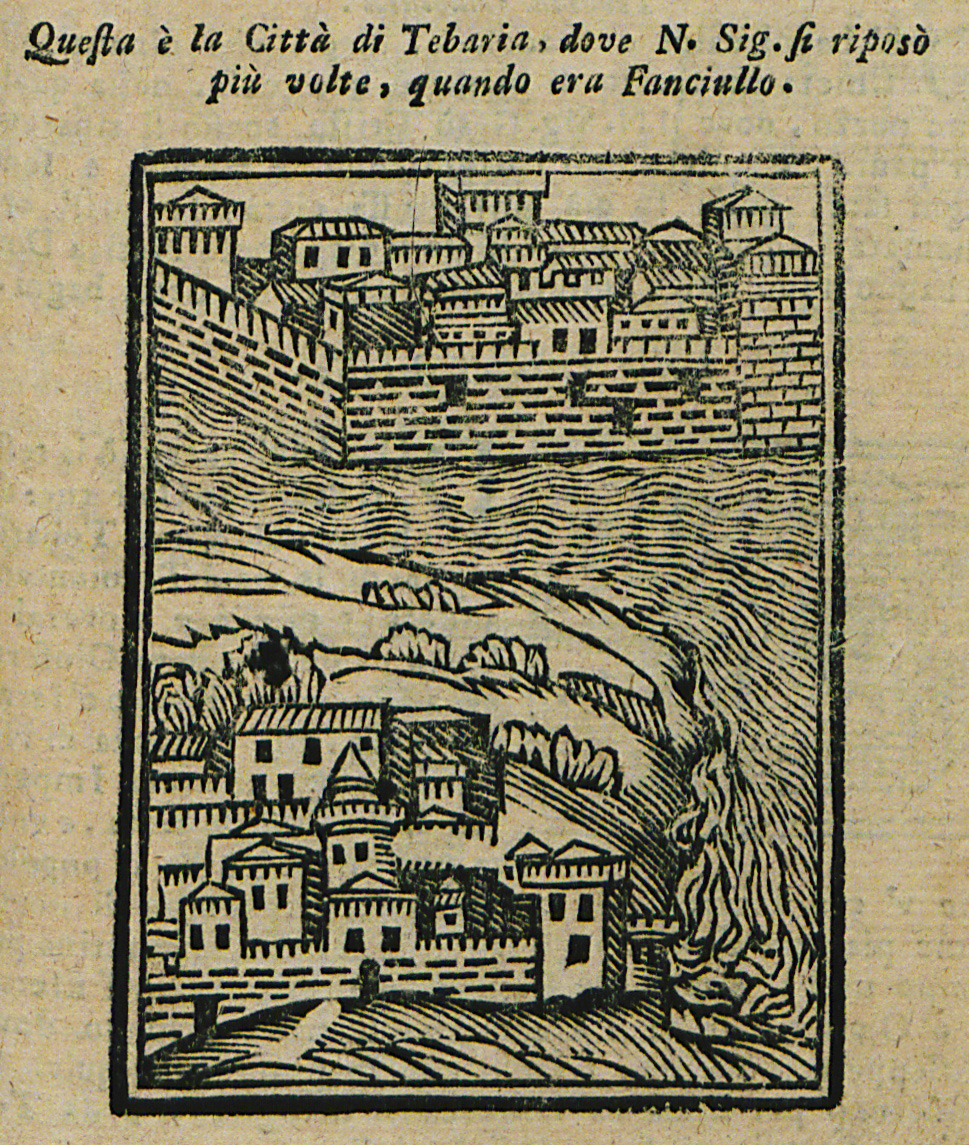
-
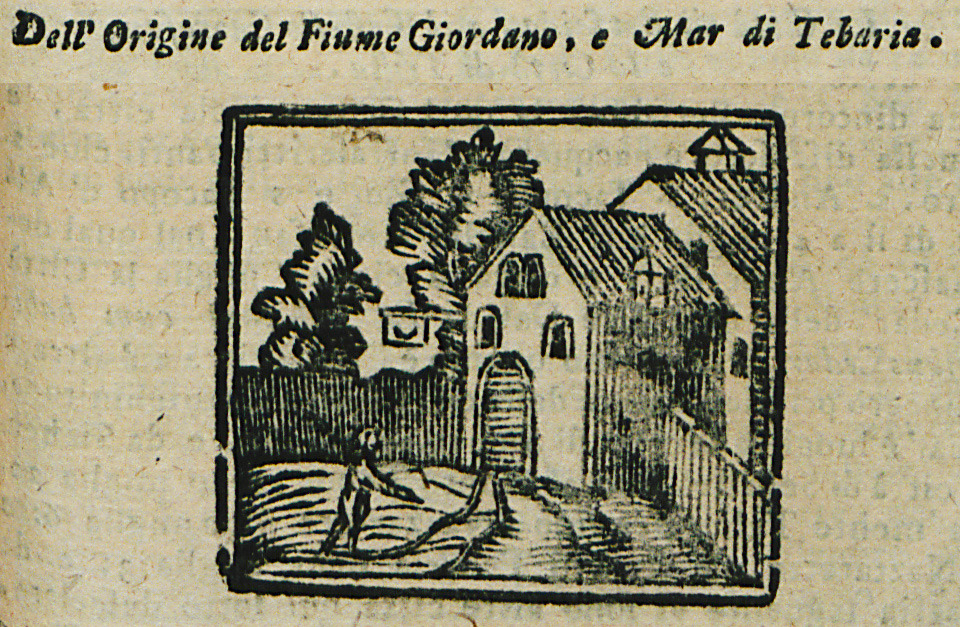
View of the outfall of river Jordan into the Sea of Galilee.
-
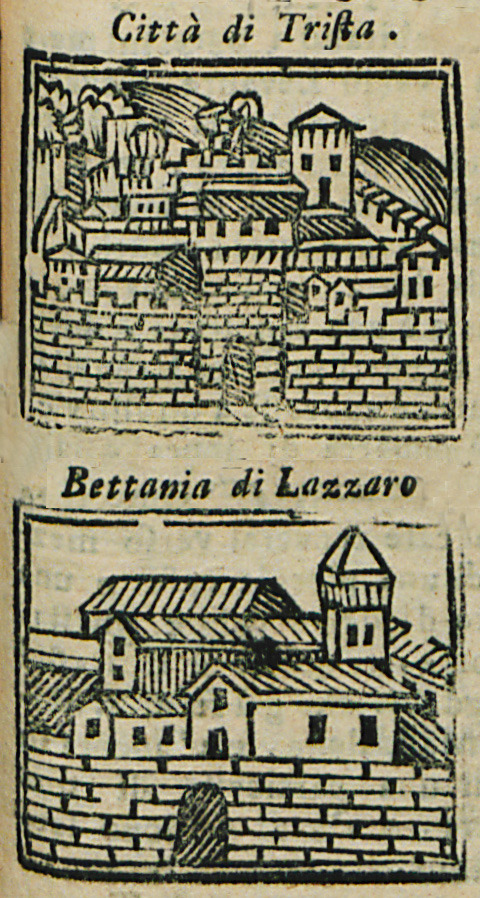
-
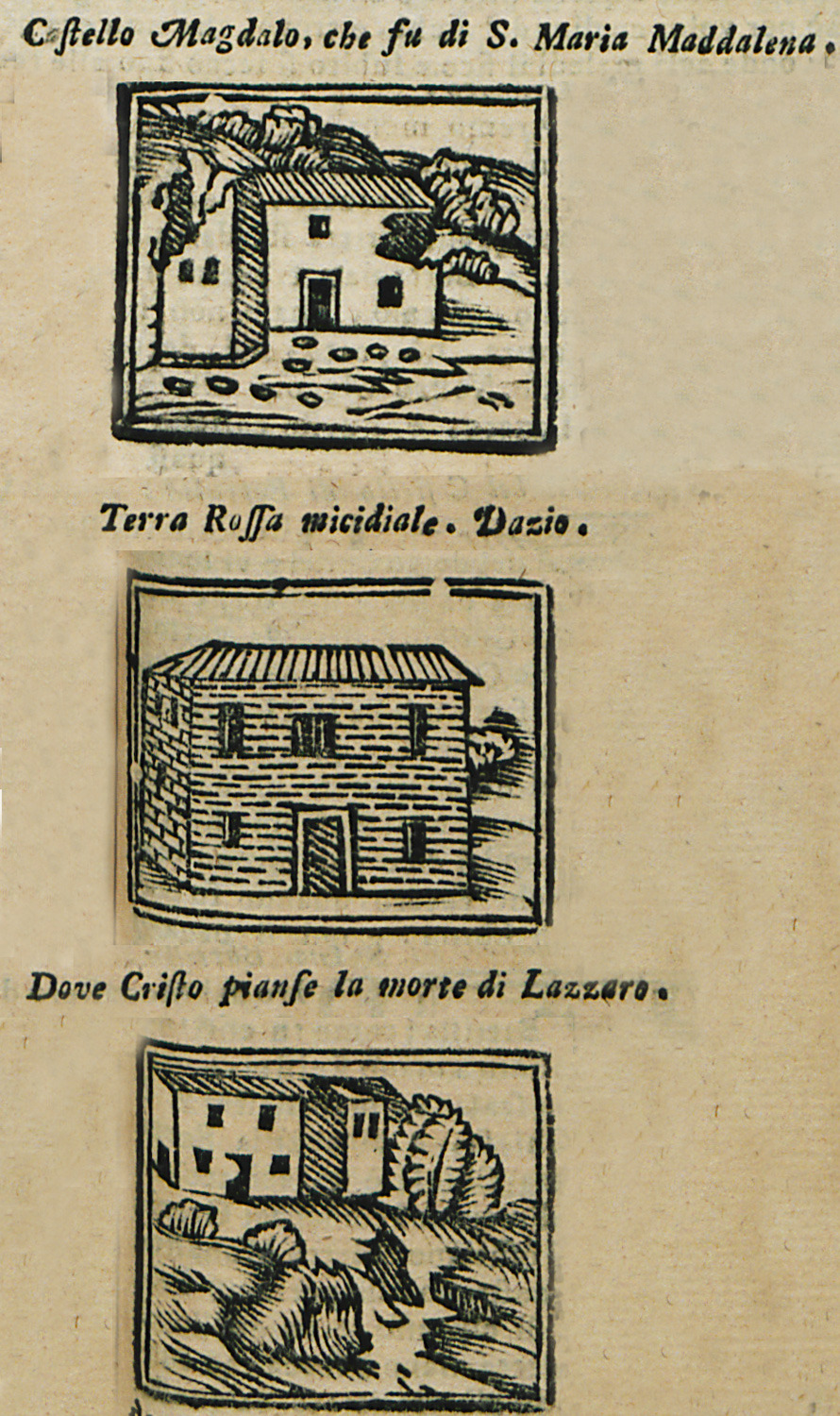
-
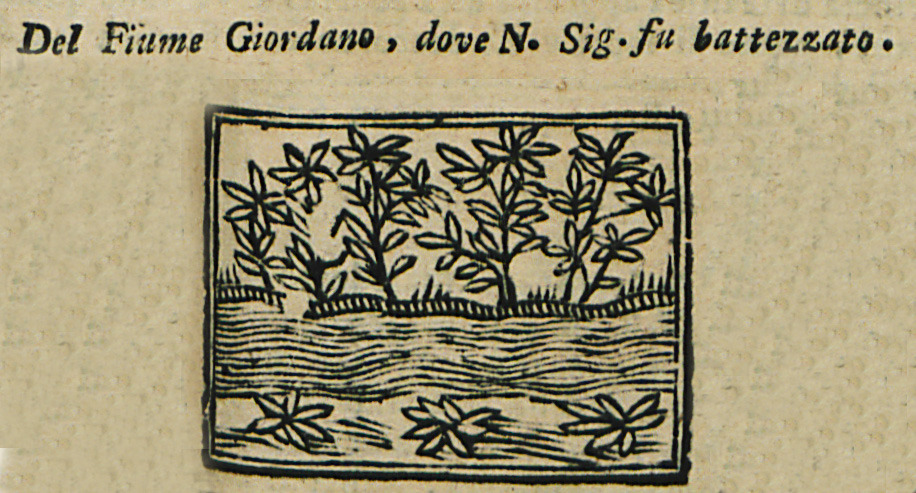
View of river Jordan at the place where Saint John the Baptist baptized Jesus.
-
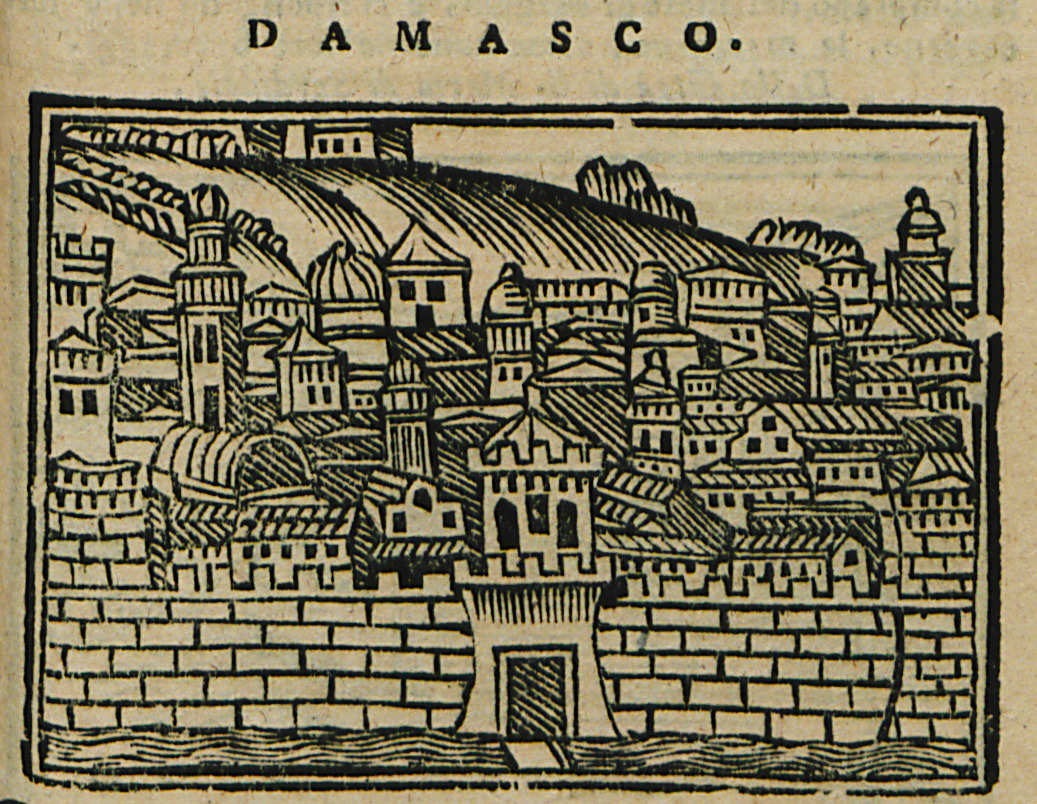
-
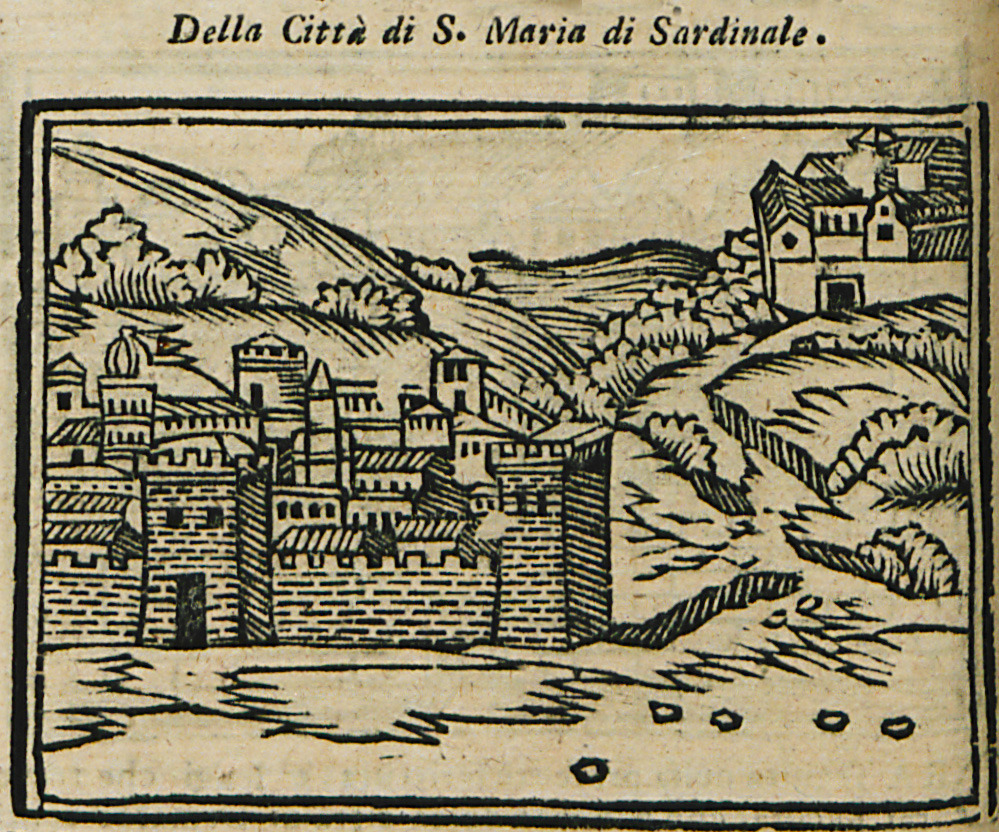
-
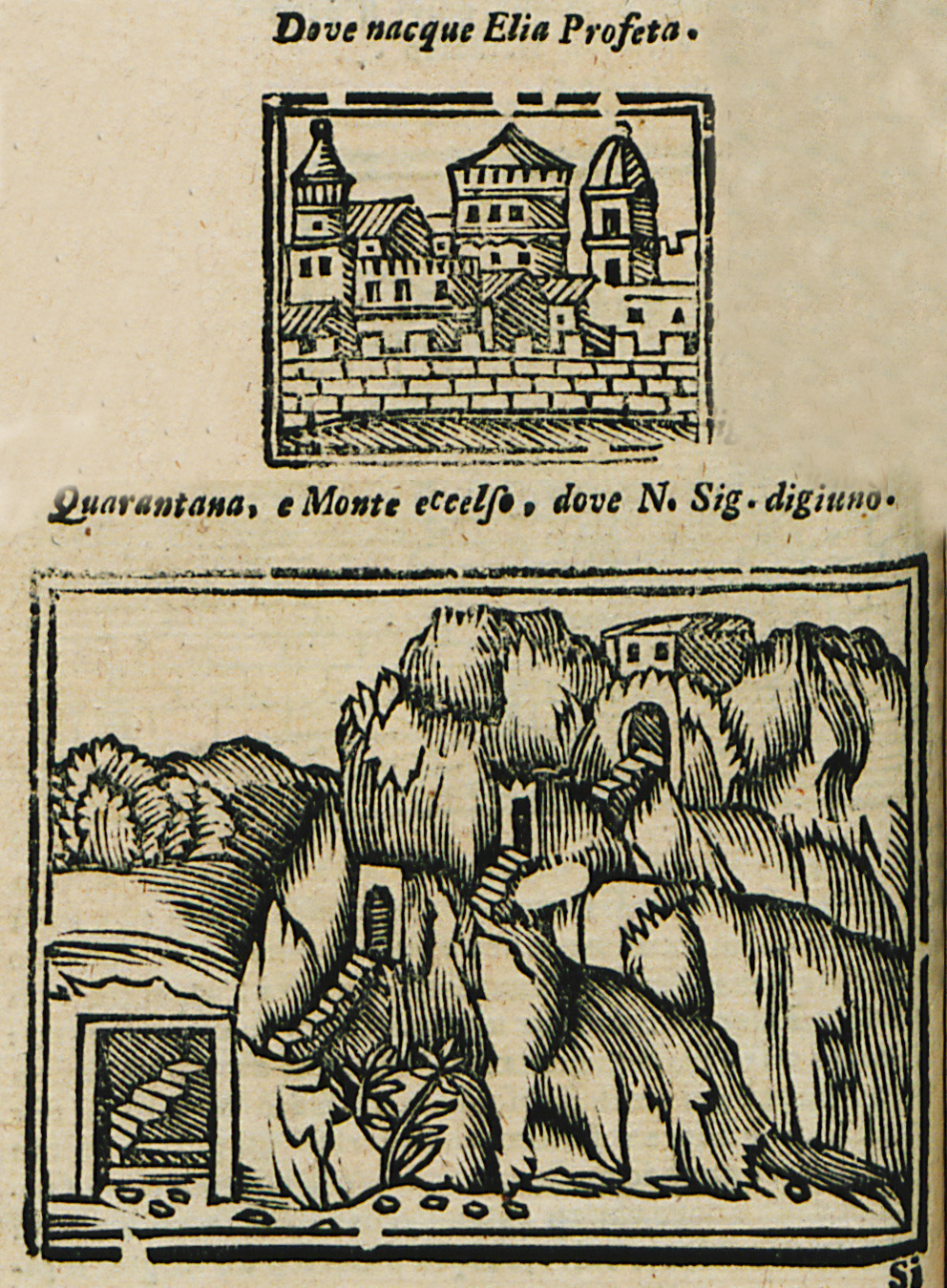
-
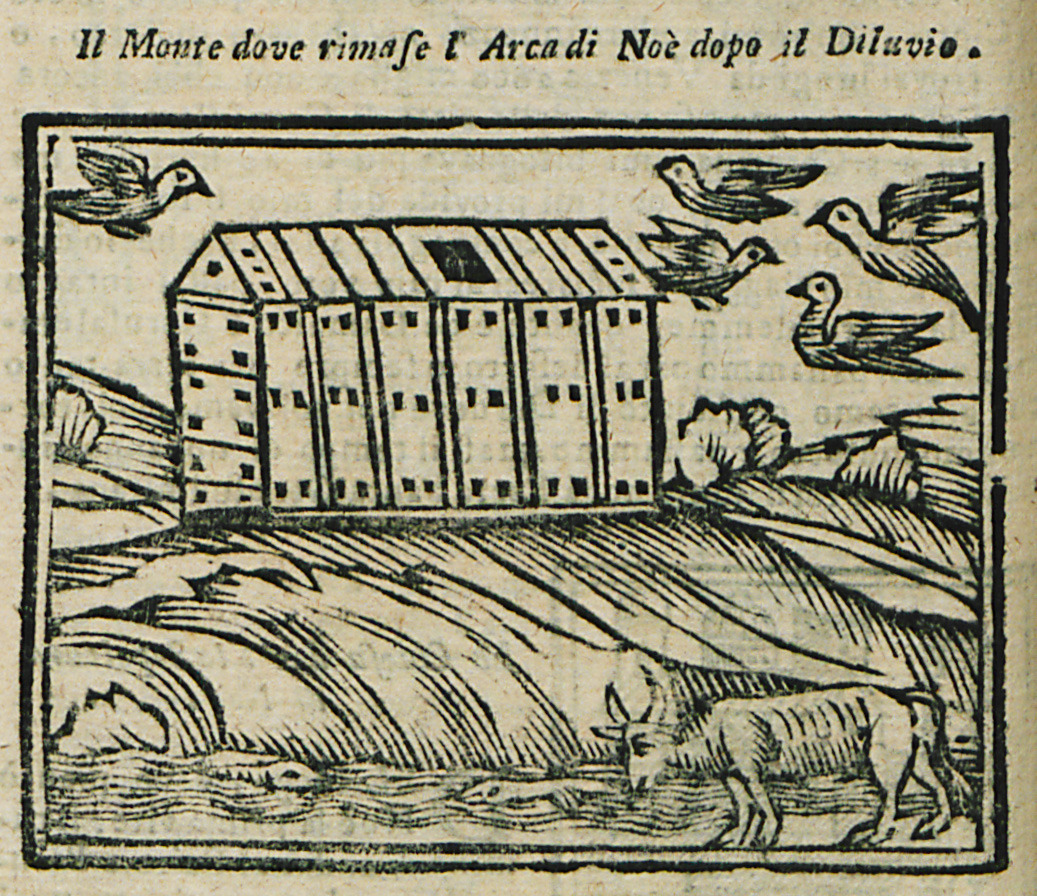
-
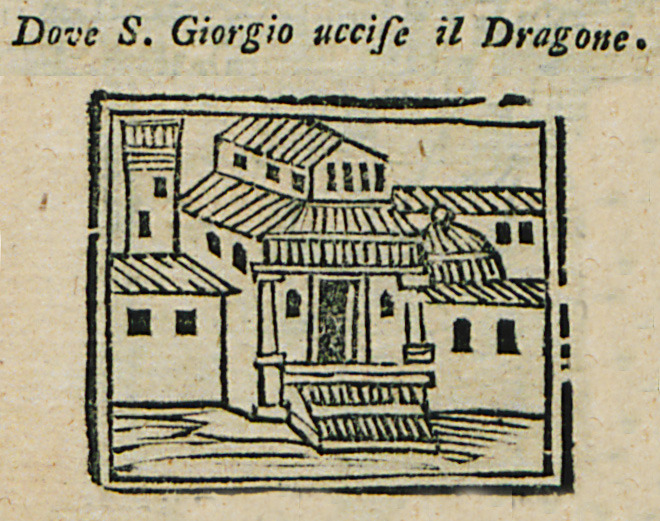
Church on the outskirts of Beirut, where according to tradition Saint George killed the dragon.
-
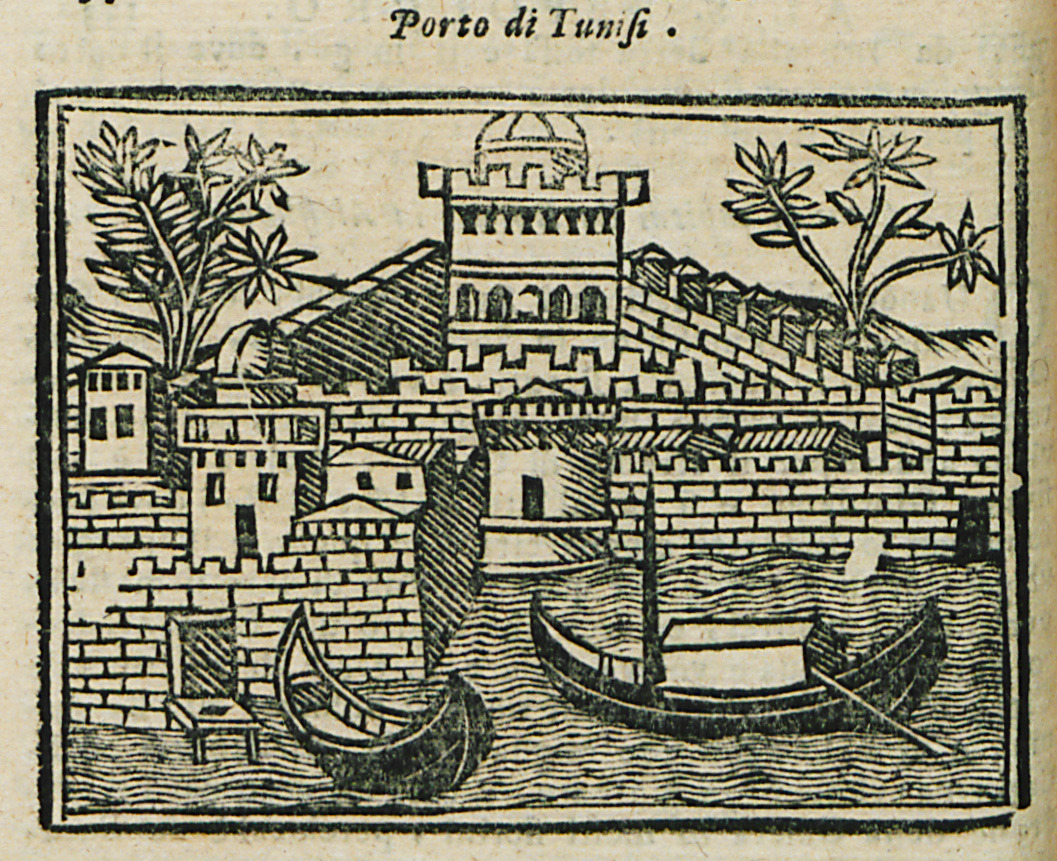
-
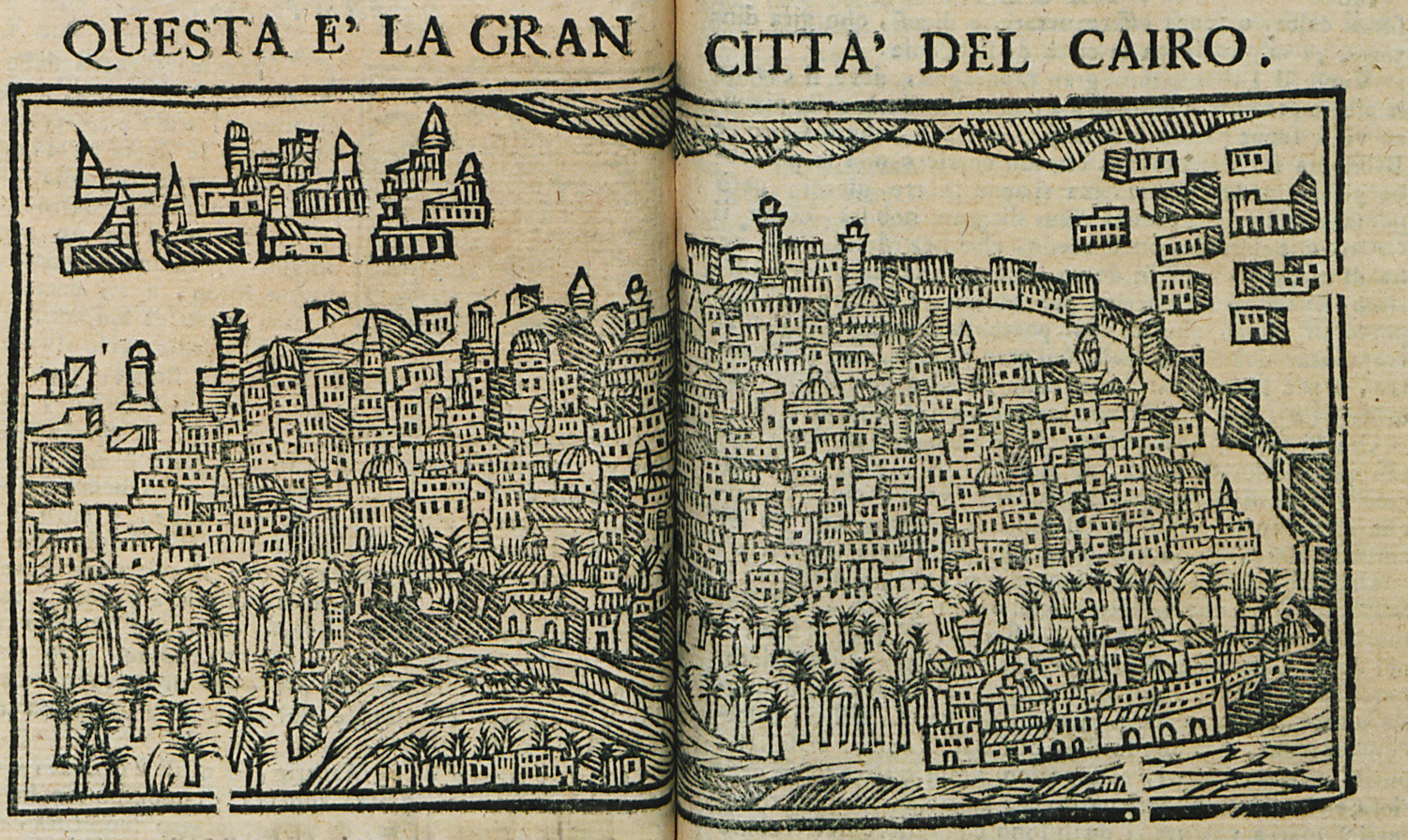
-
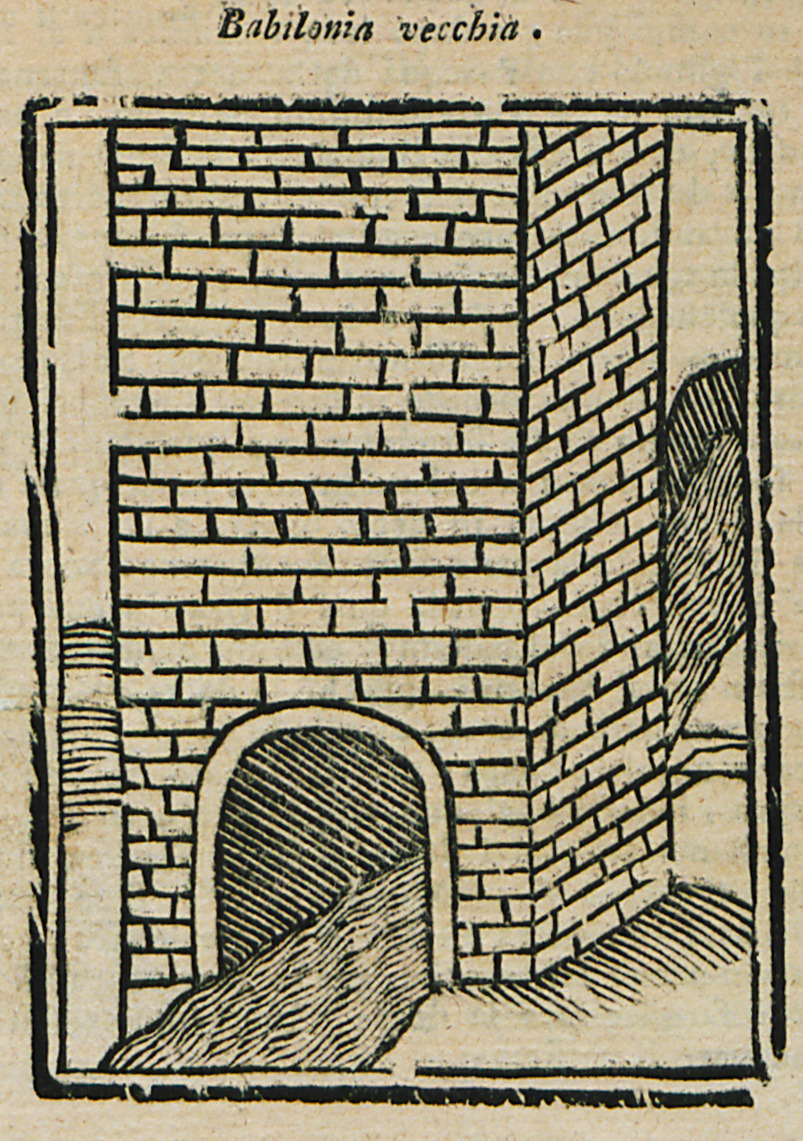
Tower of Babel in Babylon, Mesopotamia (imaginary depiction).
-
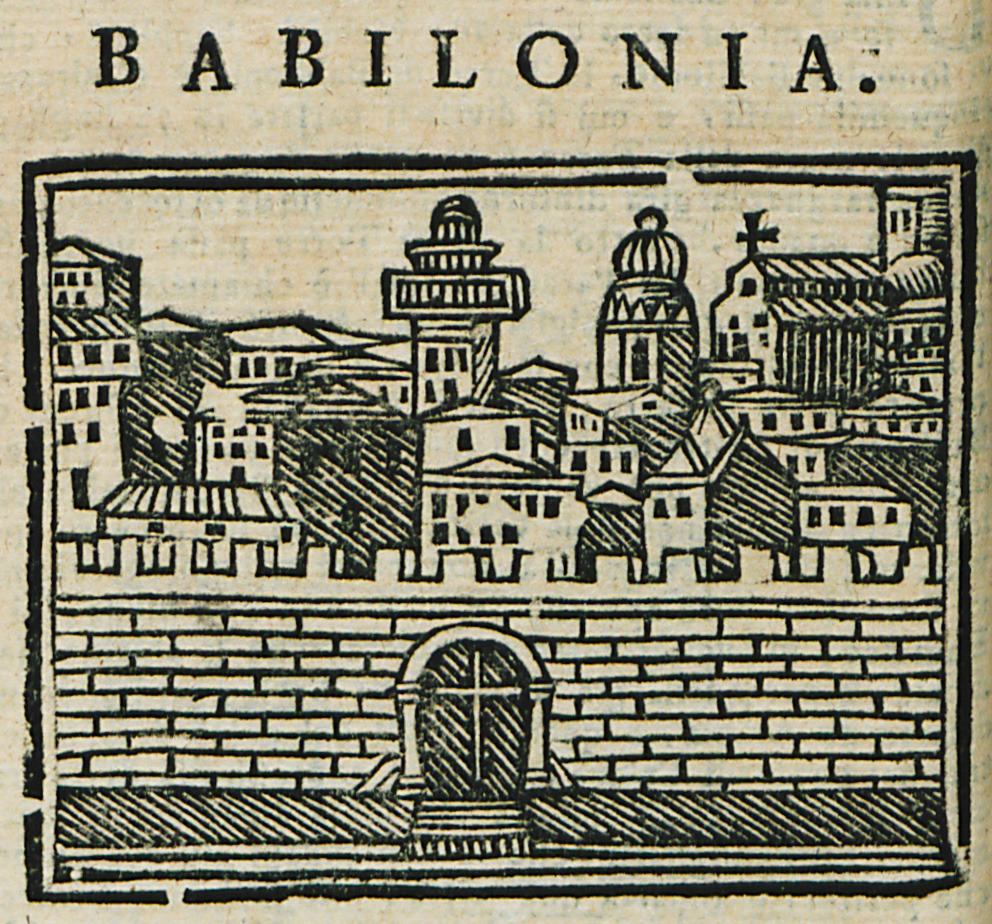
View of the fortress of Babylon in Cairo (modern-day Coptic quarter).
-
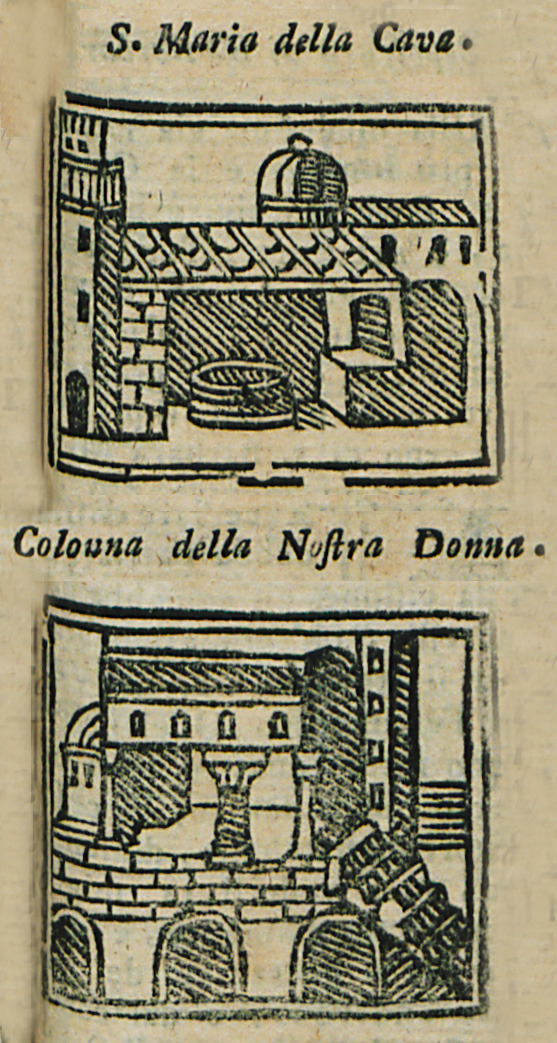
-
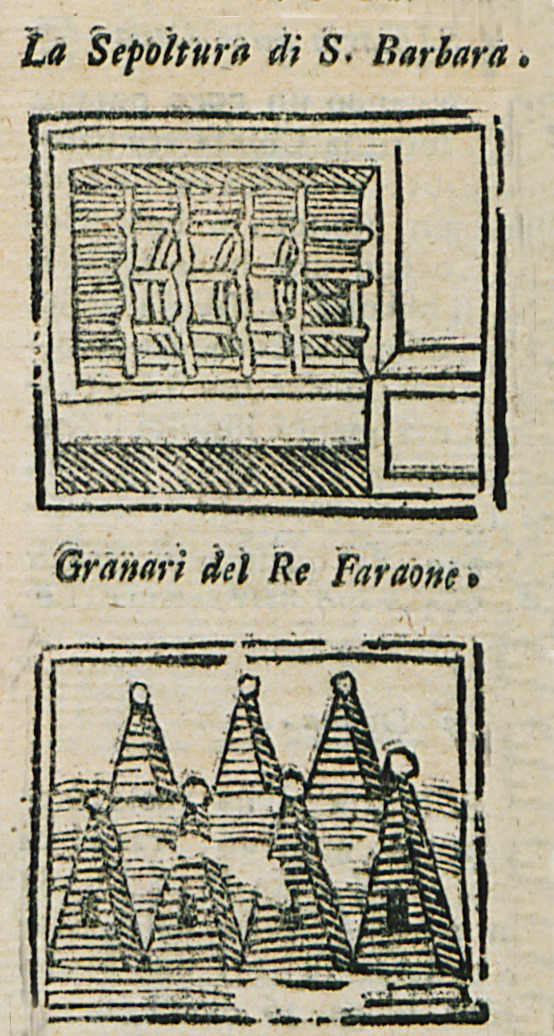
-
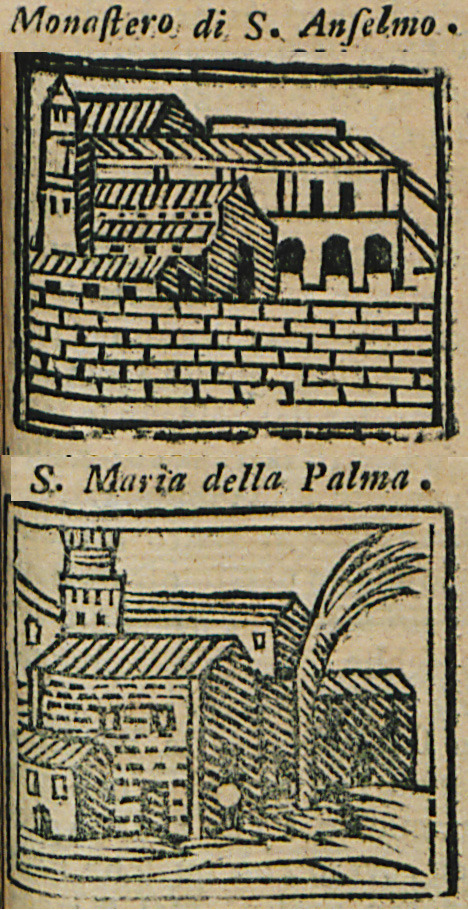
-
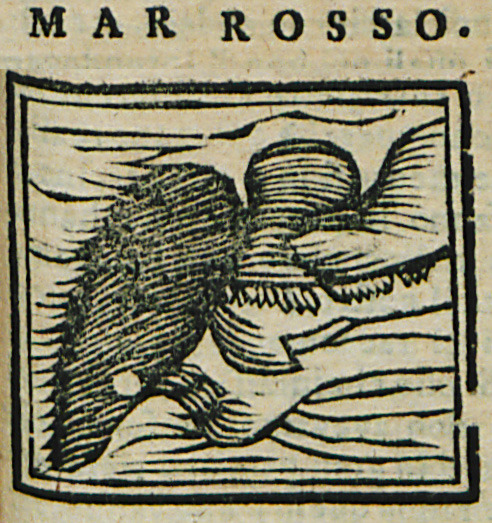
-
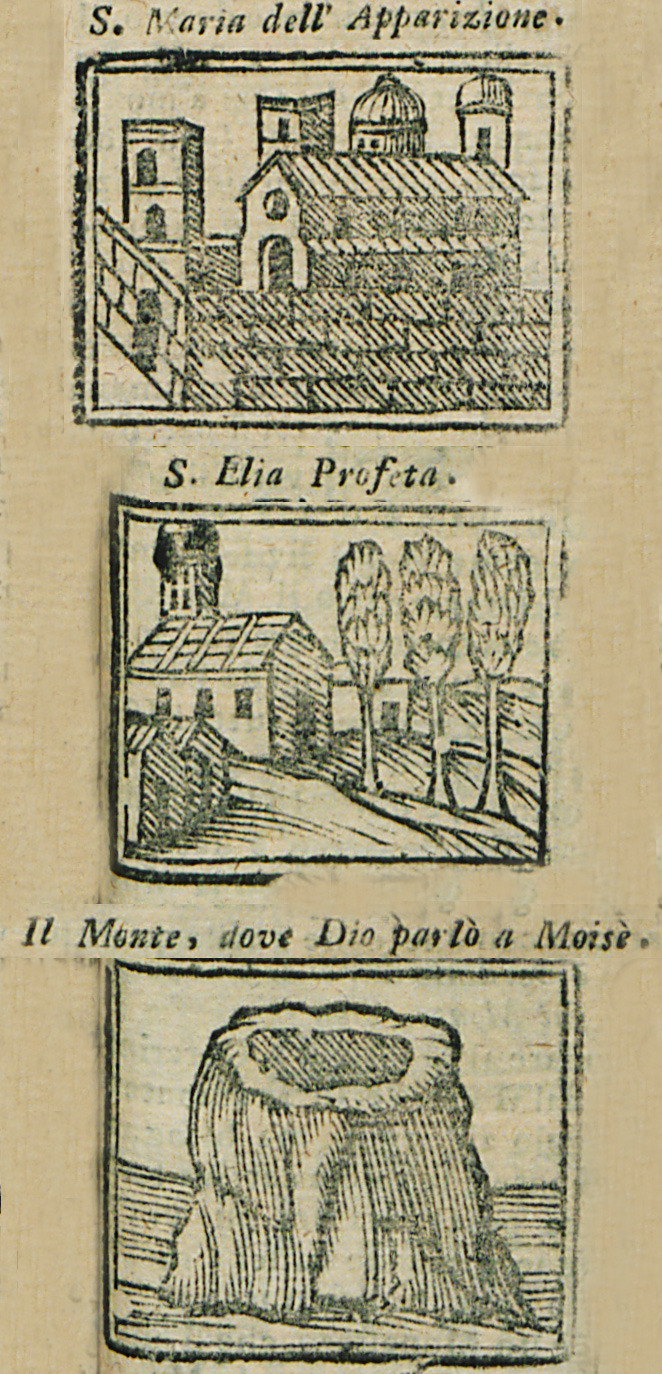
-
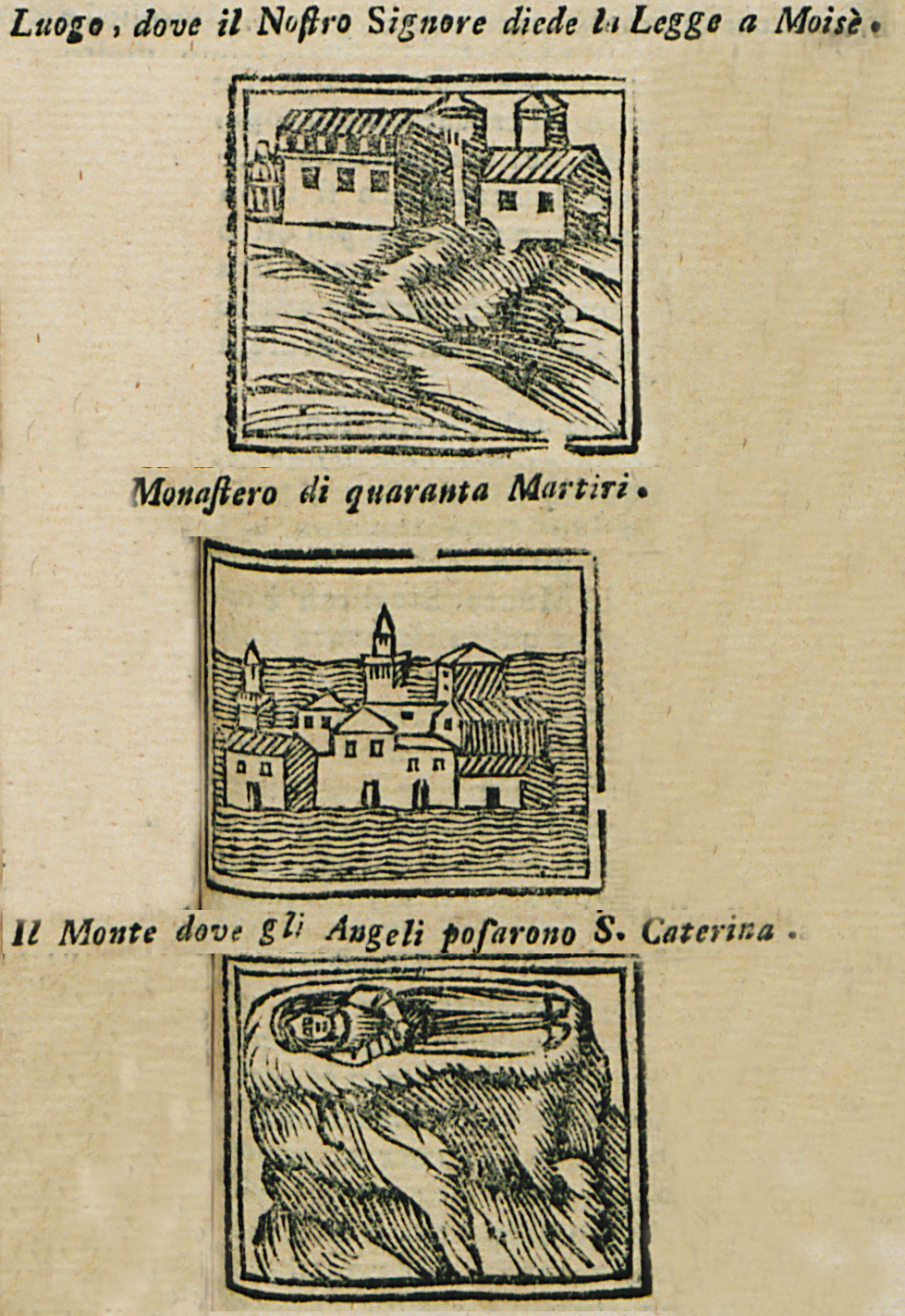
-
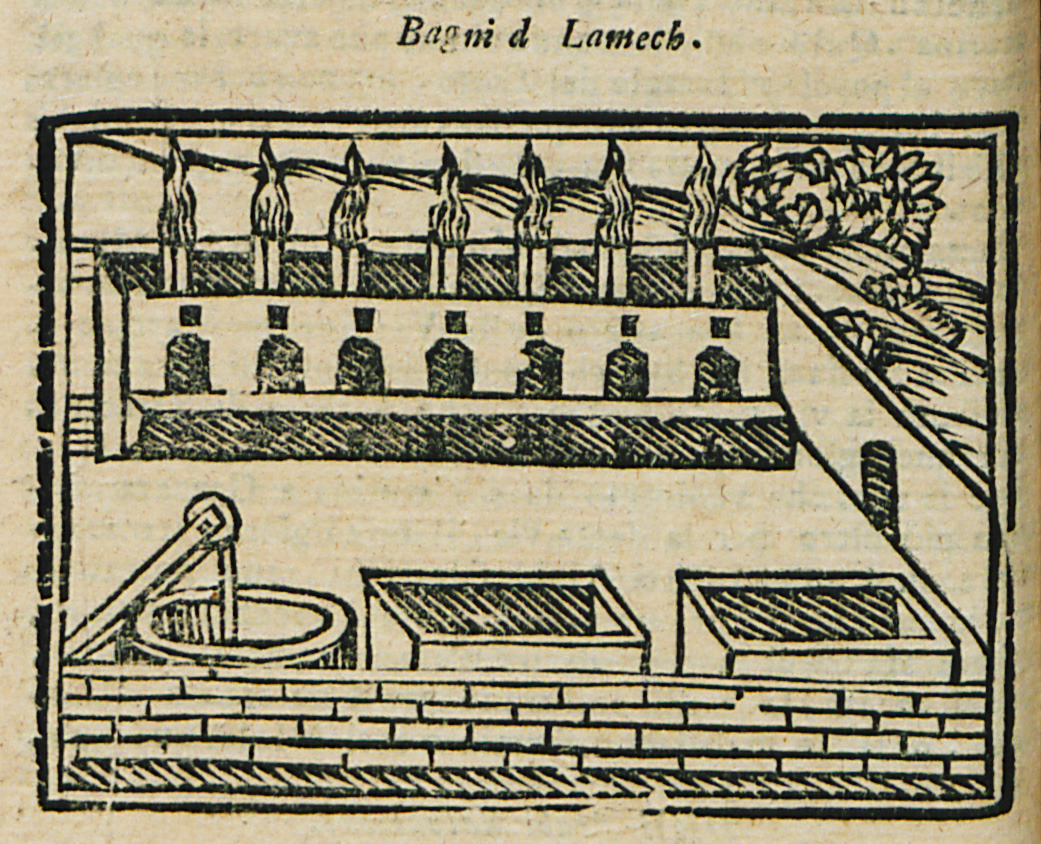
-
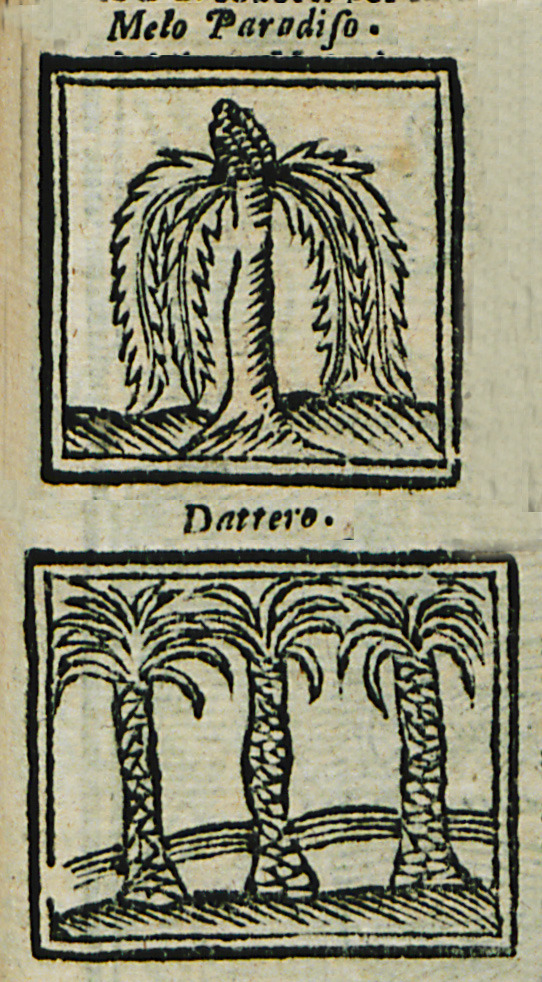
-
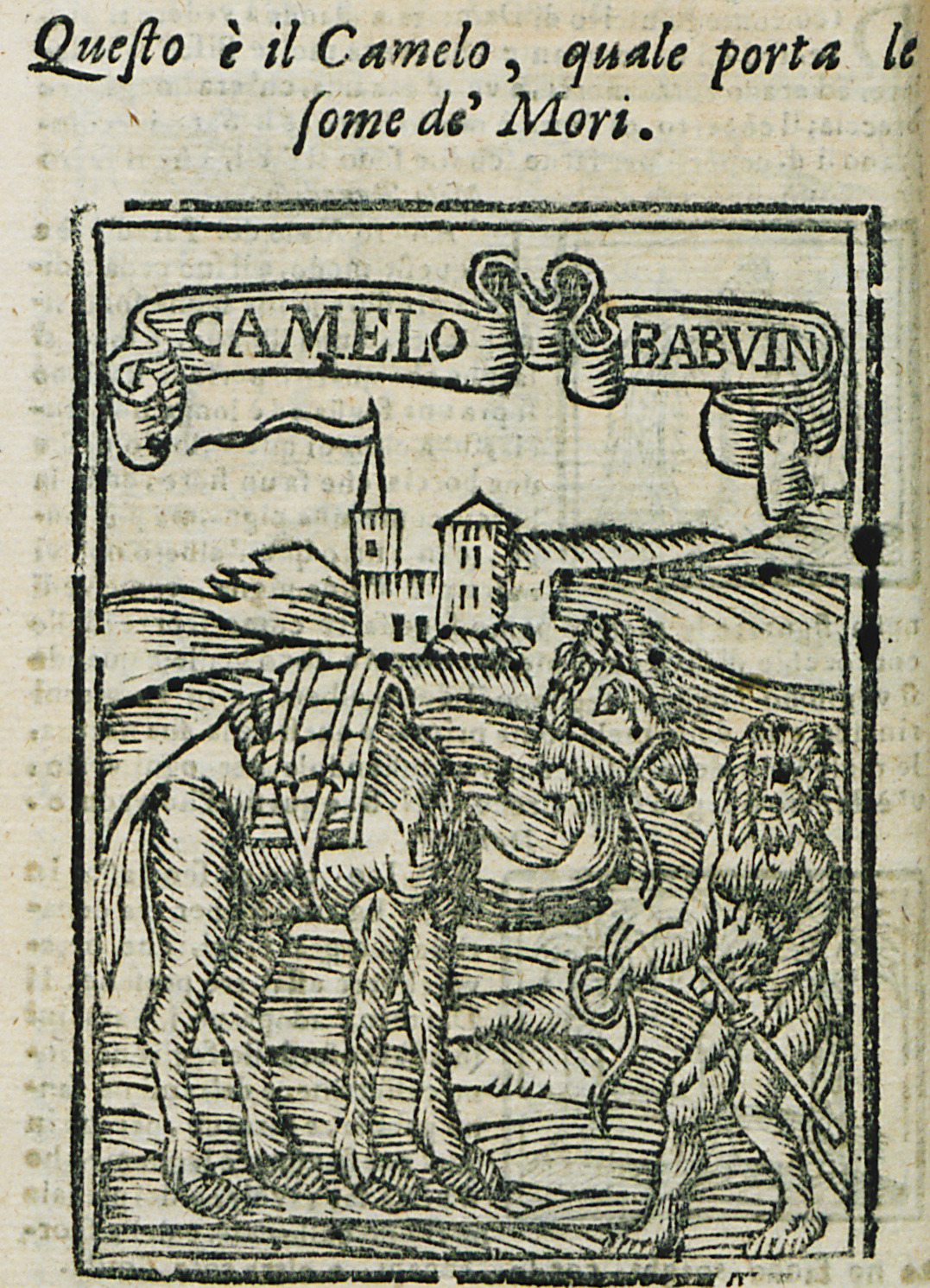
-
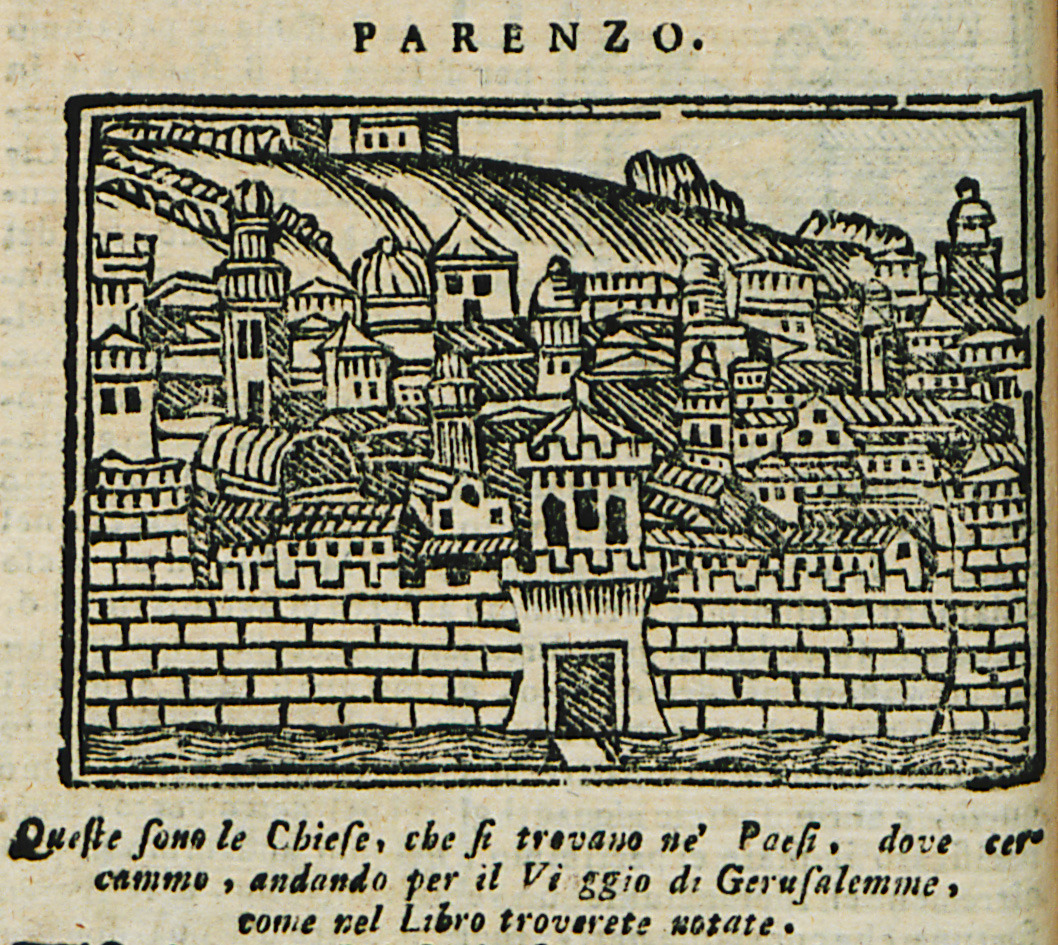
-
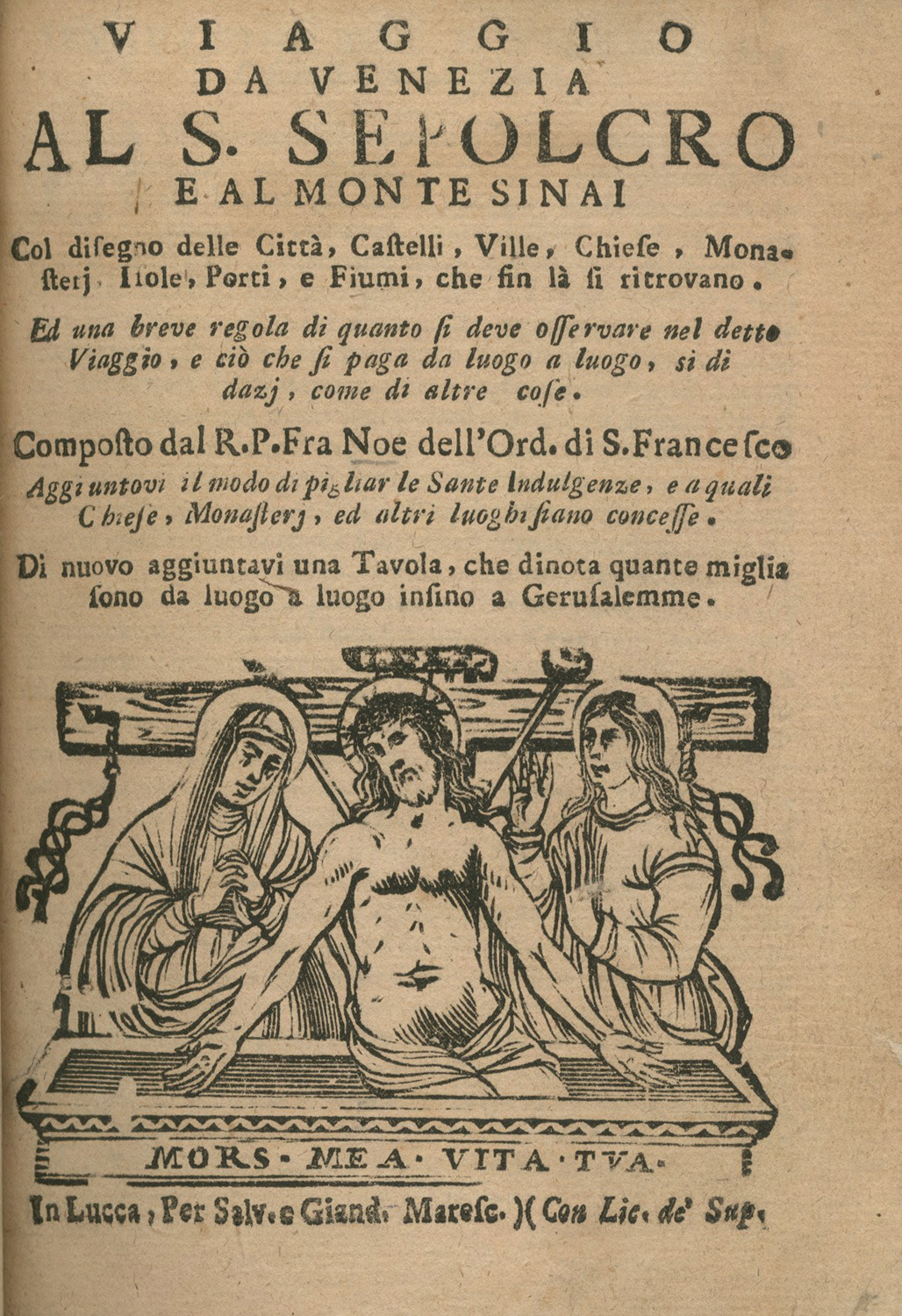
-
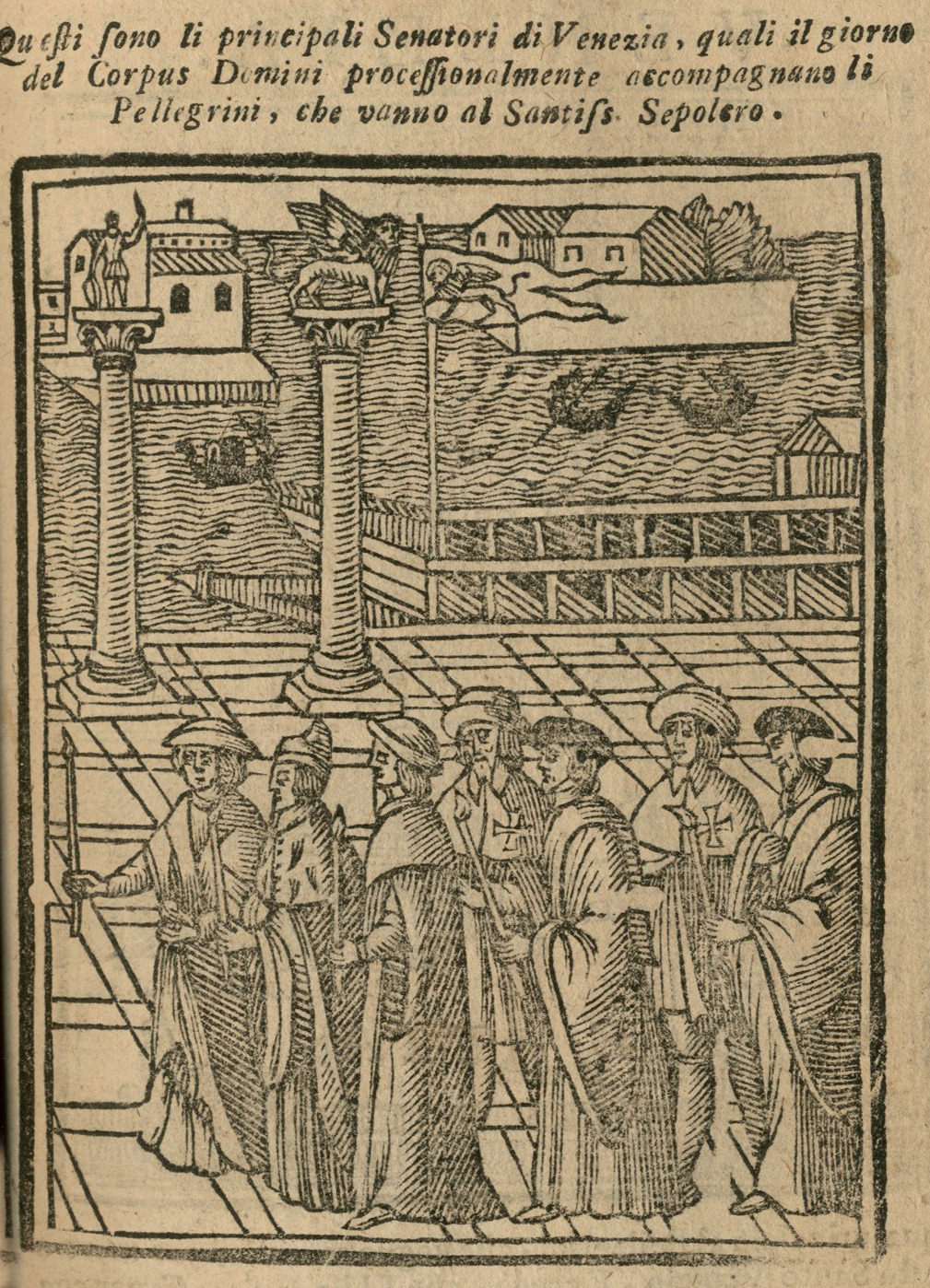
-

-
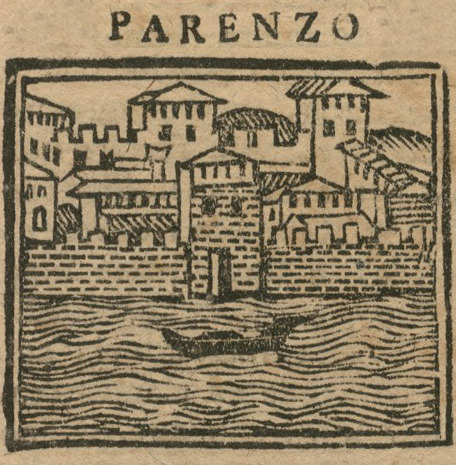
-
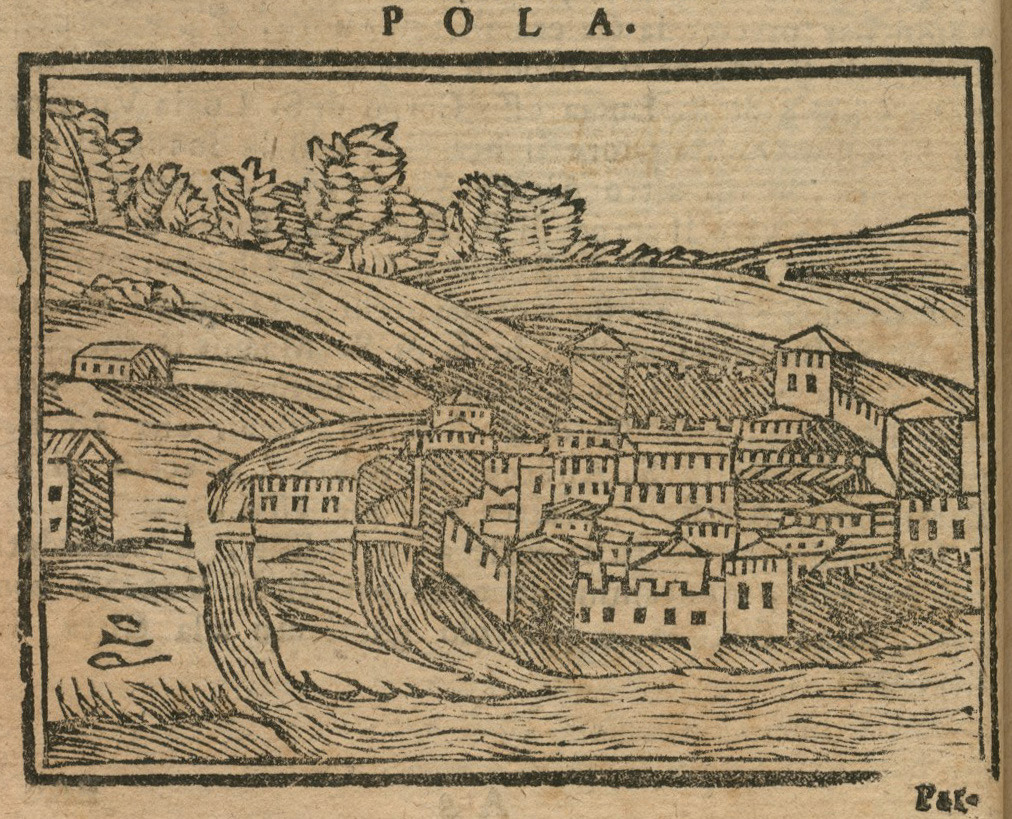
-
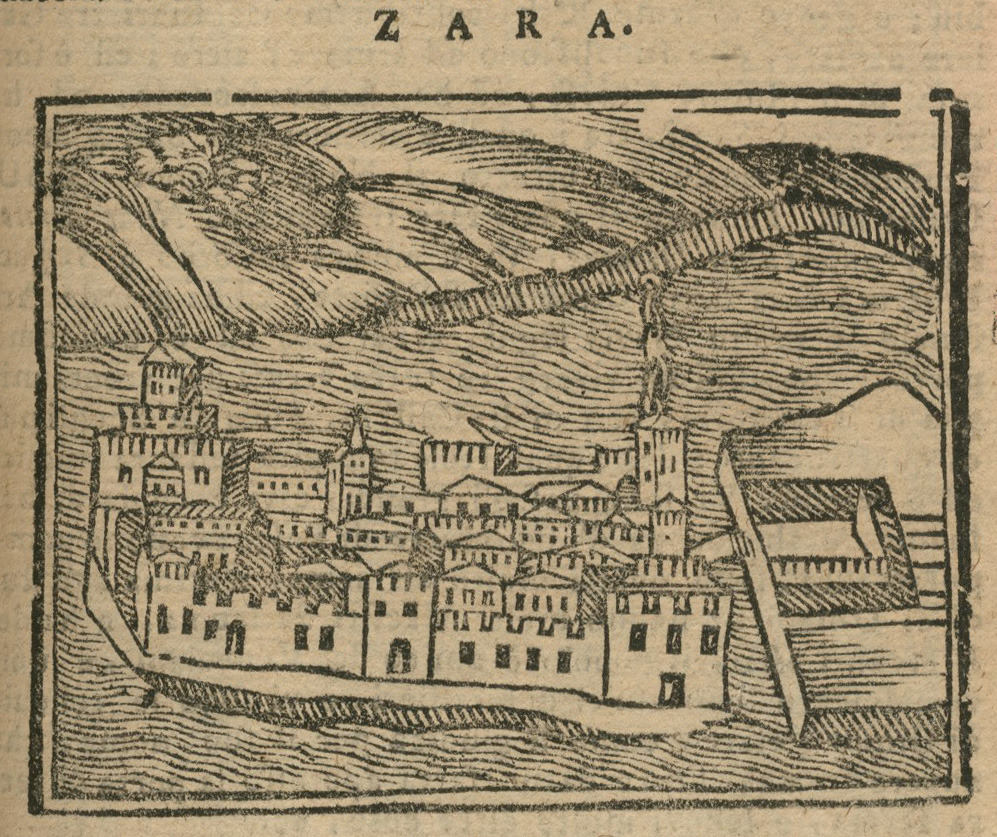
-
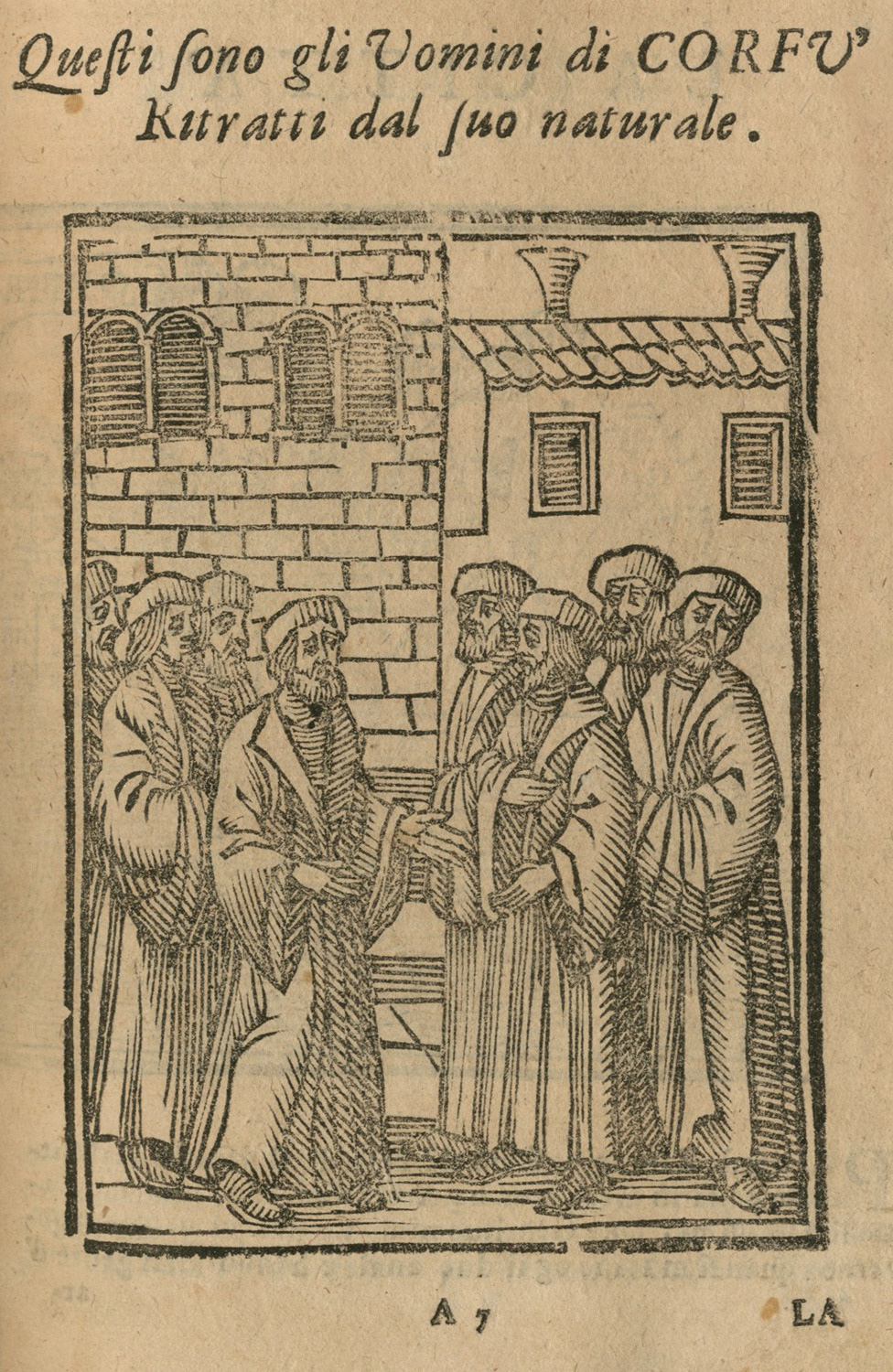
-
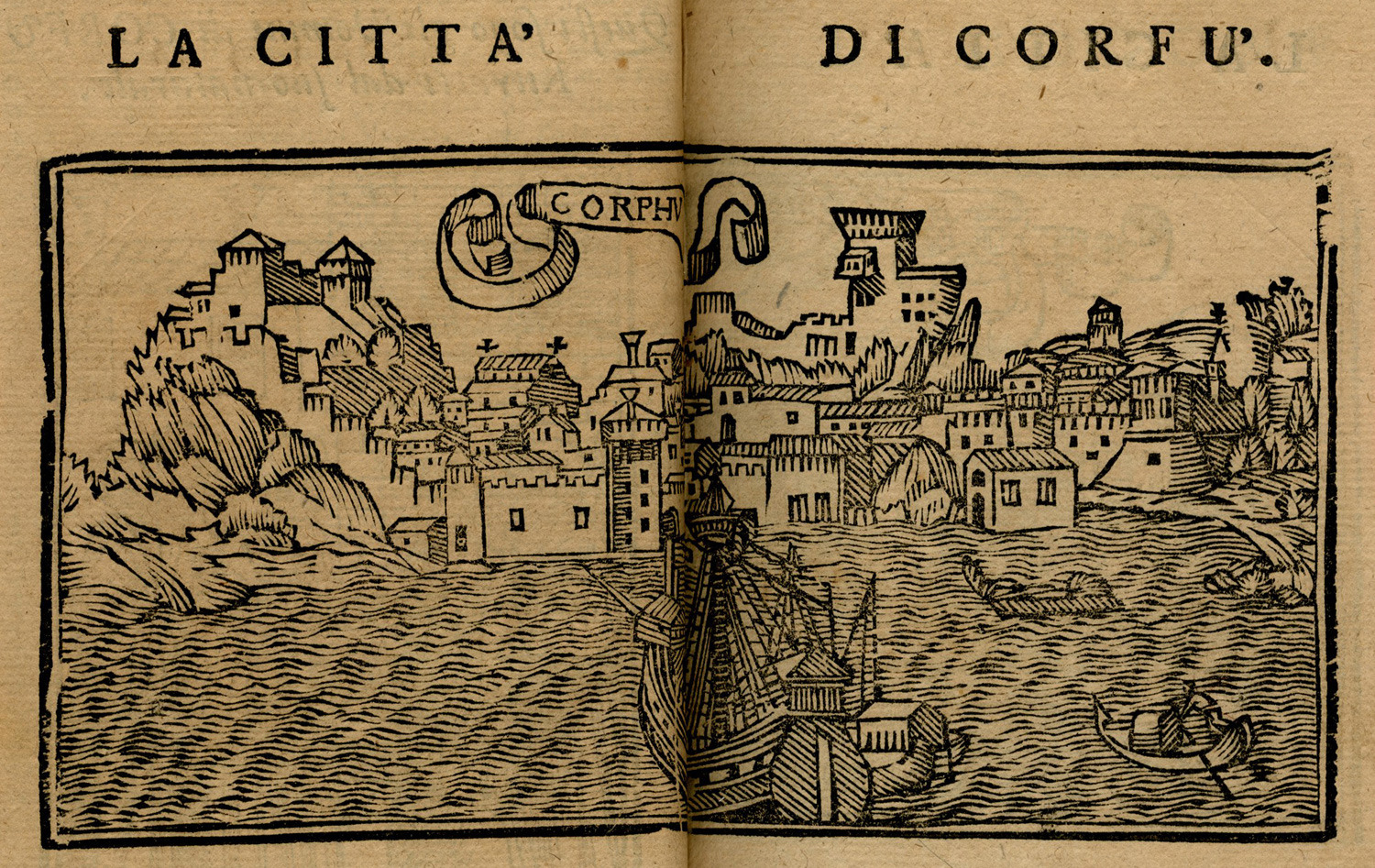
-
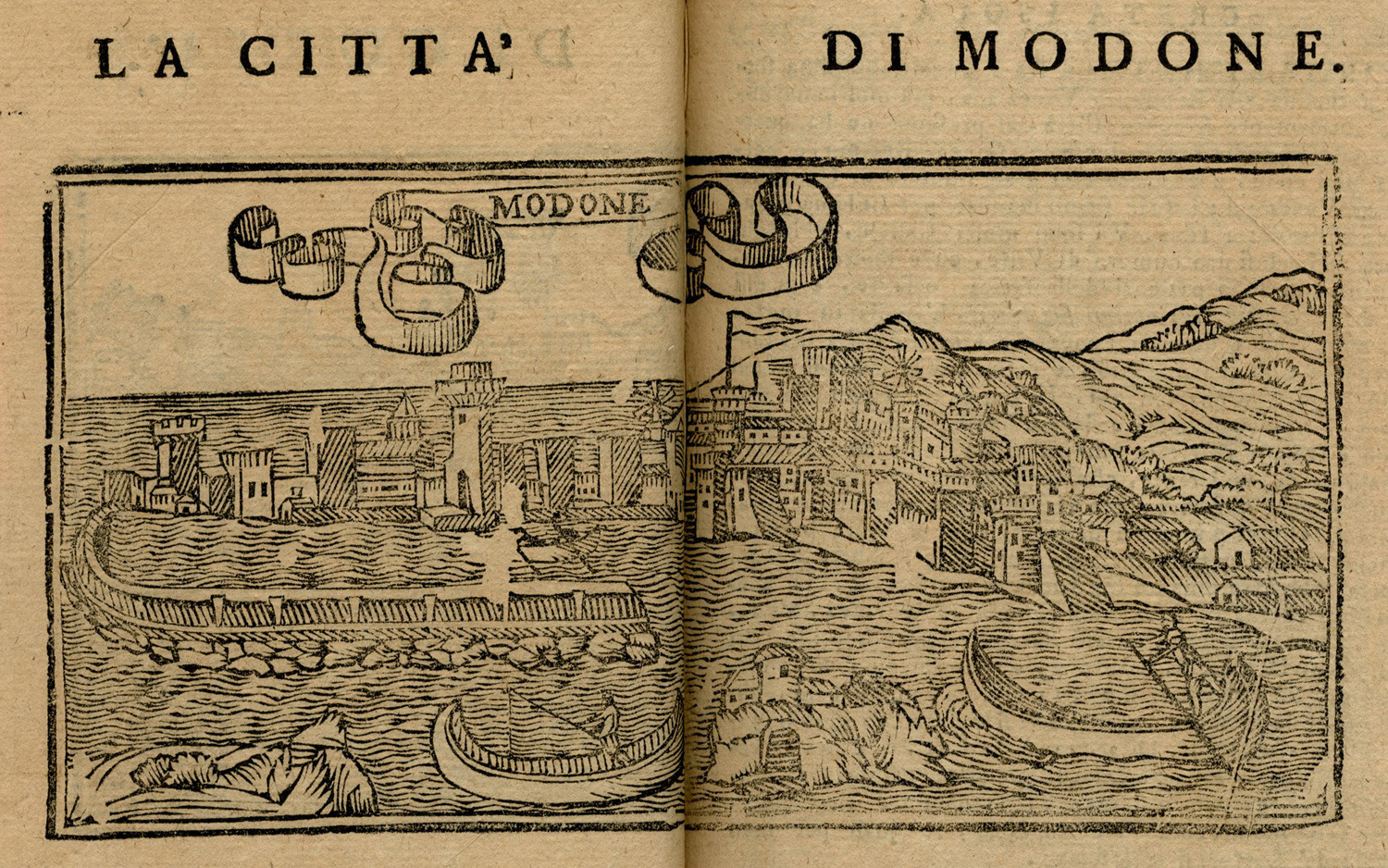
-
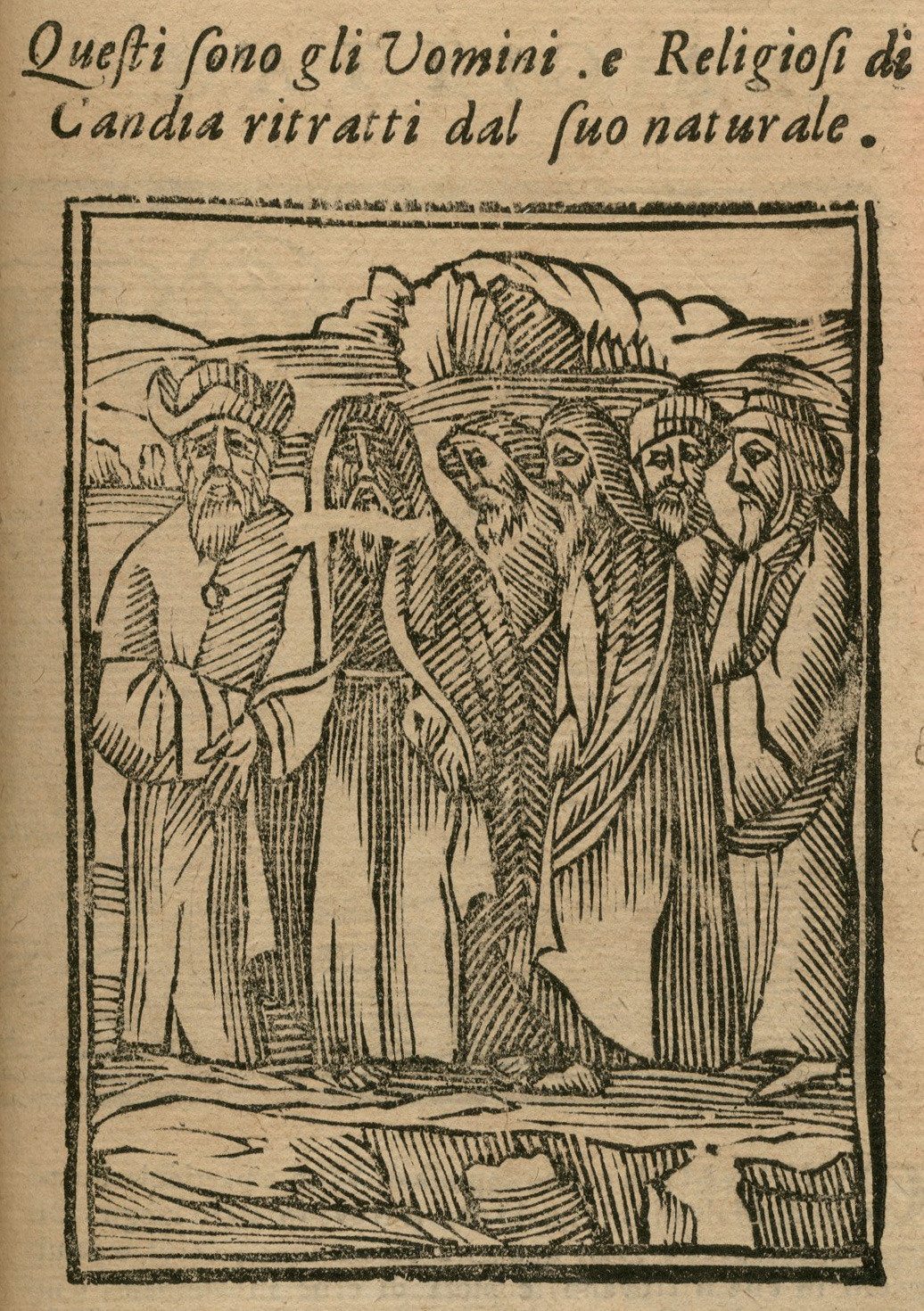
-
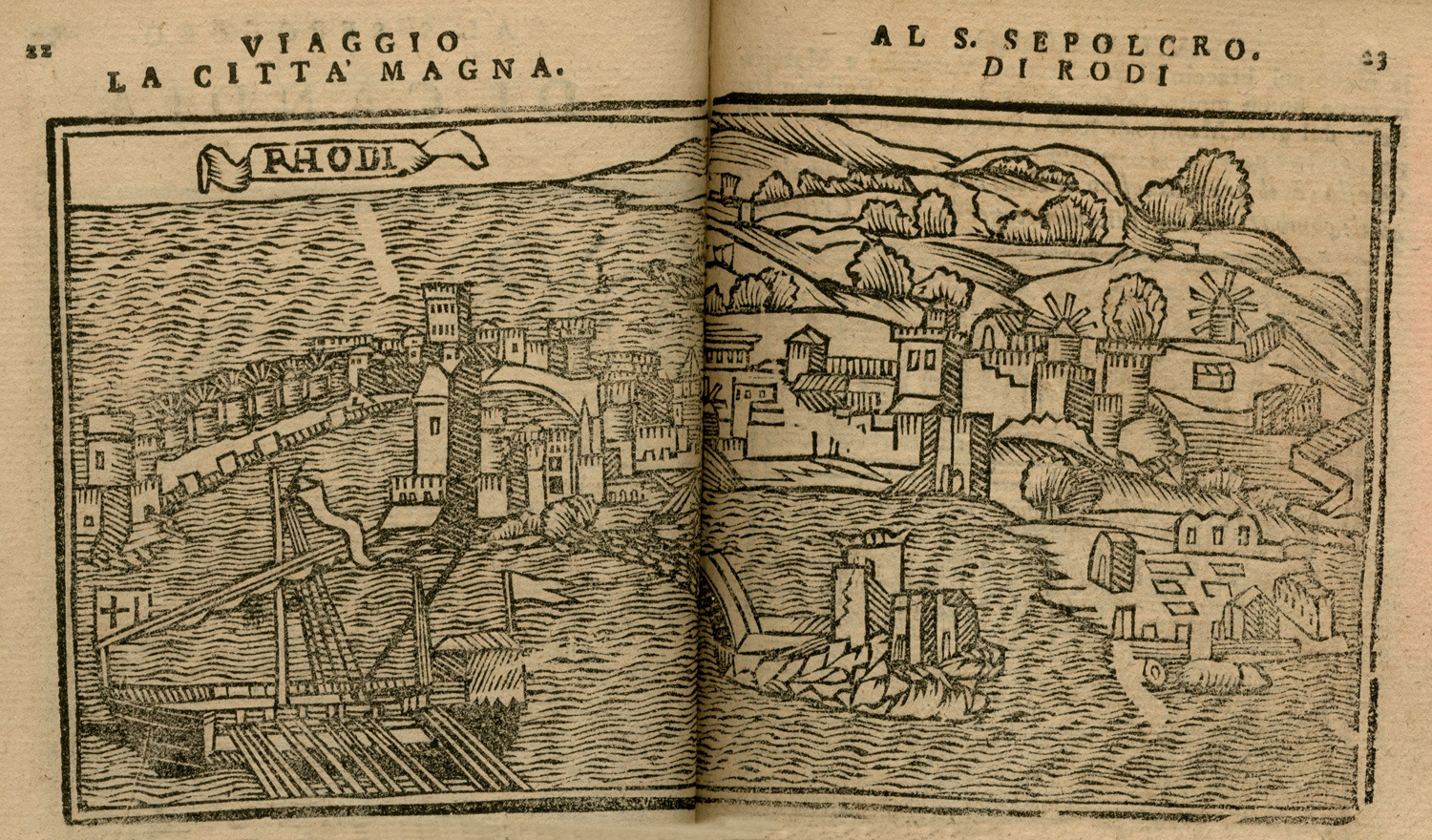
-
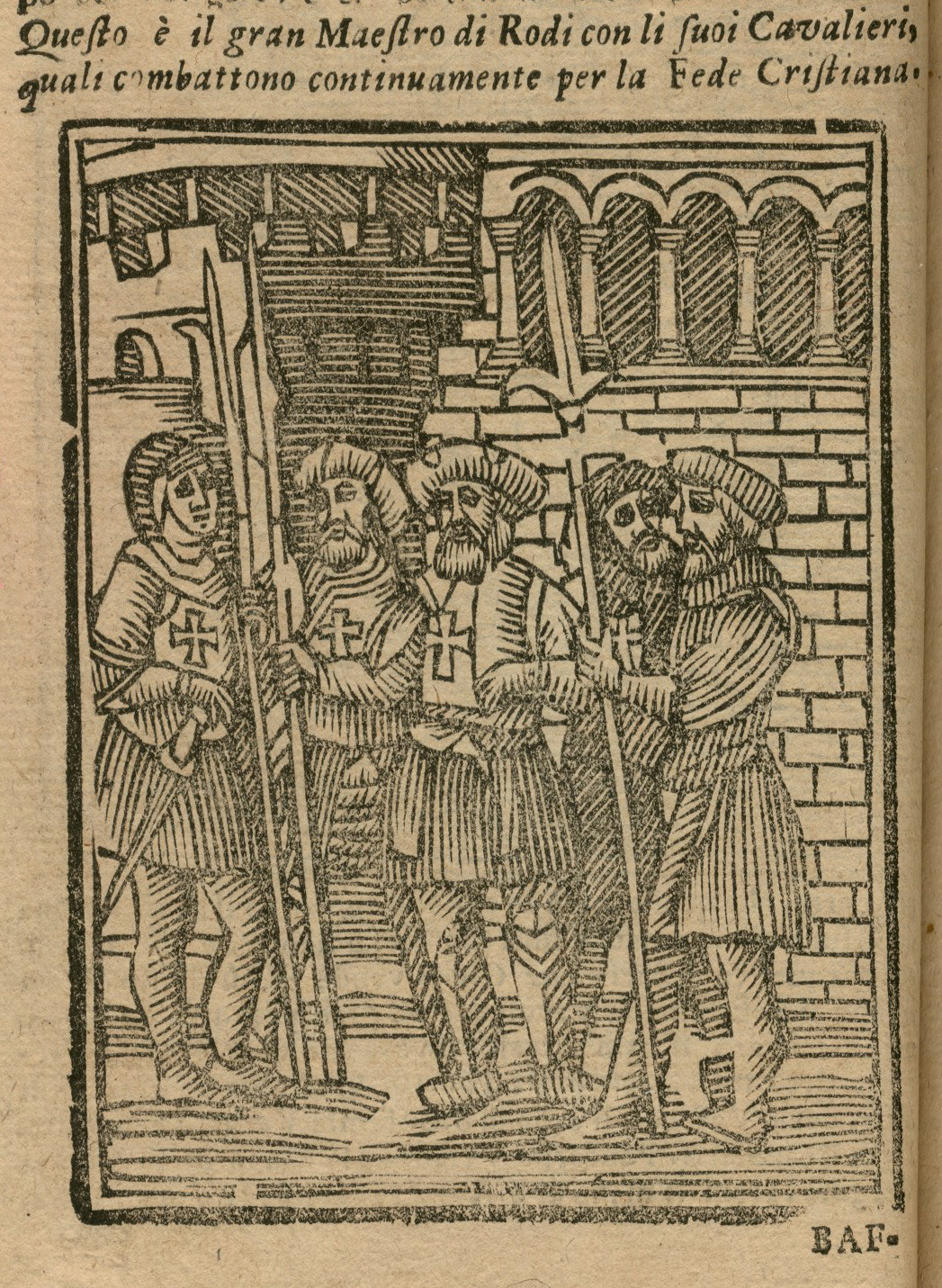
The Grand Master of the Knights Hospitaller and other knights of the order in Rhodes.
-
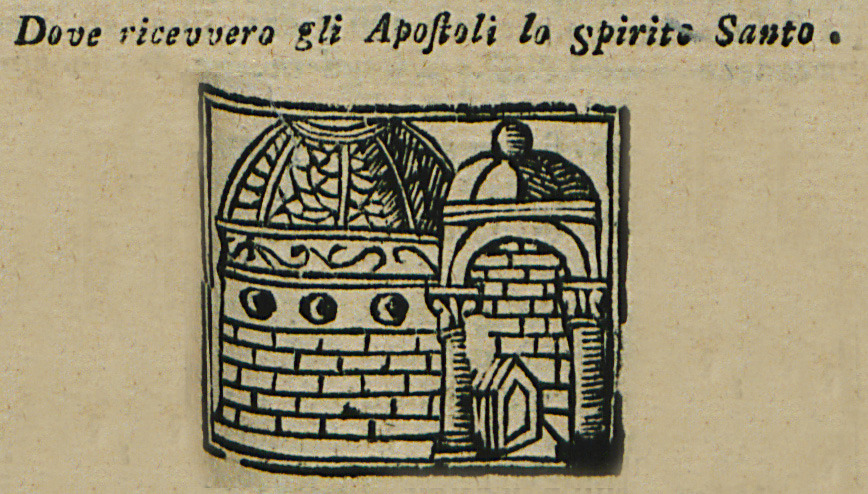
-
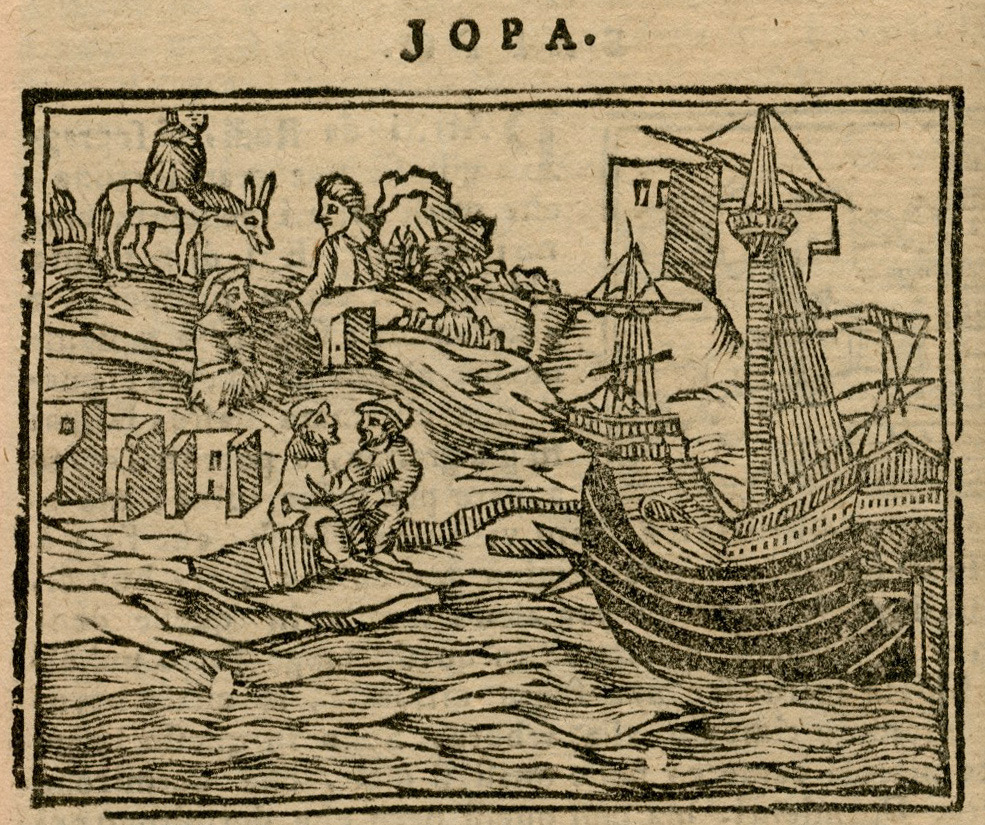
-
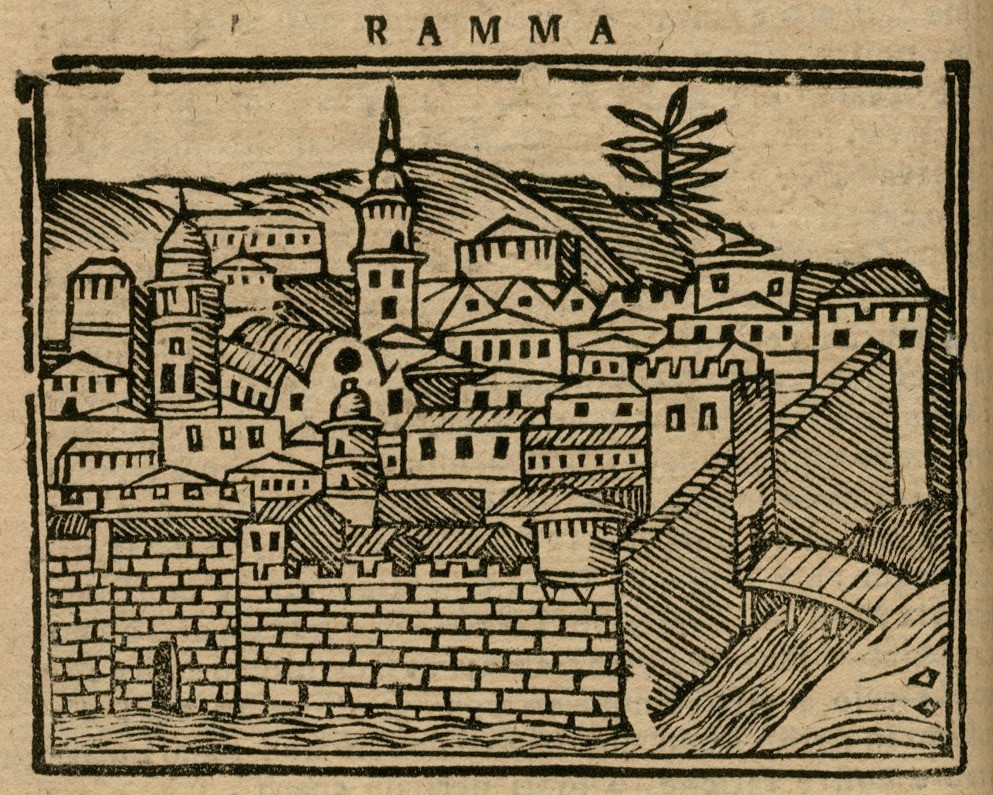
-
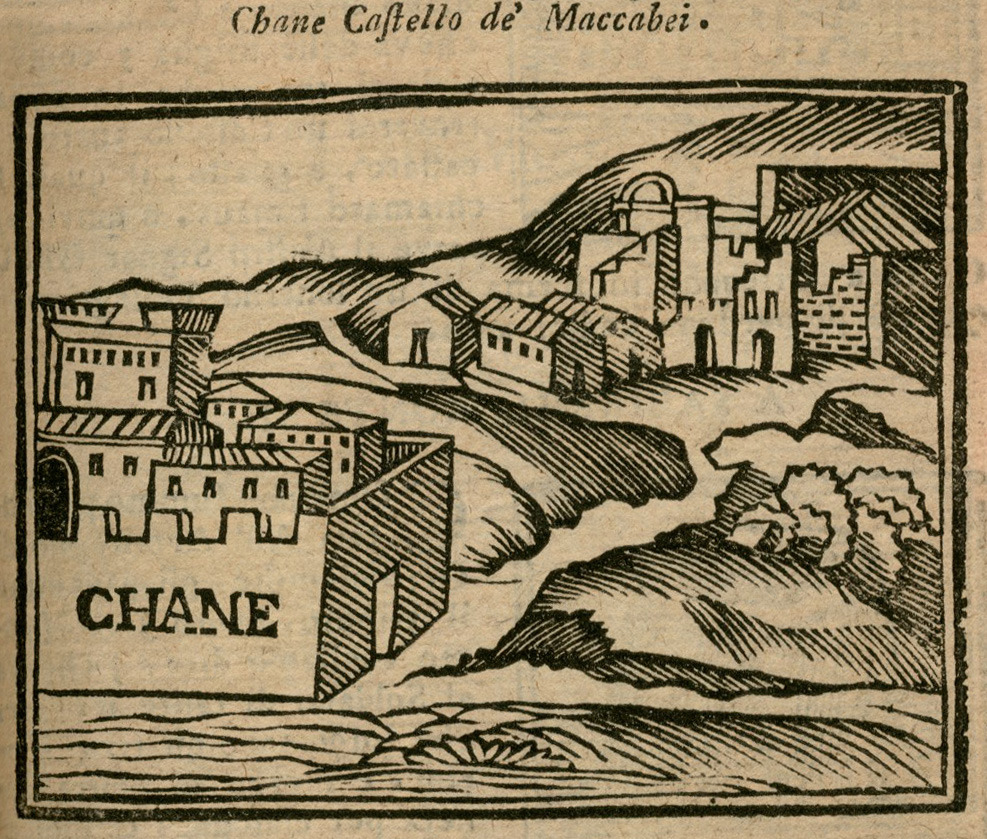
Inn on the route from Ramla to Jerusalem, near the remains of the fortress of the Maccabees.
-
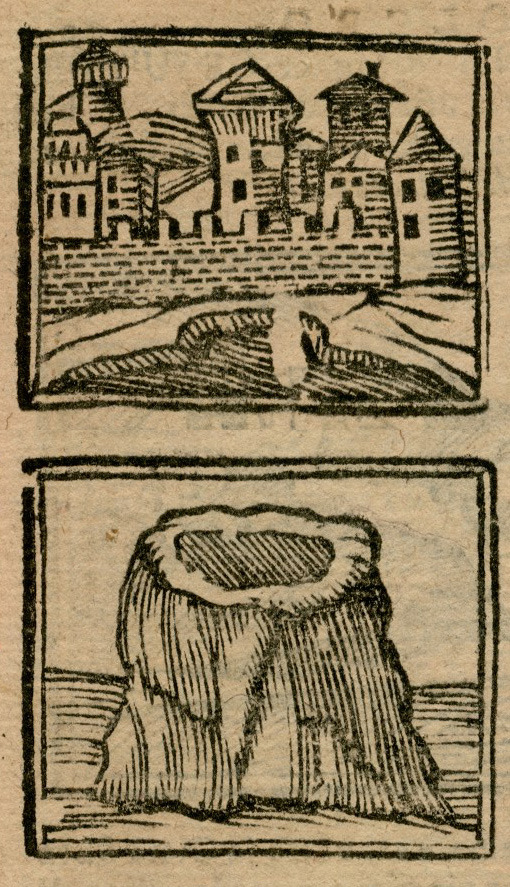
-
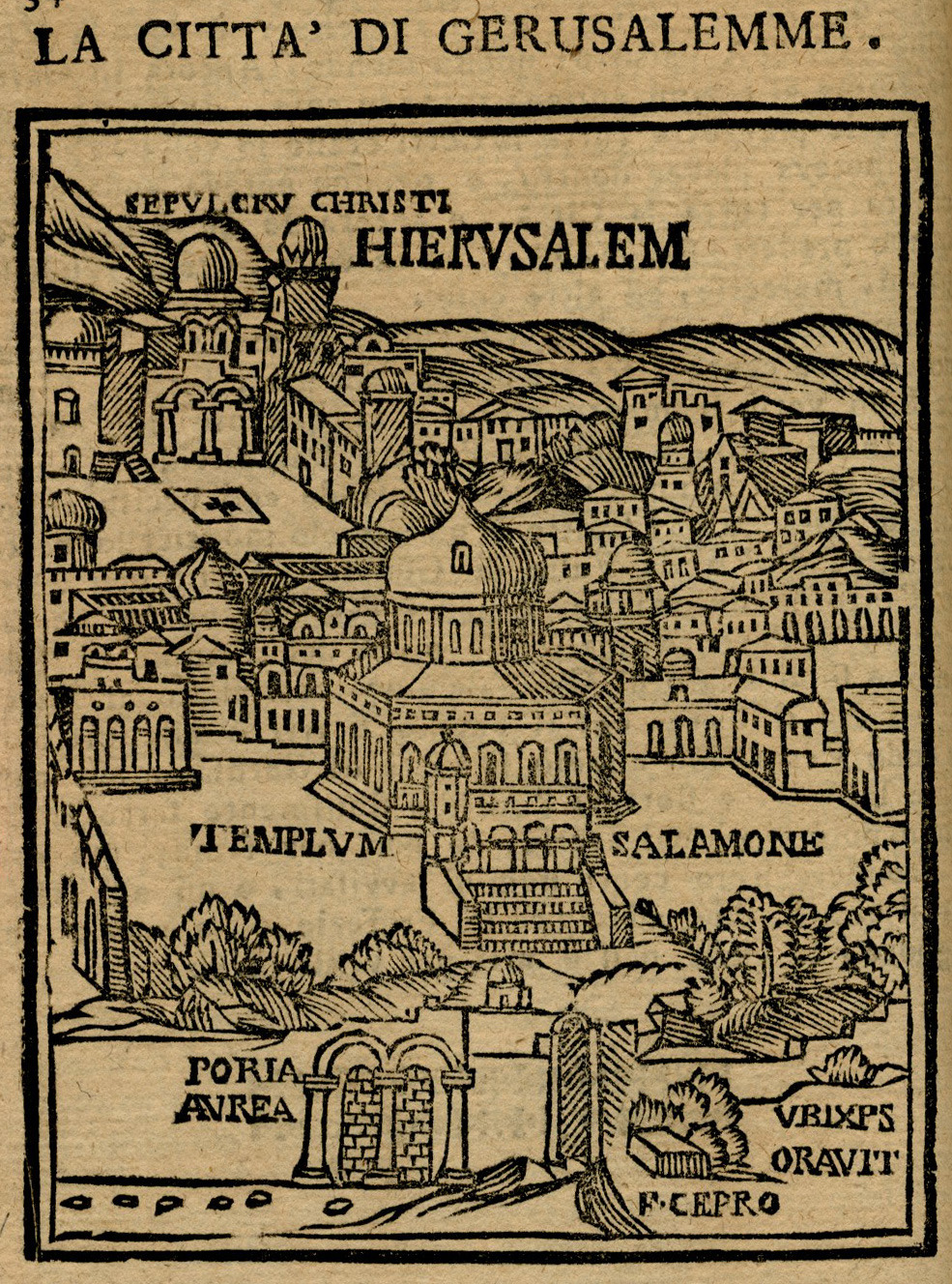
View of Jerusalem with the Holy Sepulchre and other major locations of the city.
-
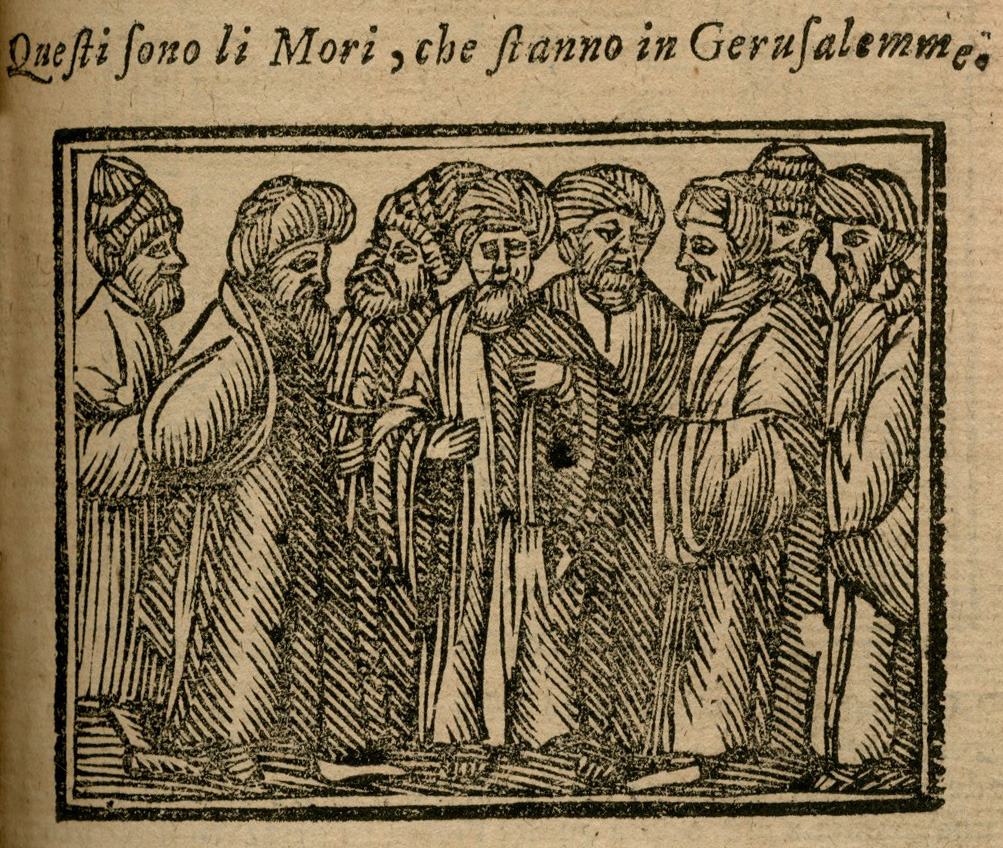
-
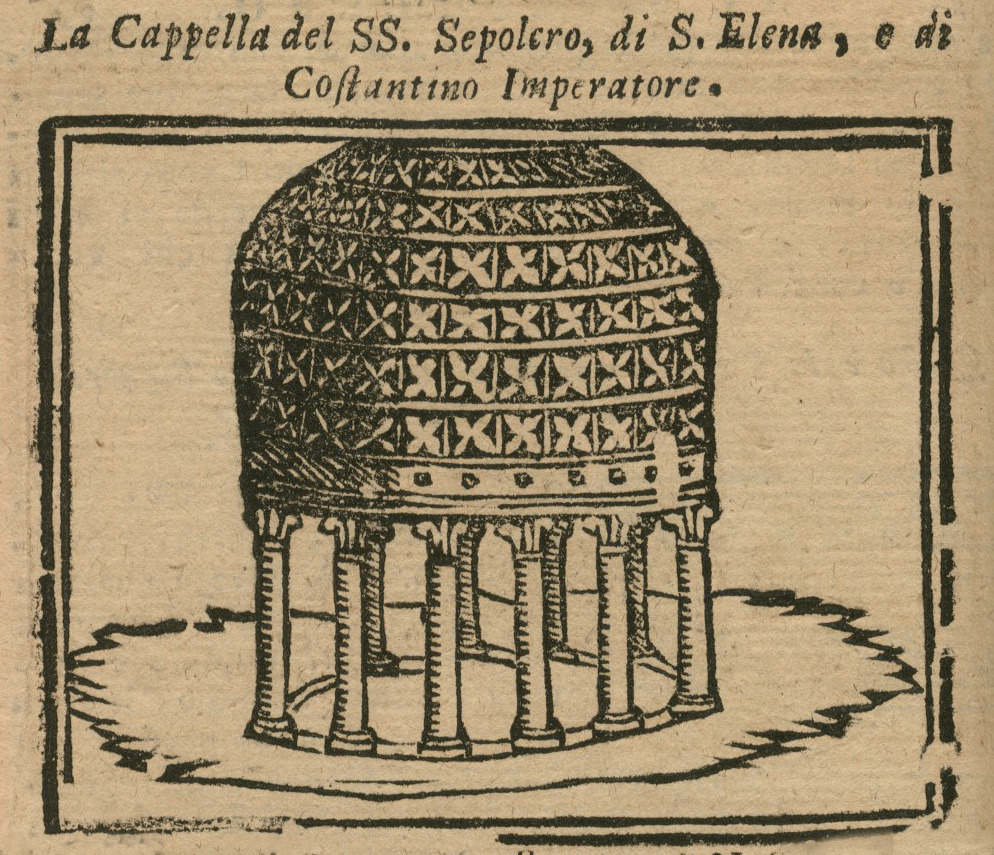
-
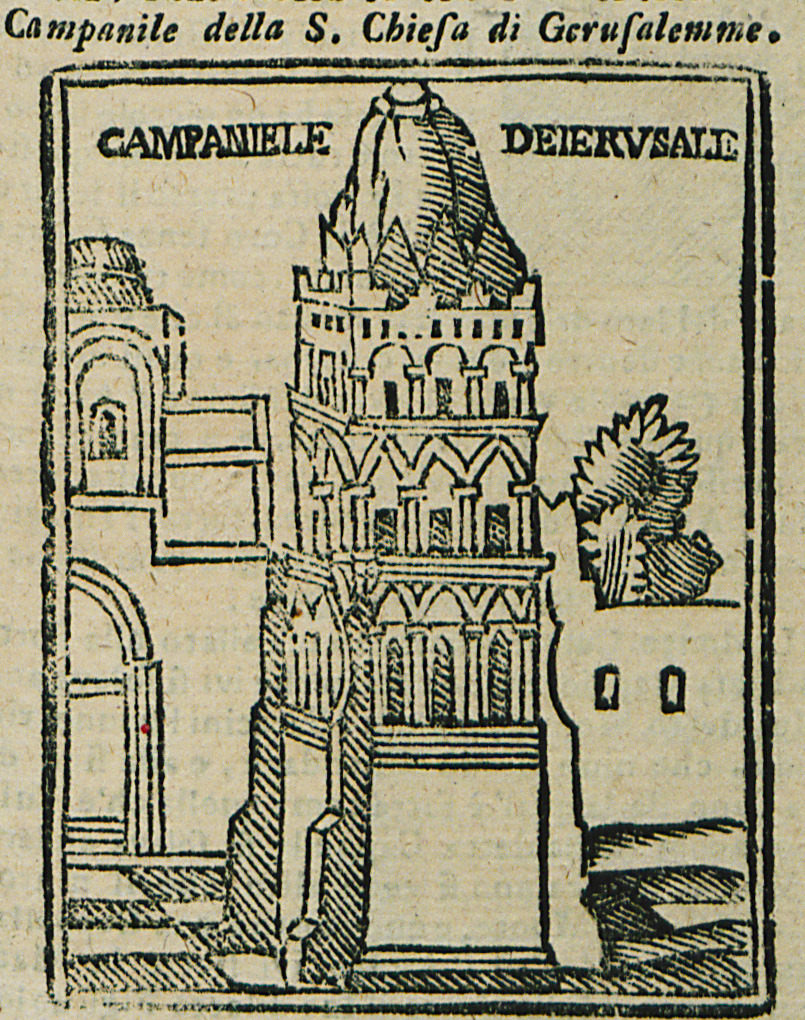
-
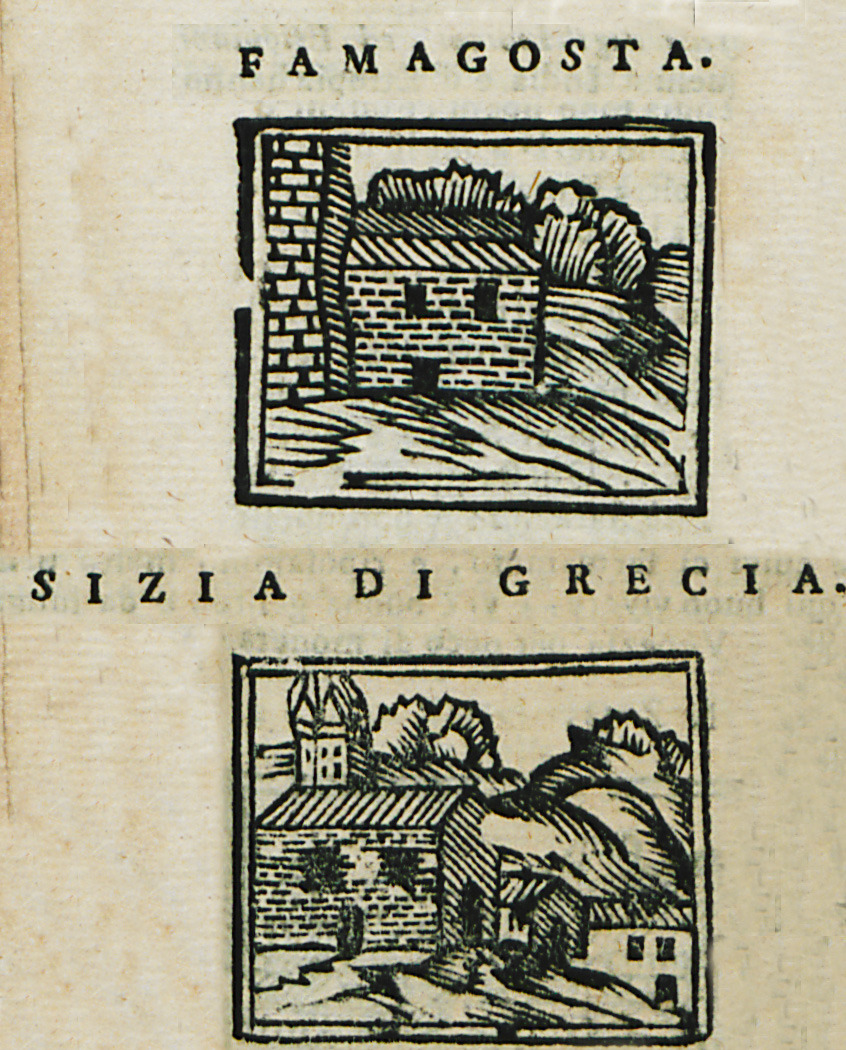
-
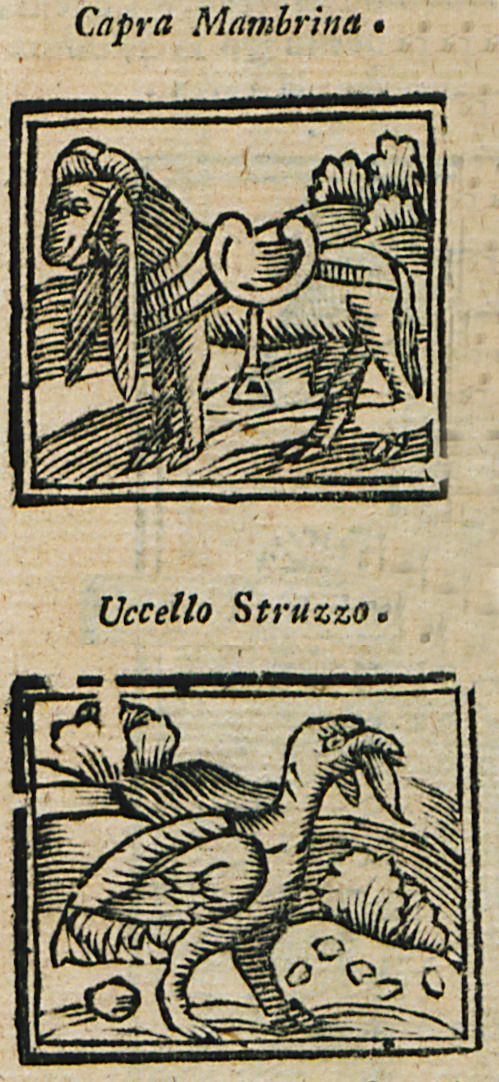
-
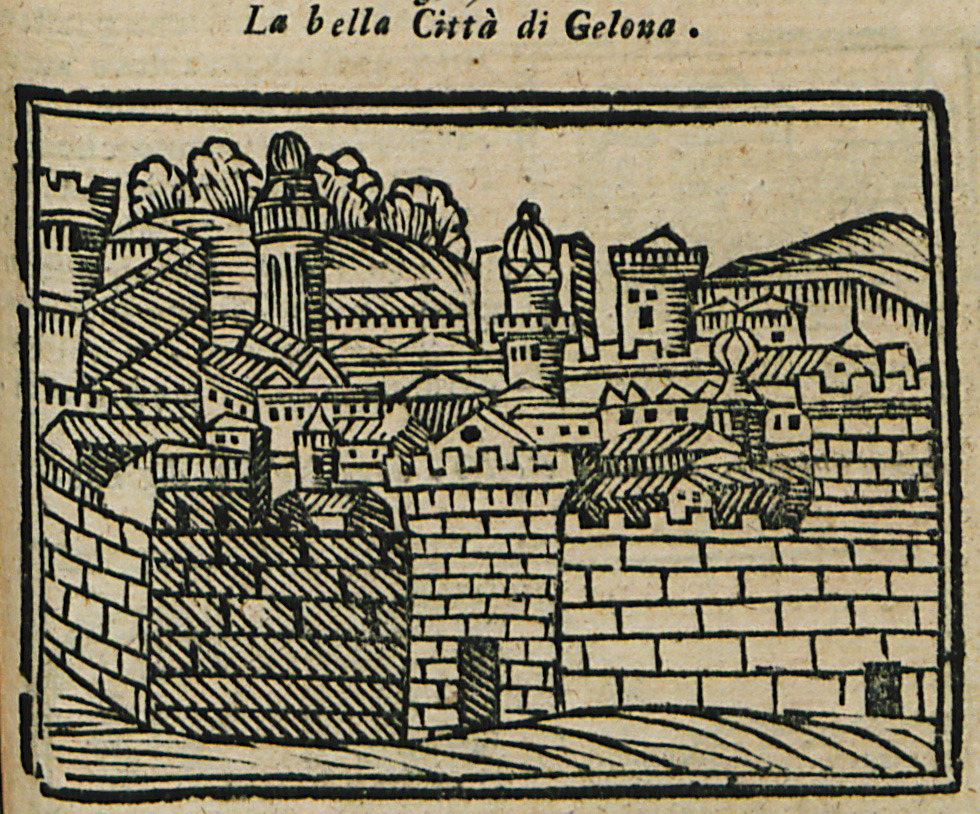
-
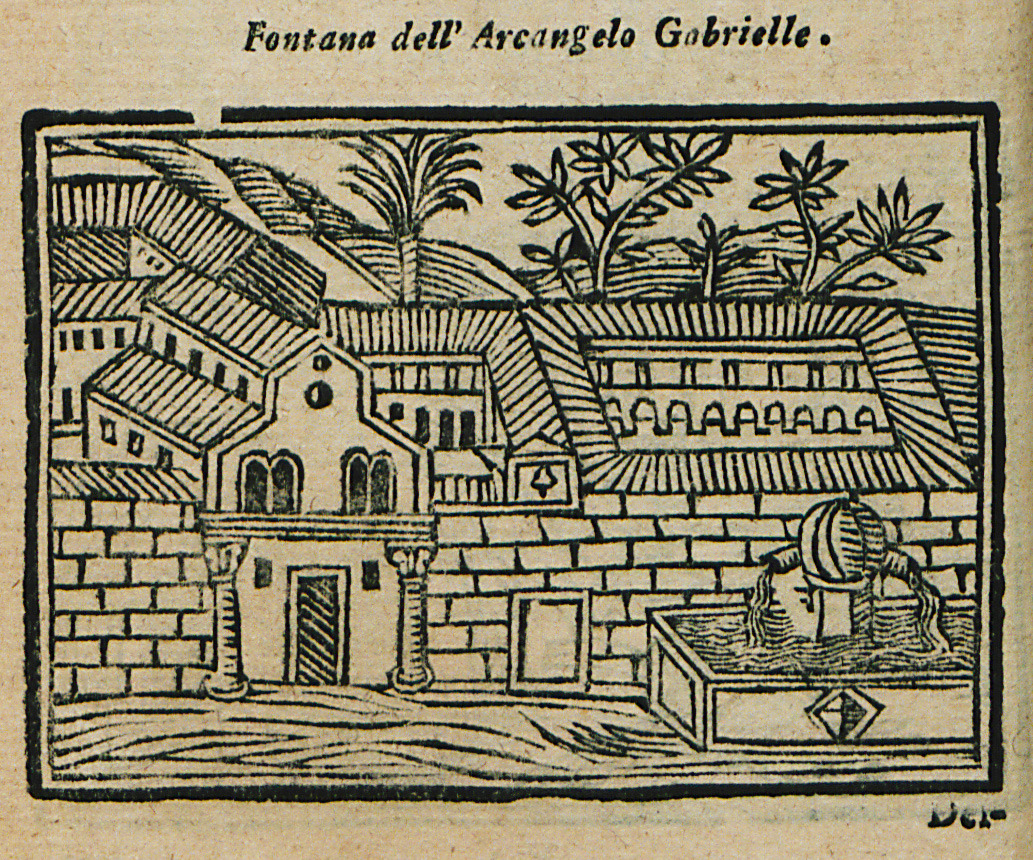
-
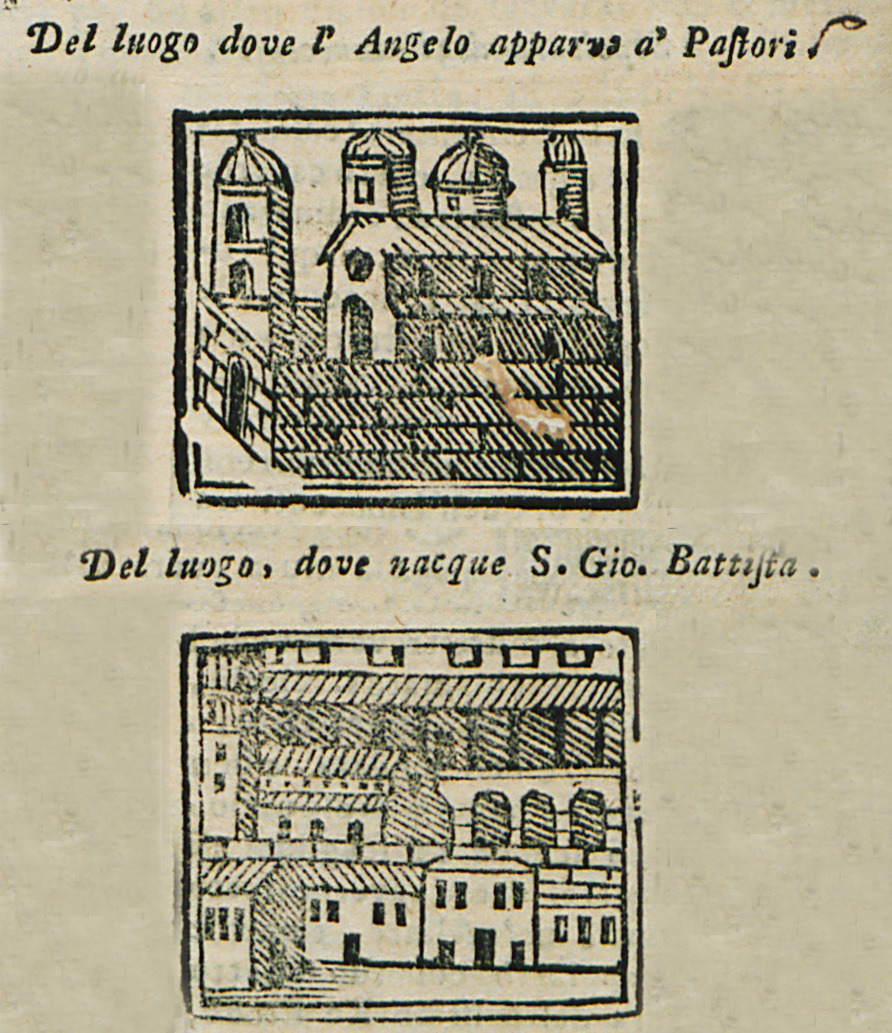
-
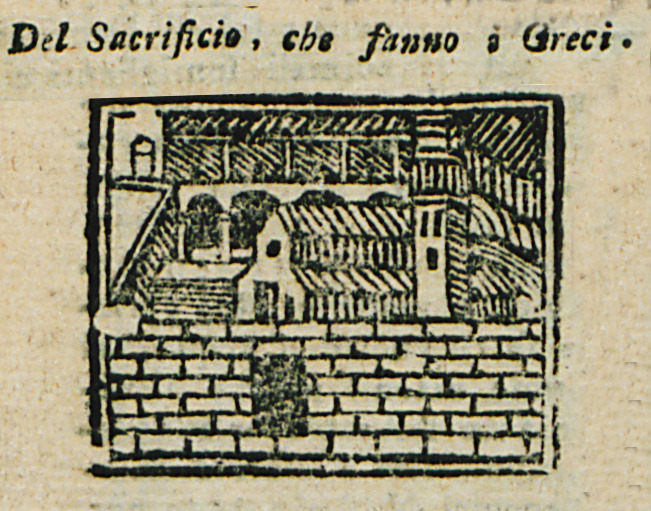
-
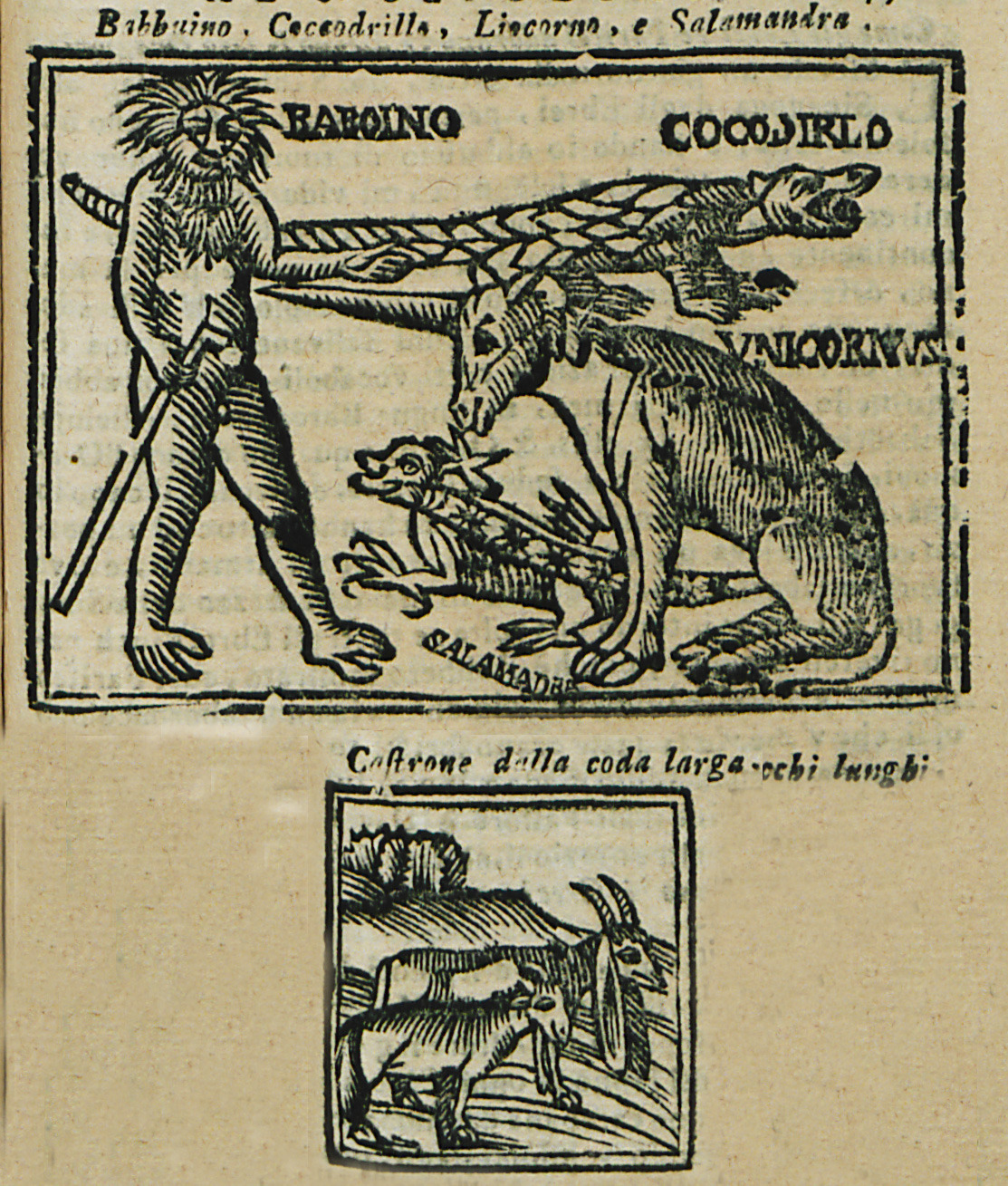
Baboon, crocodile, unicorn and salamander. Long-eared goat and long-tailed ram or billy-goat.
-
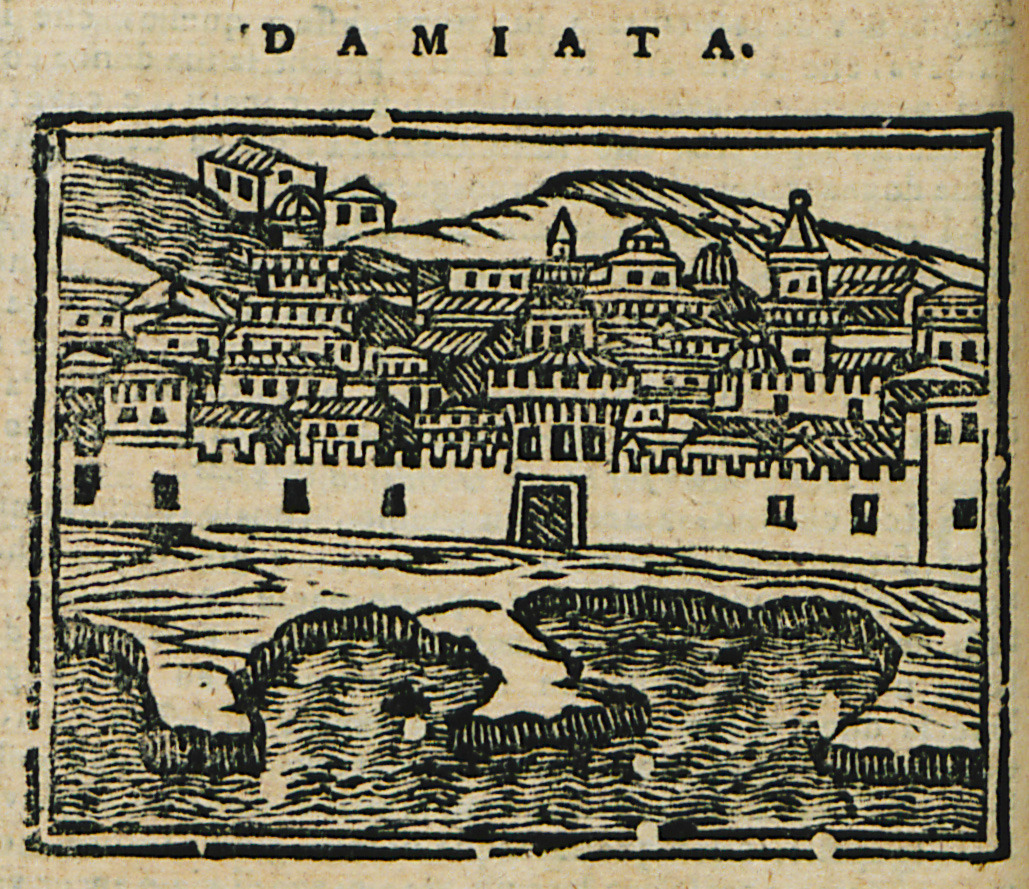
-
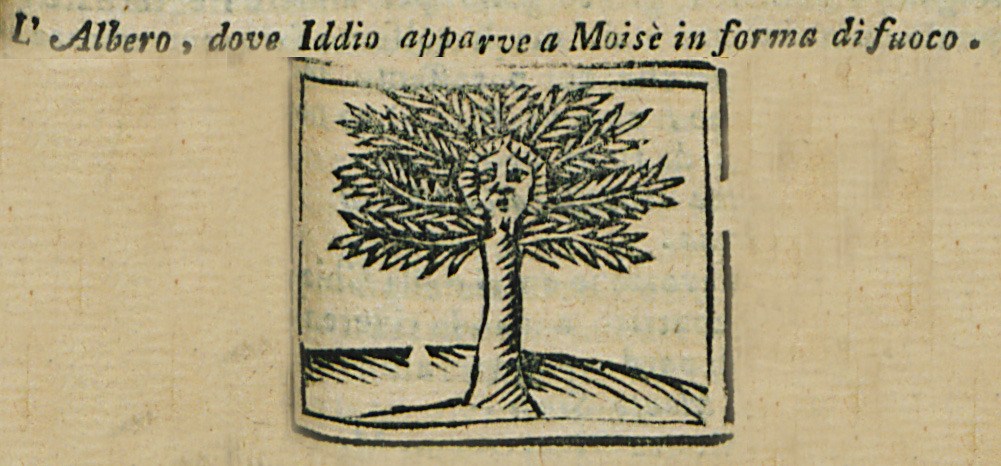
The Burning Bush of Moses at the Monastery of Saint Catherine on Mount Sinai.
-
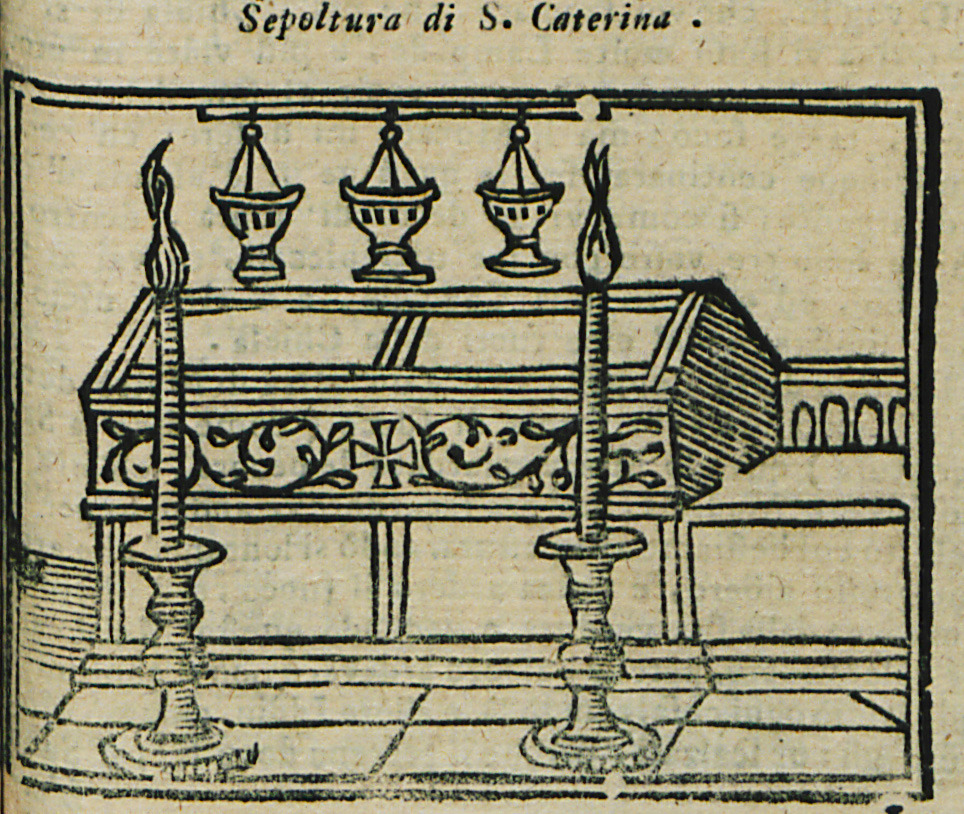
The remains of Saint Catherine in the katholikon of the monastery of Saint Catherine on Mount Sinai.
-
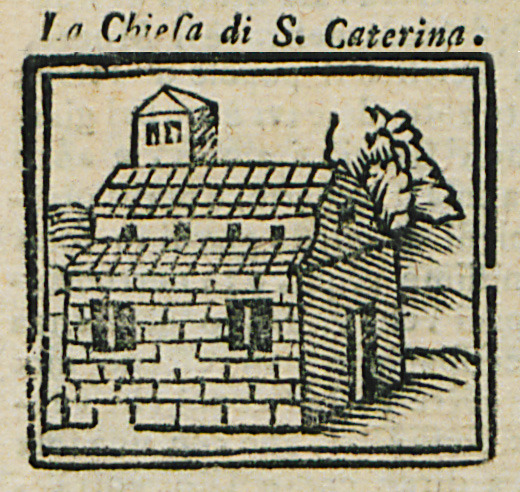
Katholikon of the monastery of Saint Catherine on Mount Sinai.
-
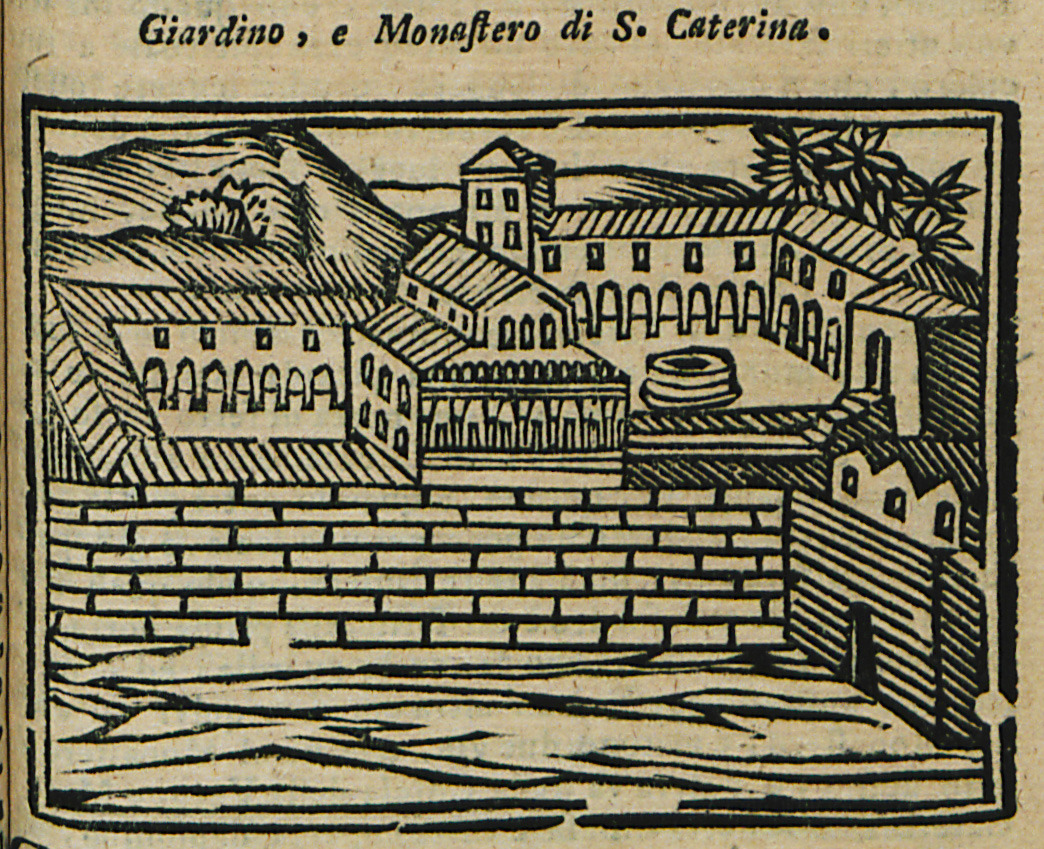
-
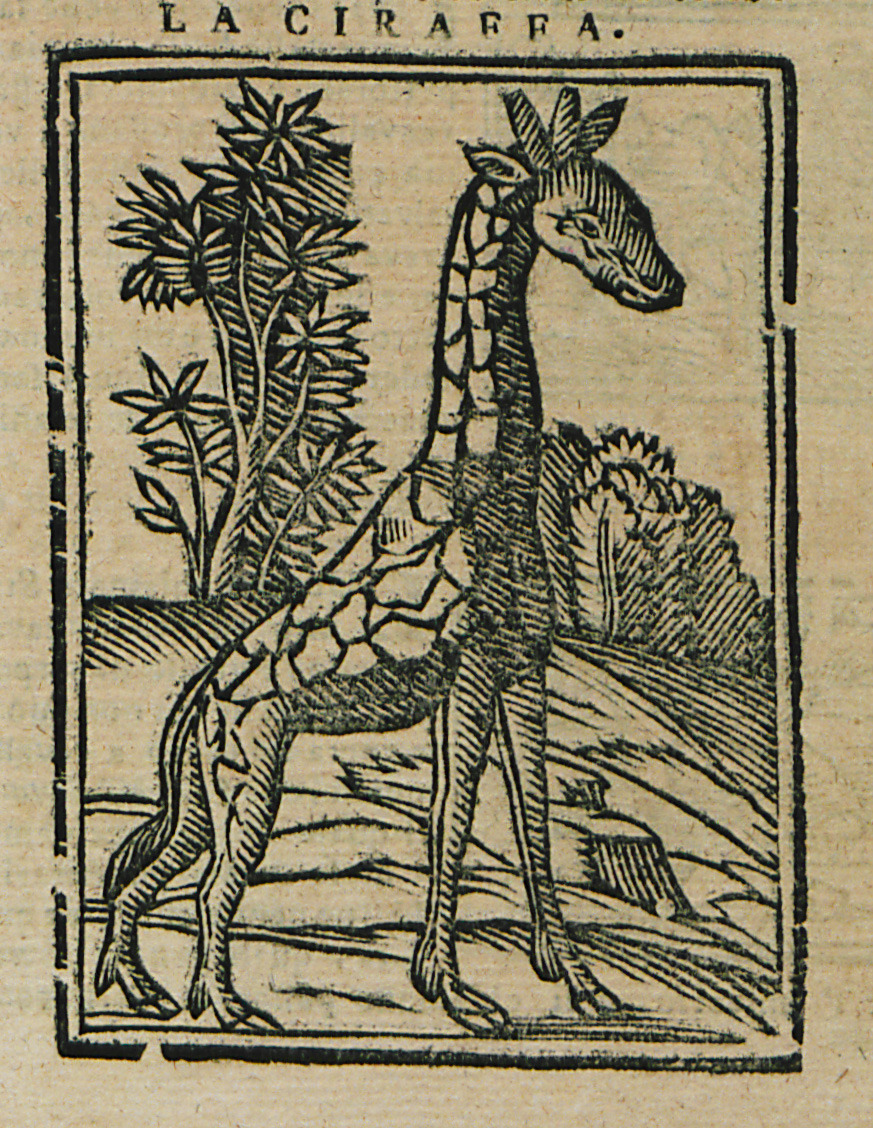
-
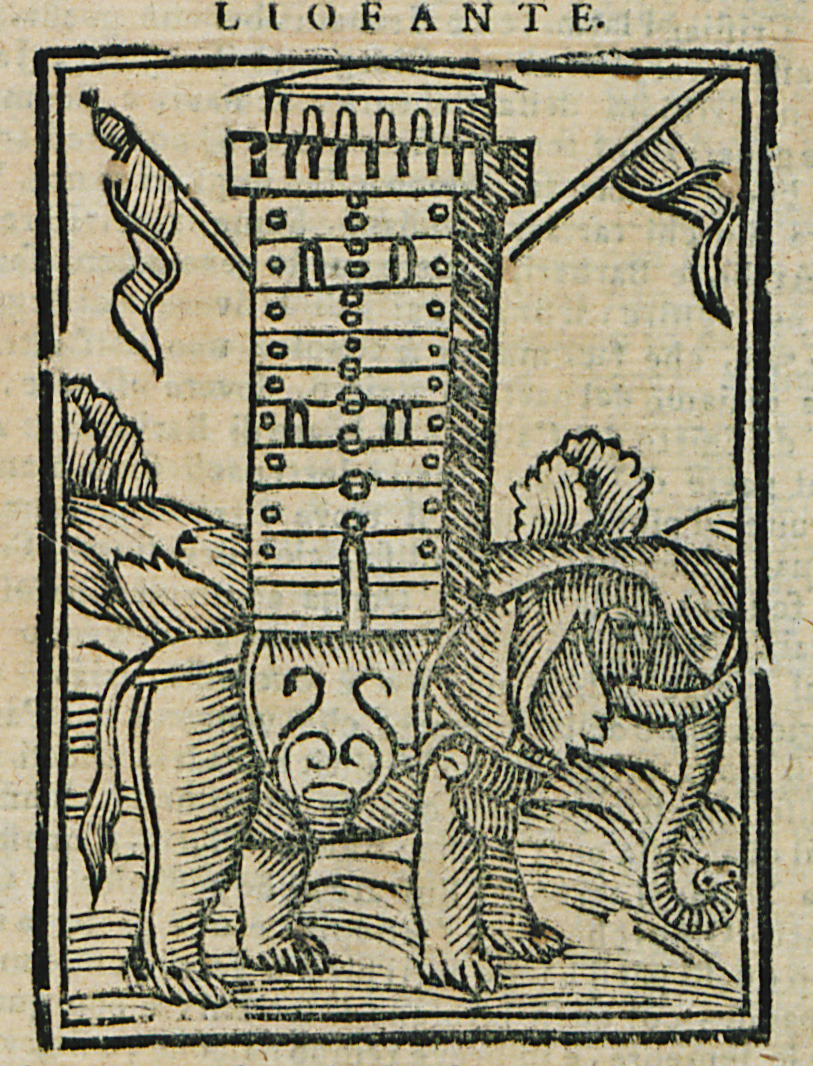
-
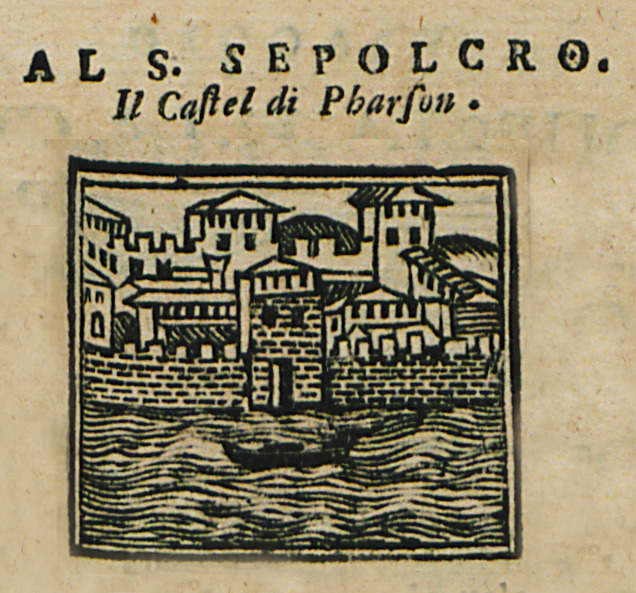
View of fortress on the Nile, on the route from Cairo to Alexandria.
-
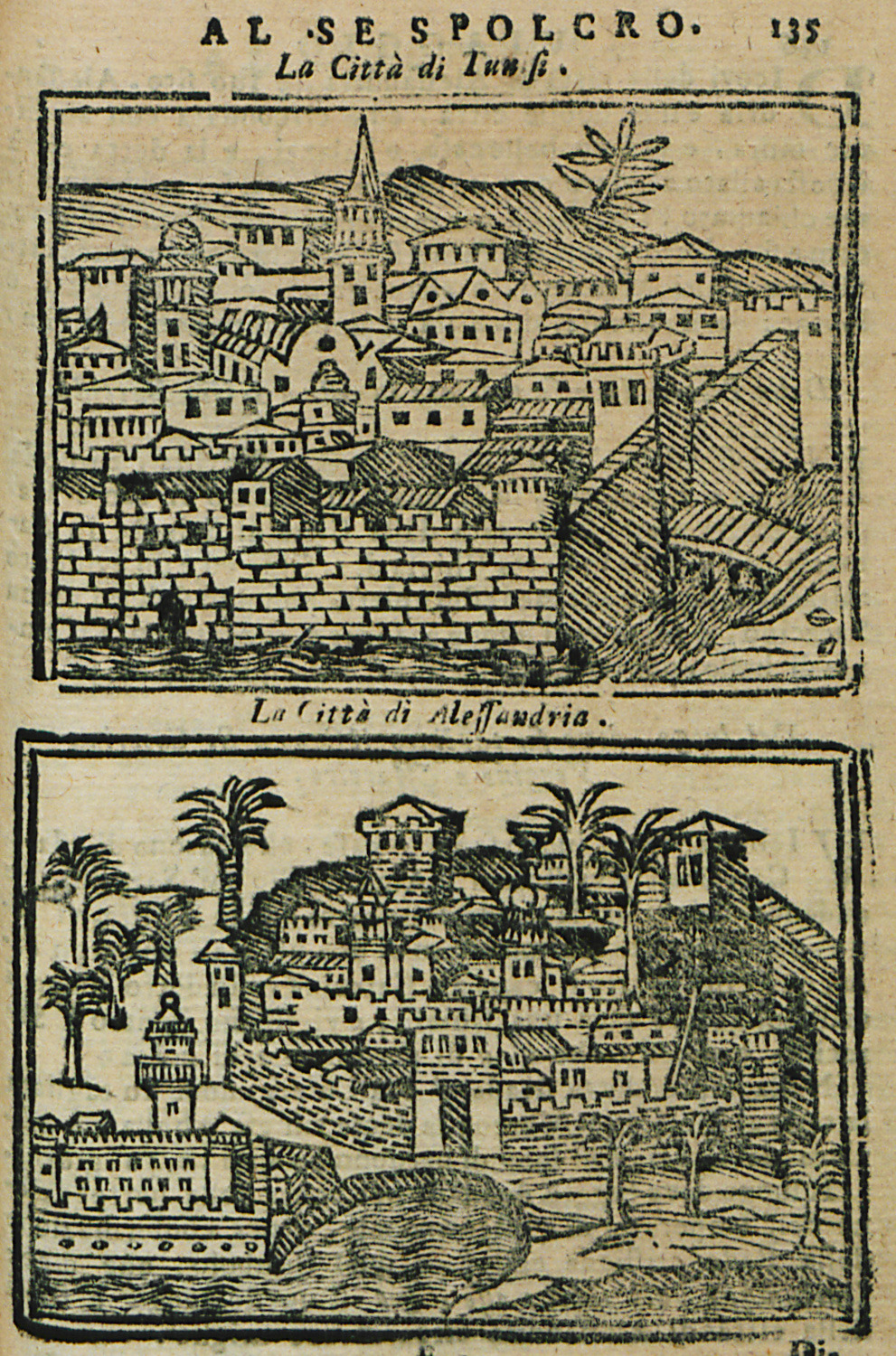
-
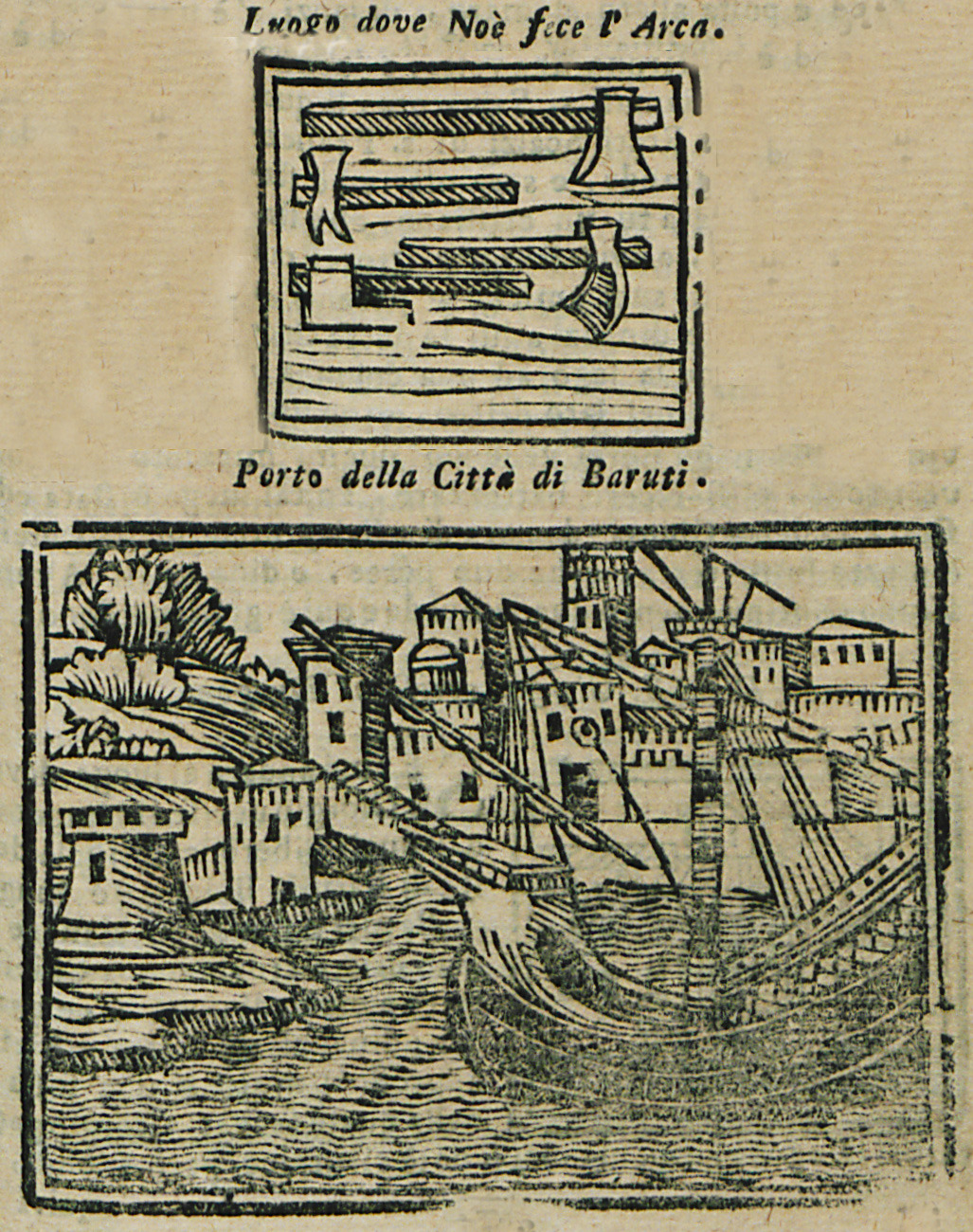
The tools used by Noah to construct the Ark. Port of Beirut.
-
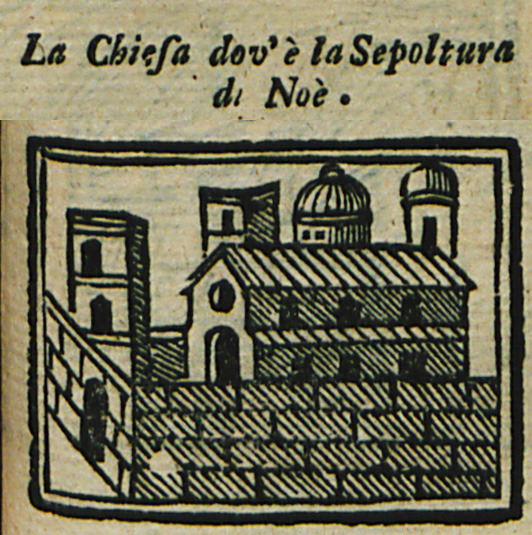
Church on the route from Damascus to Beirut, site of Noah's tomb according to tradition.
-
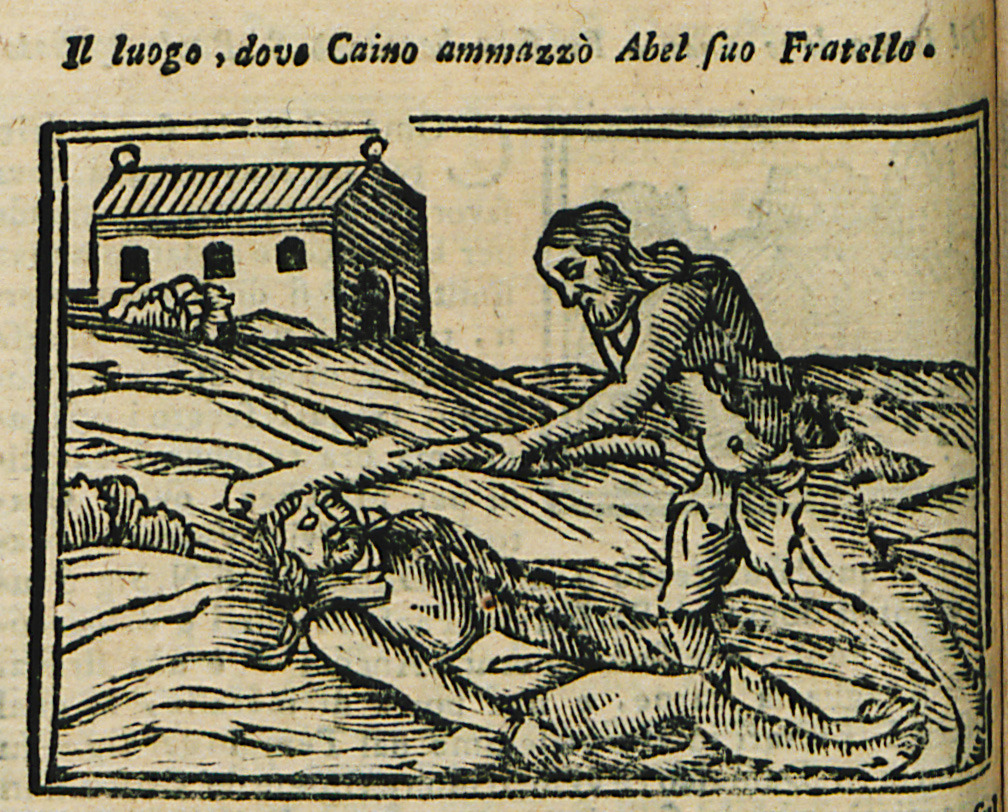
Site outside Damascus where it was believed that Cain killed Abel.
-
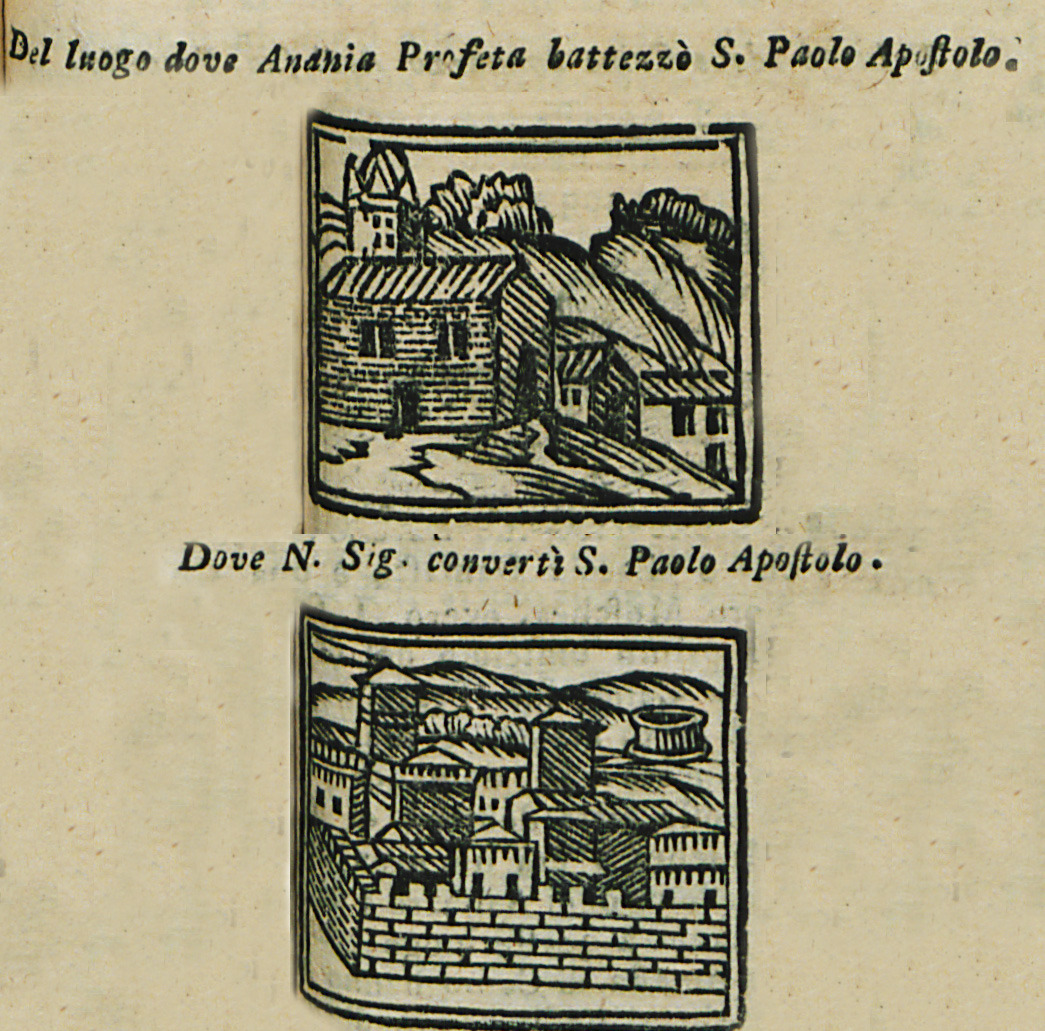
-
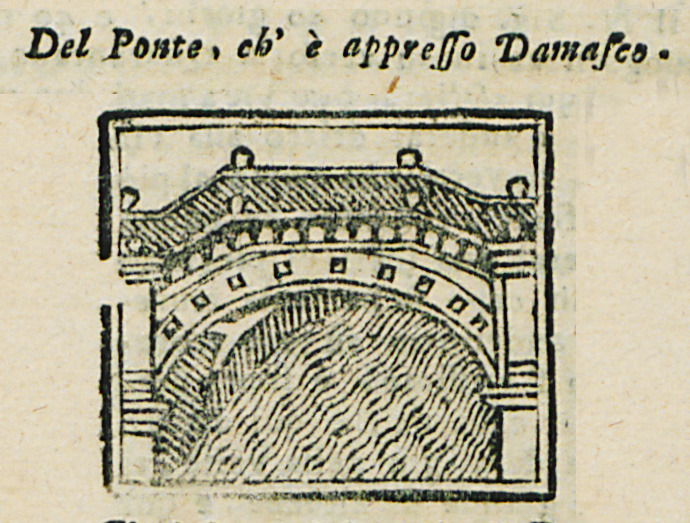
-
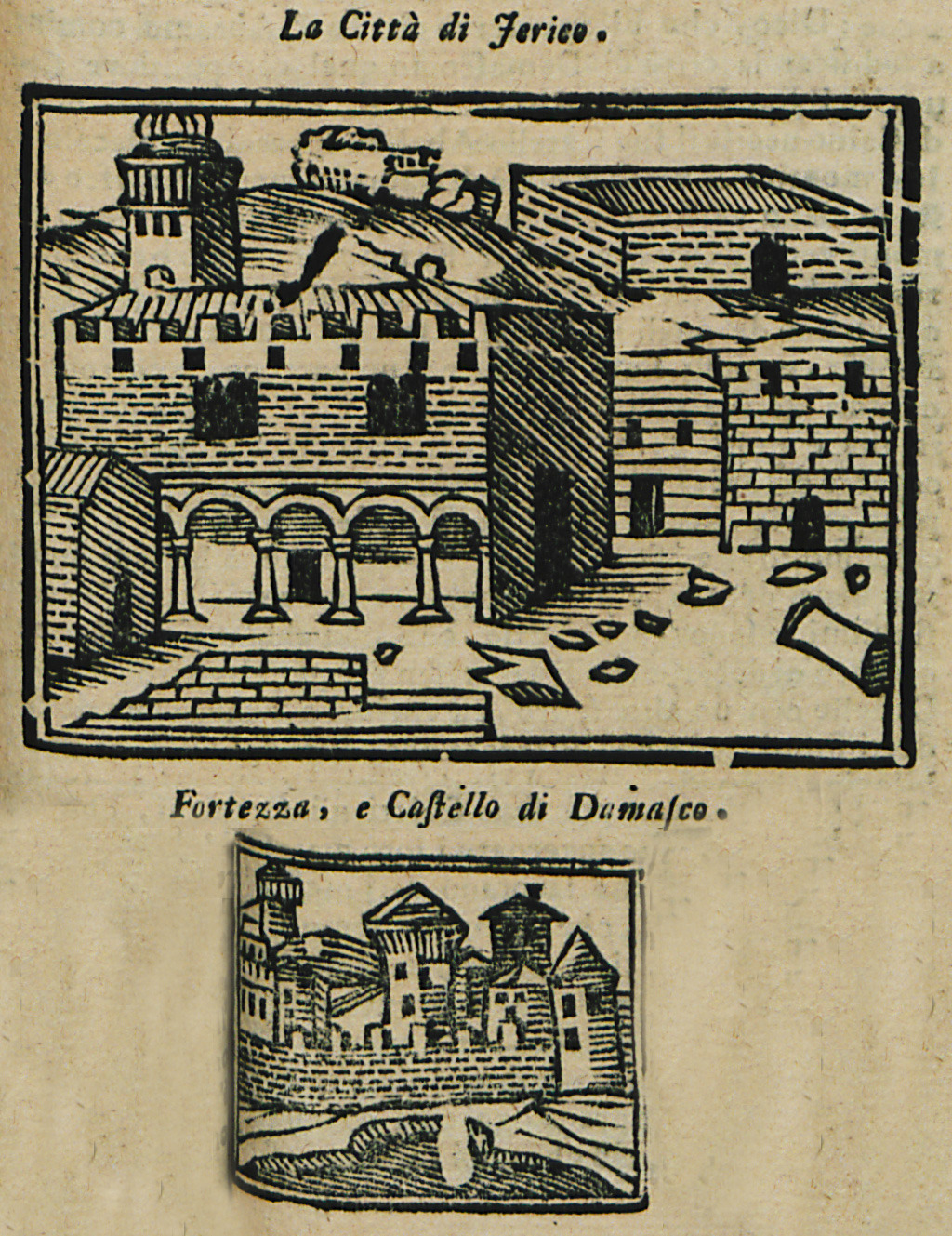
-
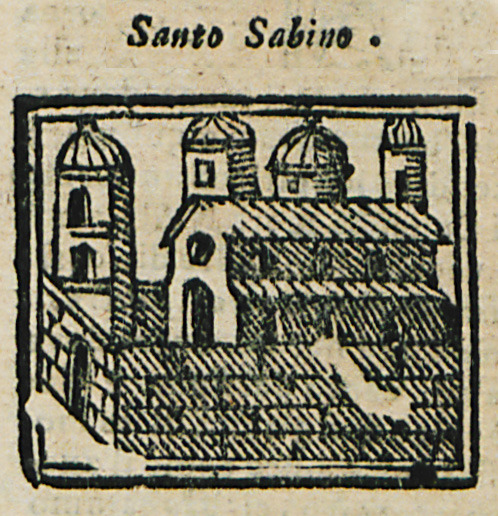
-
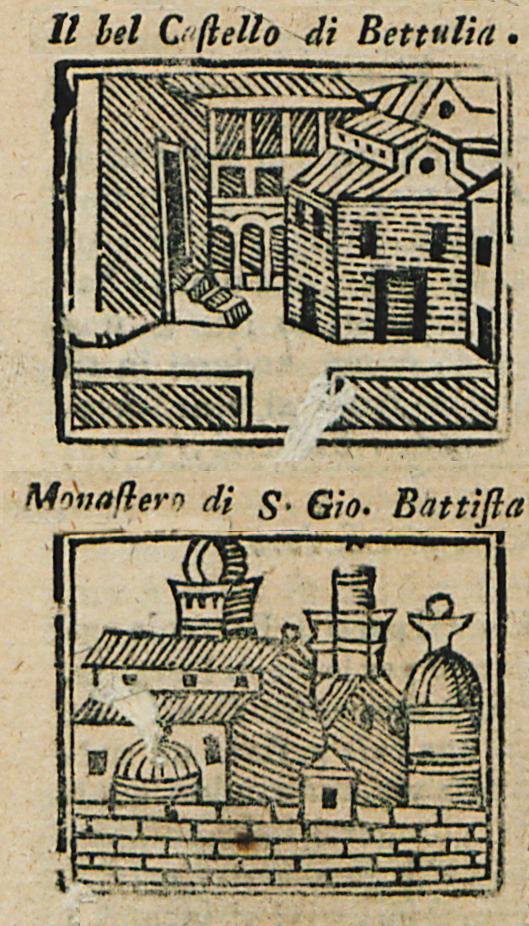
-
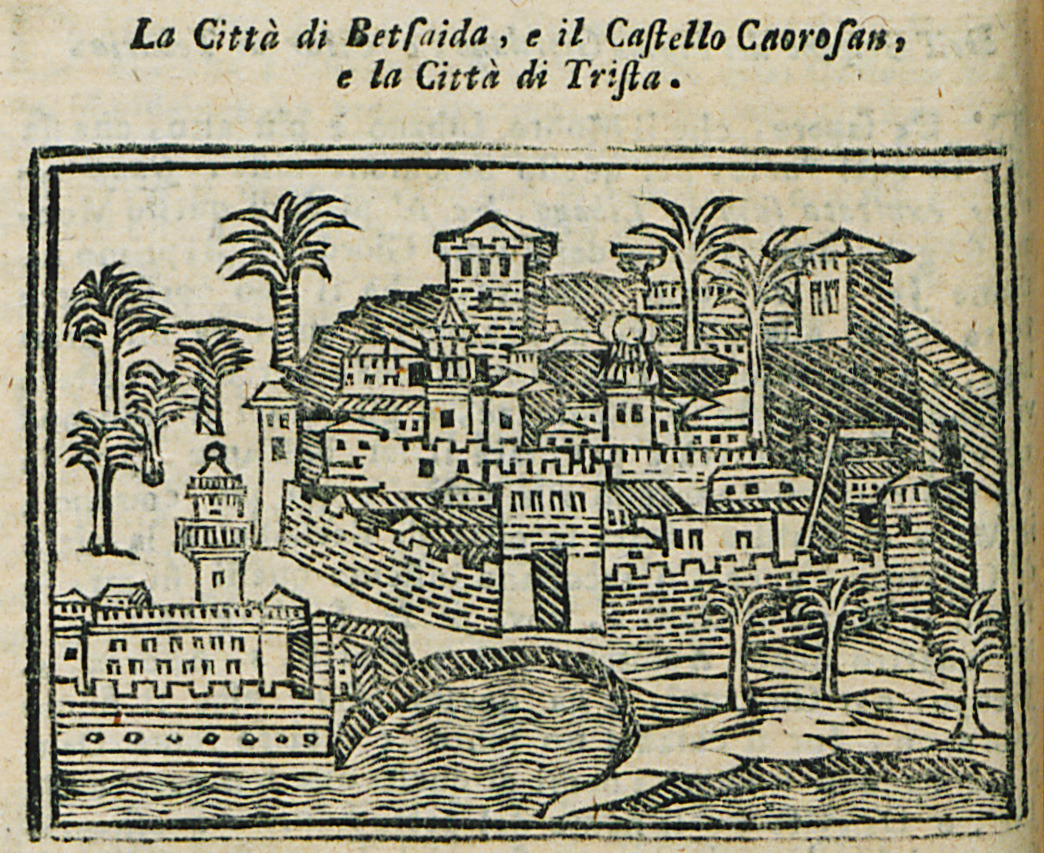
-
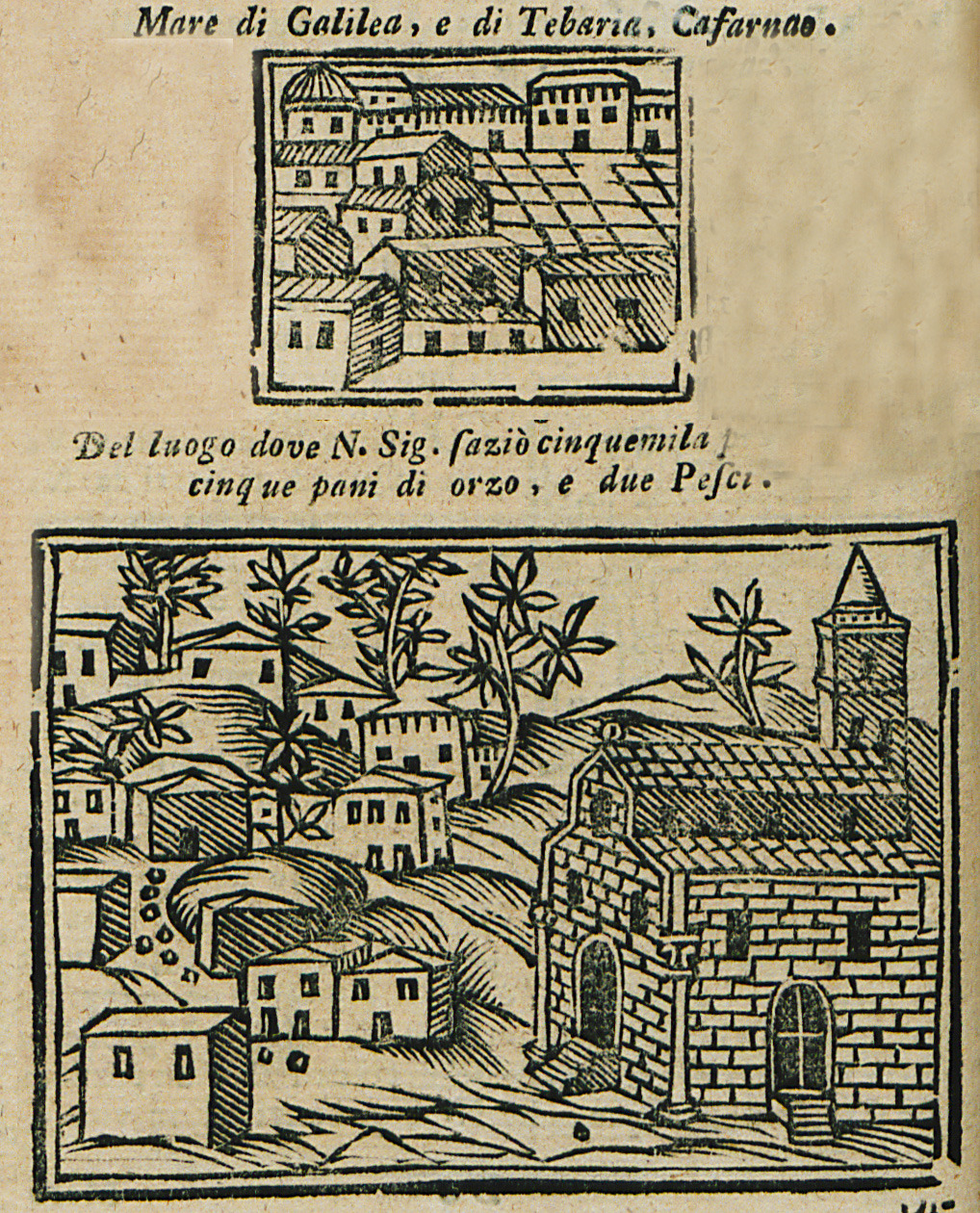
View of settlement, possibly Capernaum in Galilee. Site where Jesus Christ fed the multitude.
-
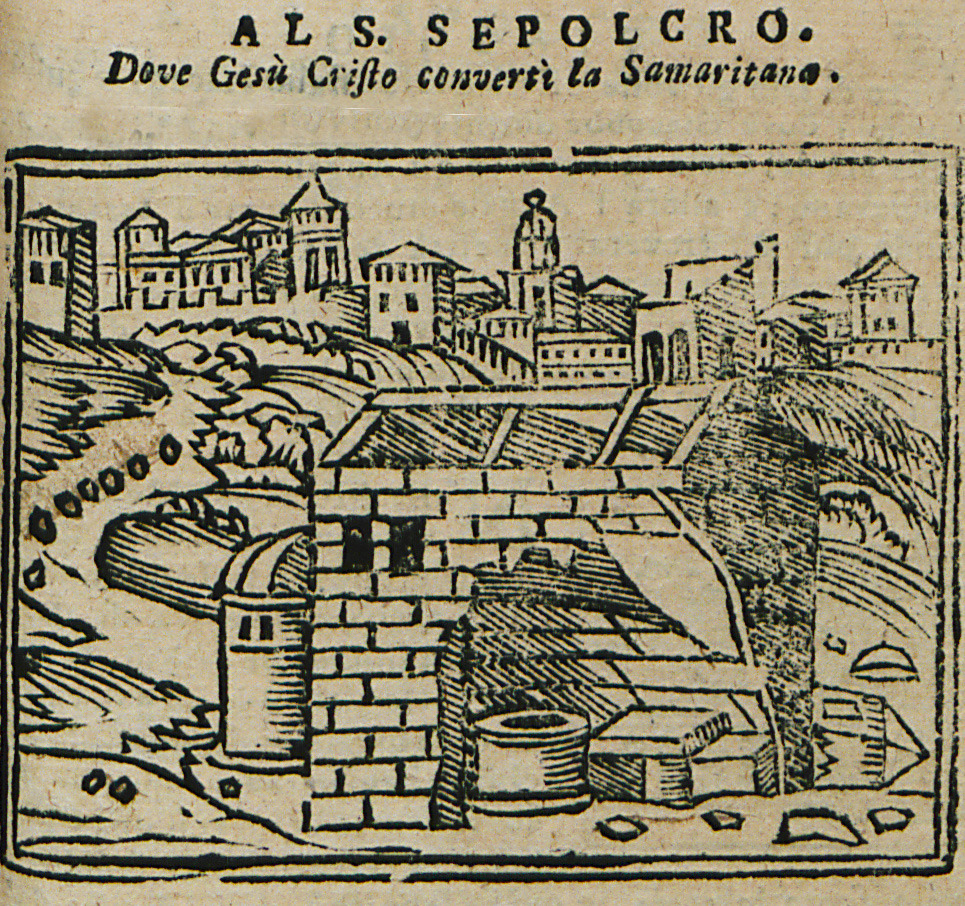
-
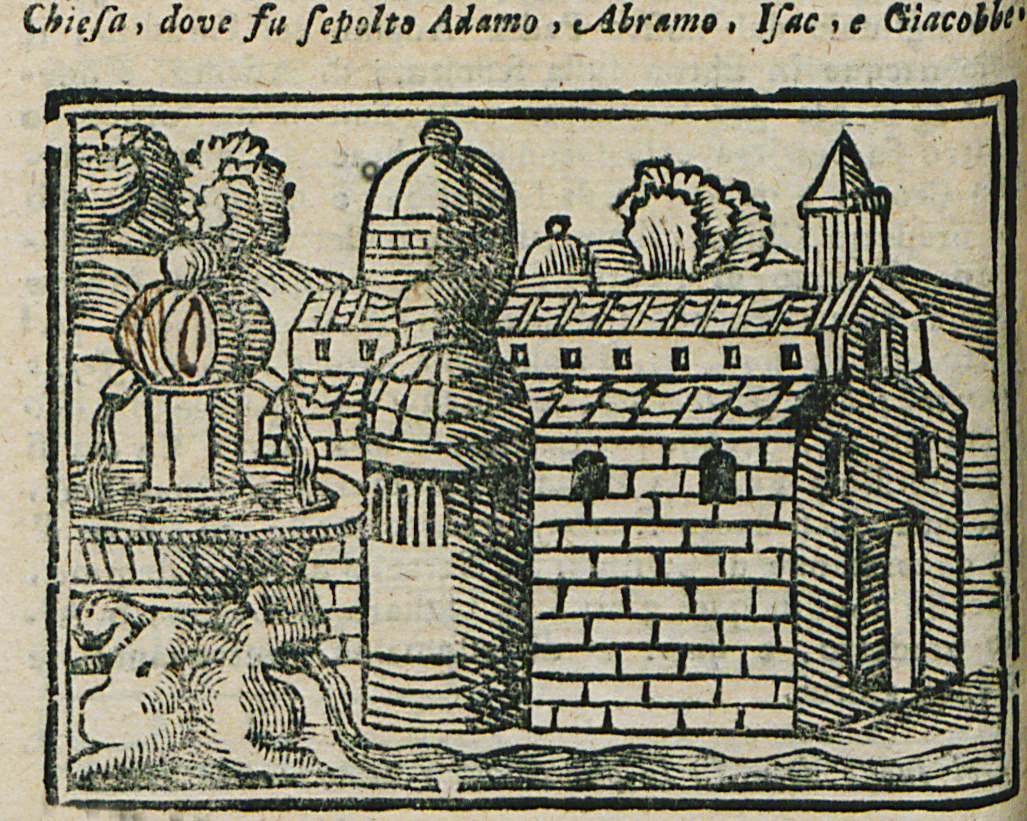
-
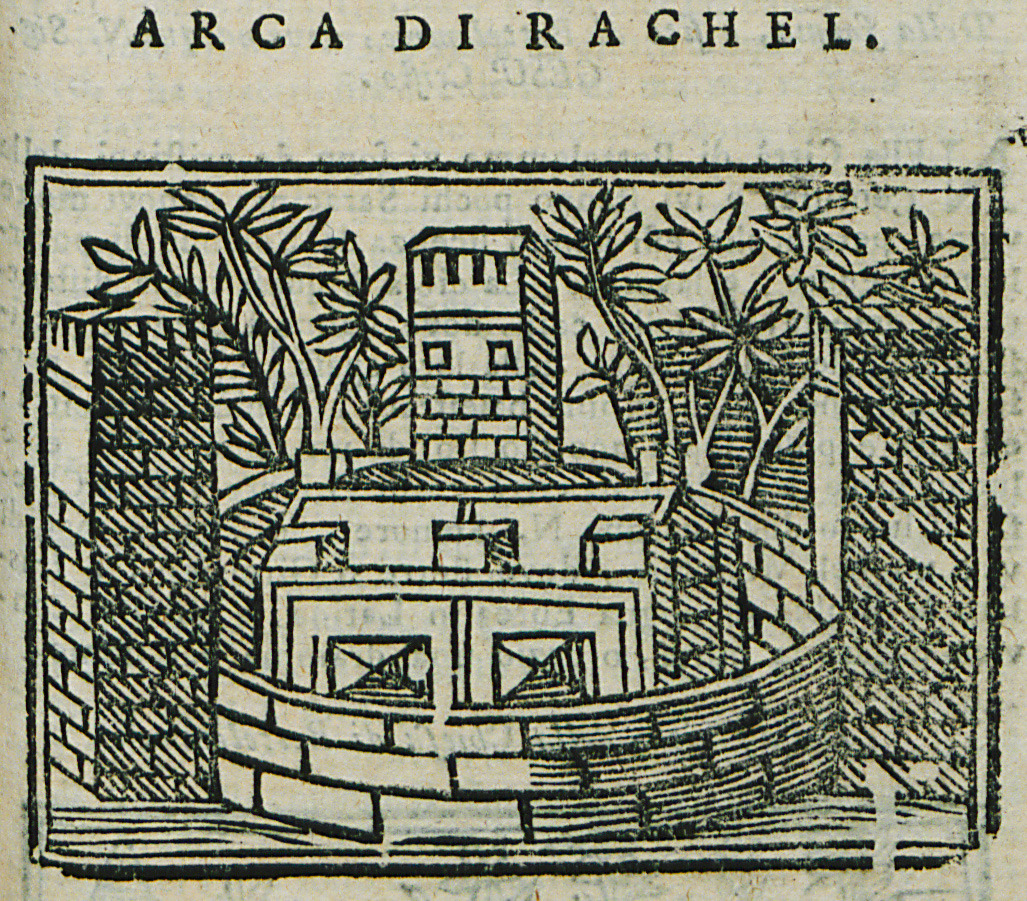
-
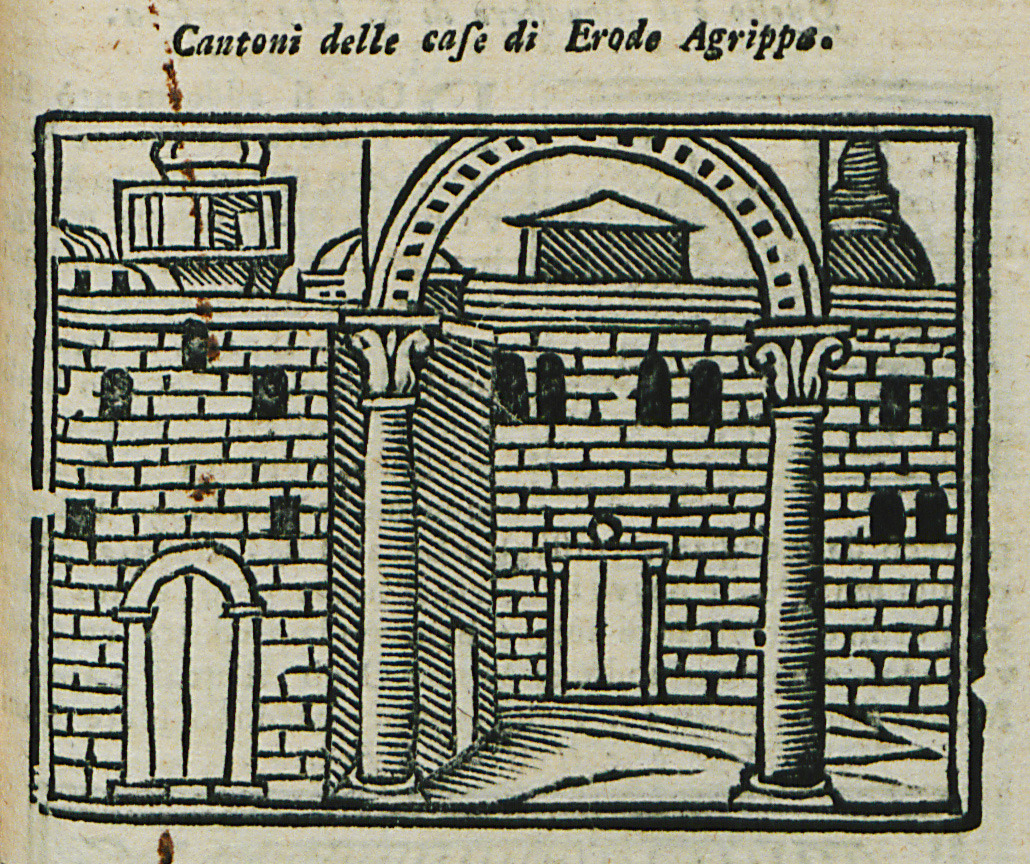
-
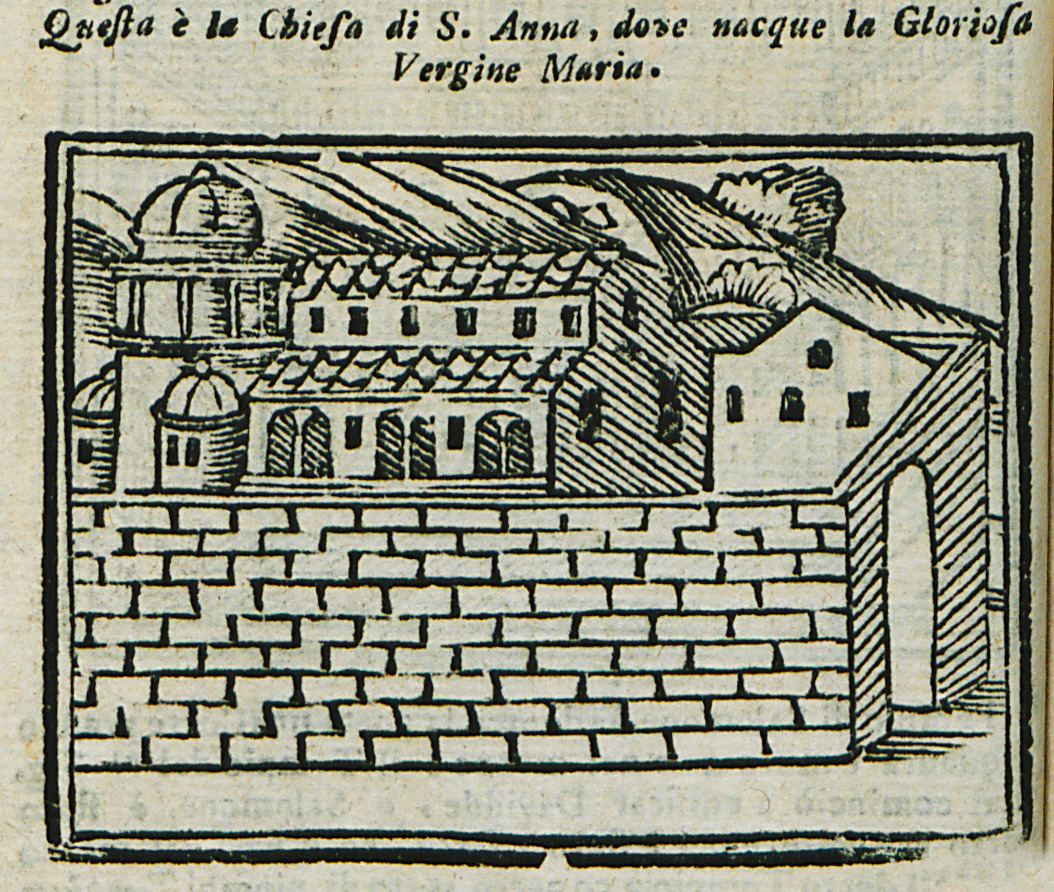
-
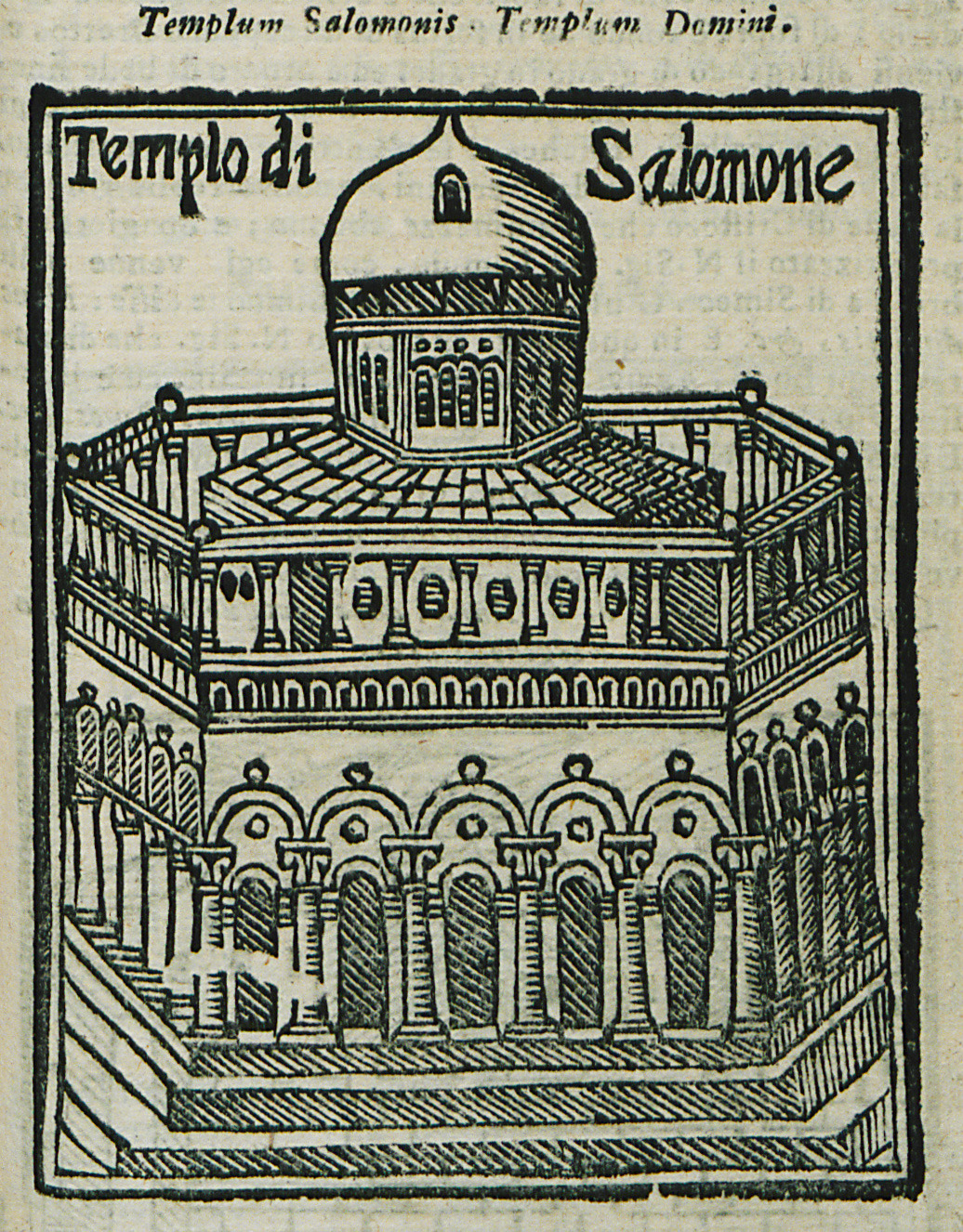
-
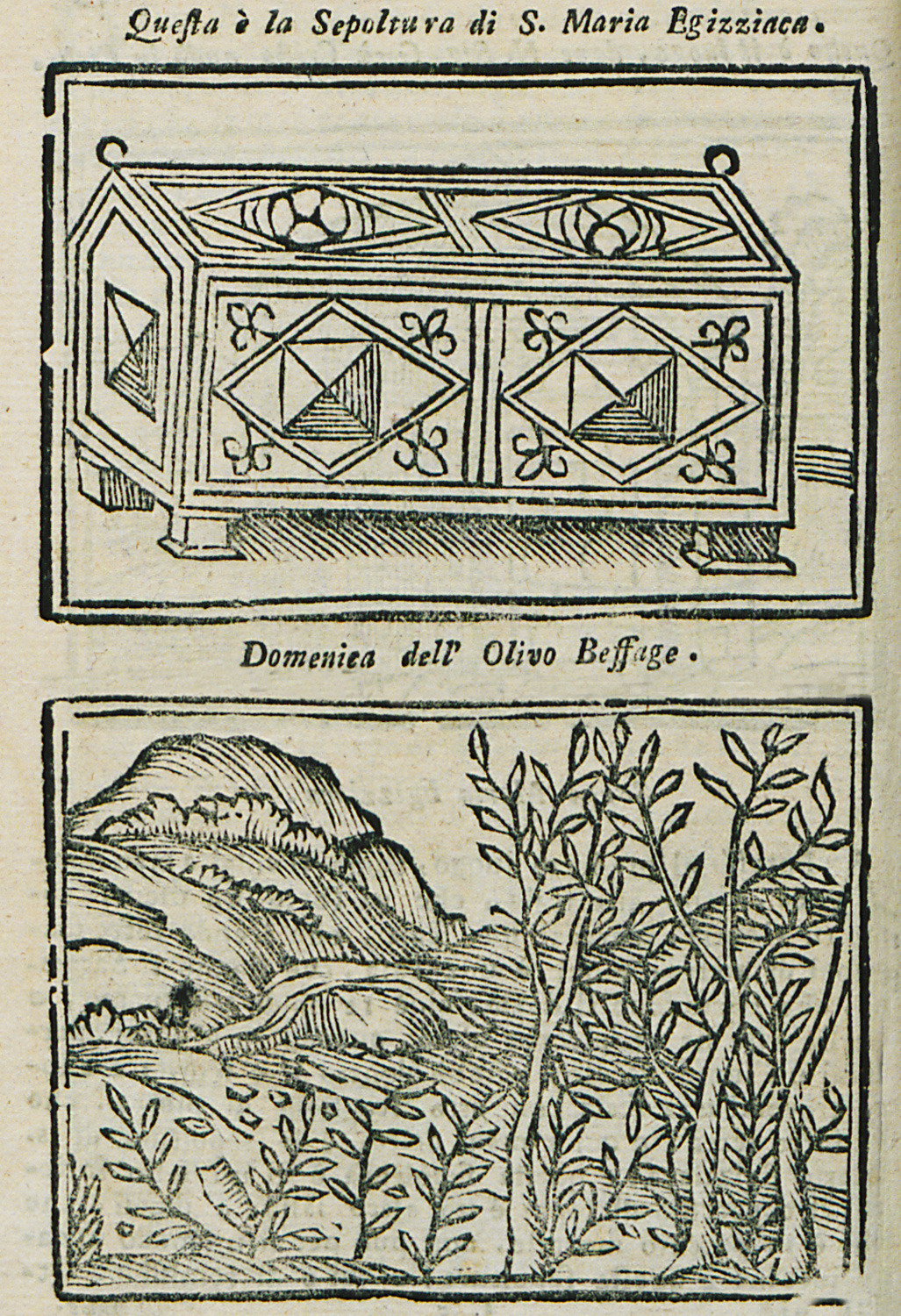
-
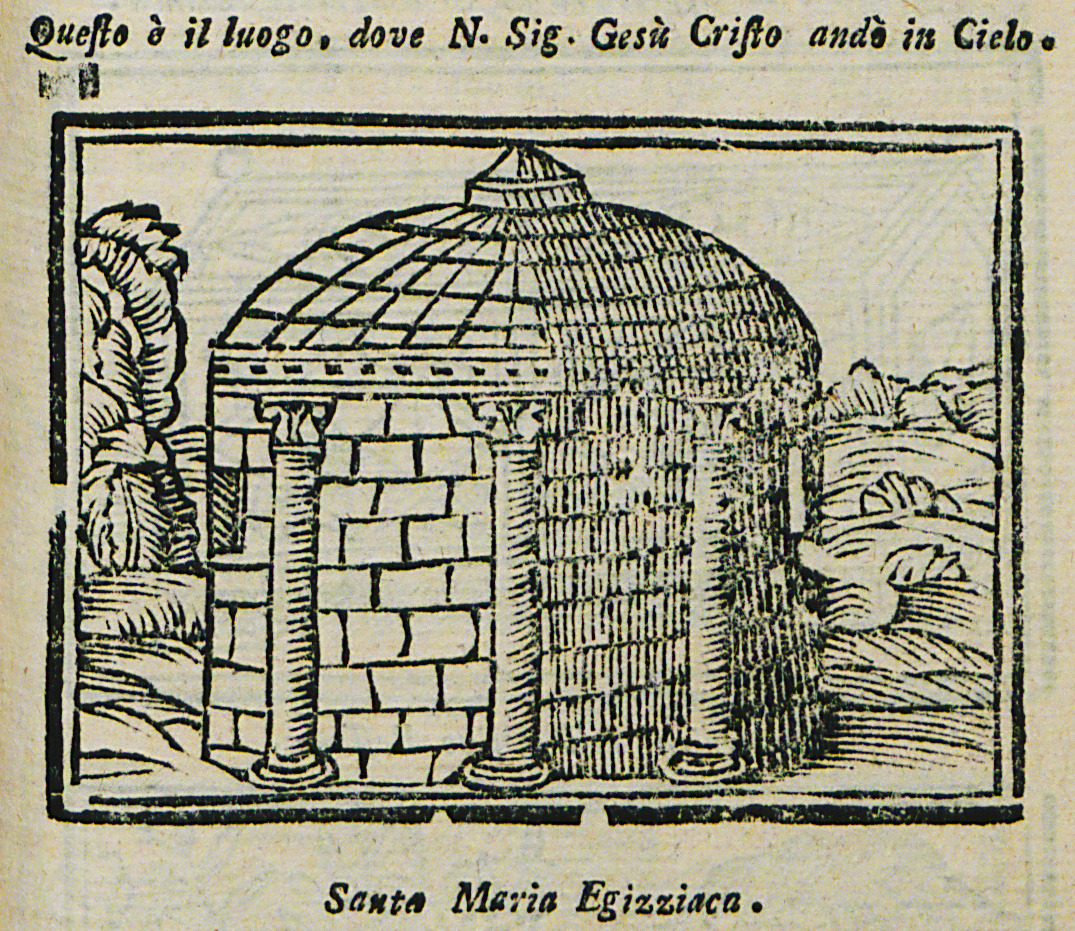
Chapel of Ascension, built on the spot where Christ was ascended to heaven.
-
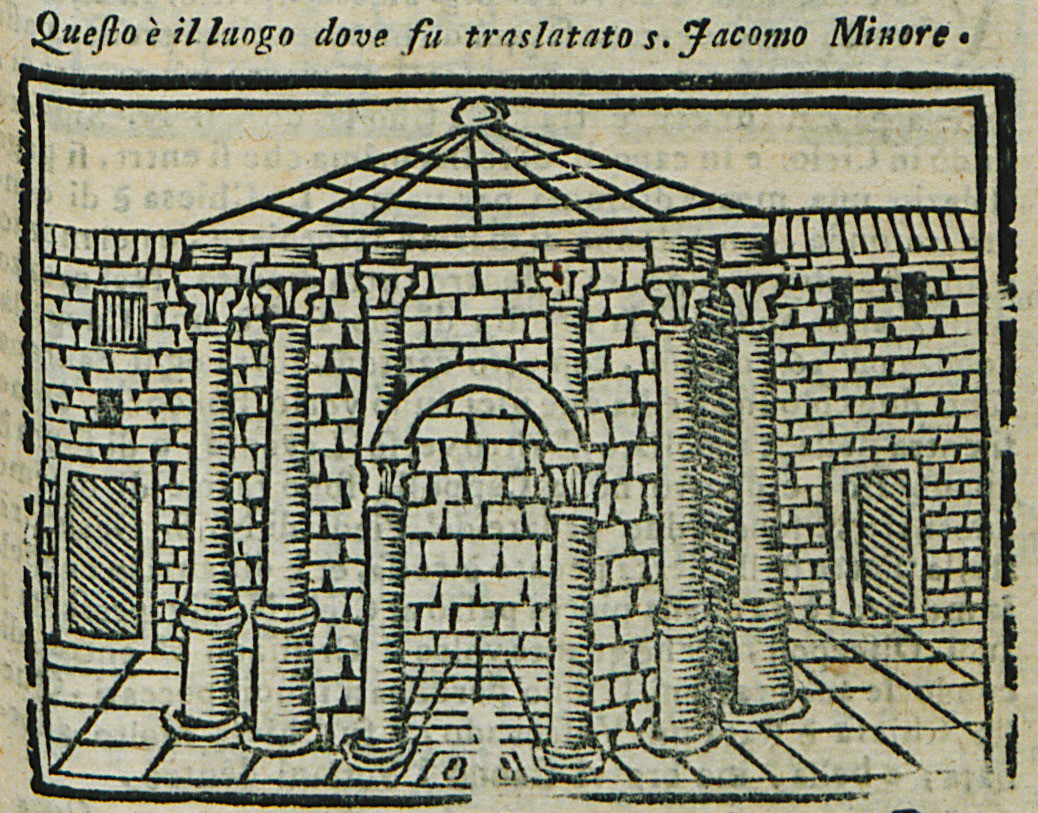
-
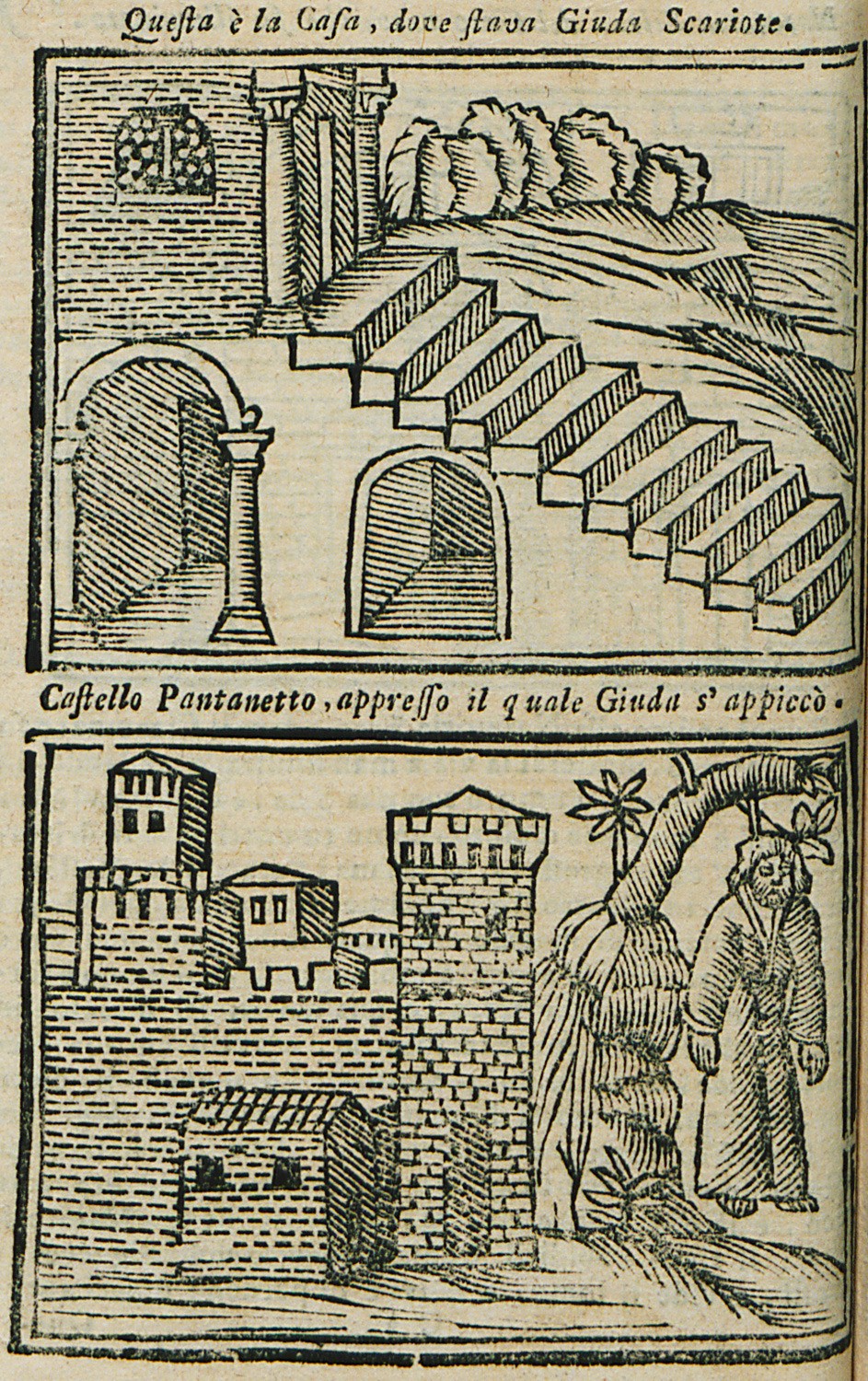
The house where Judas Iscariot stayed in Jerusalem. The spot where Judas hanged himself.
-
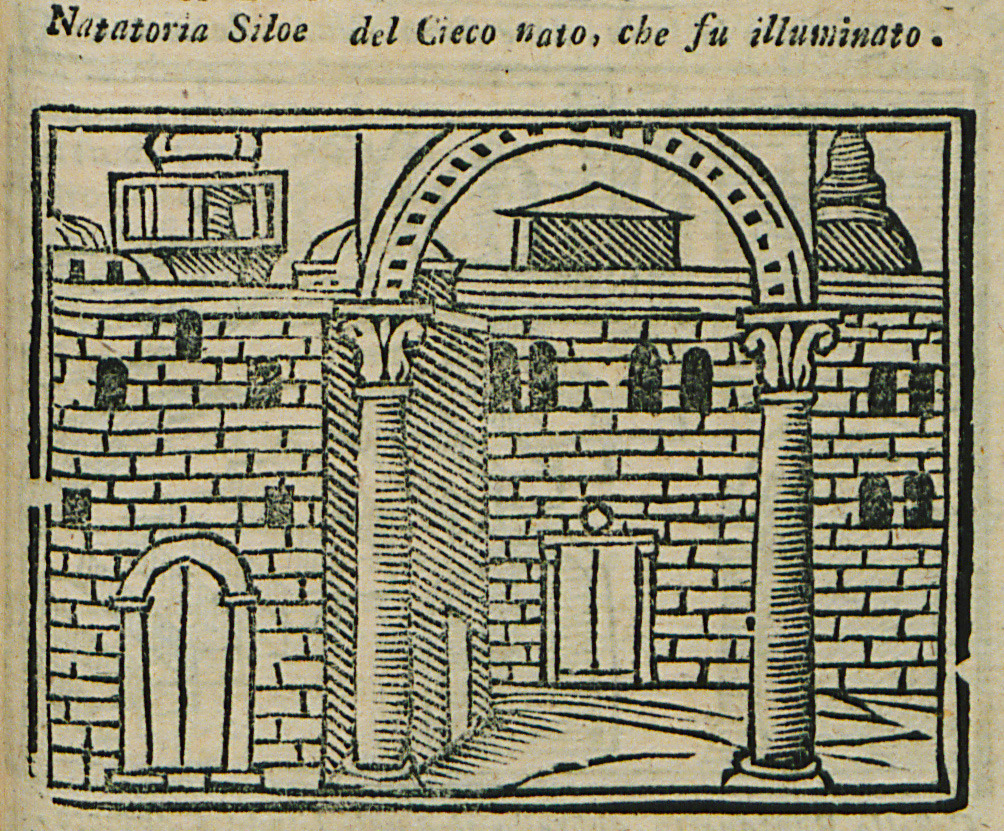
-
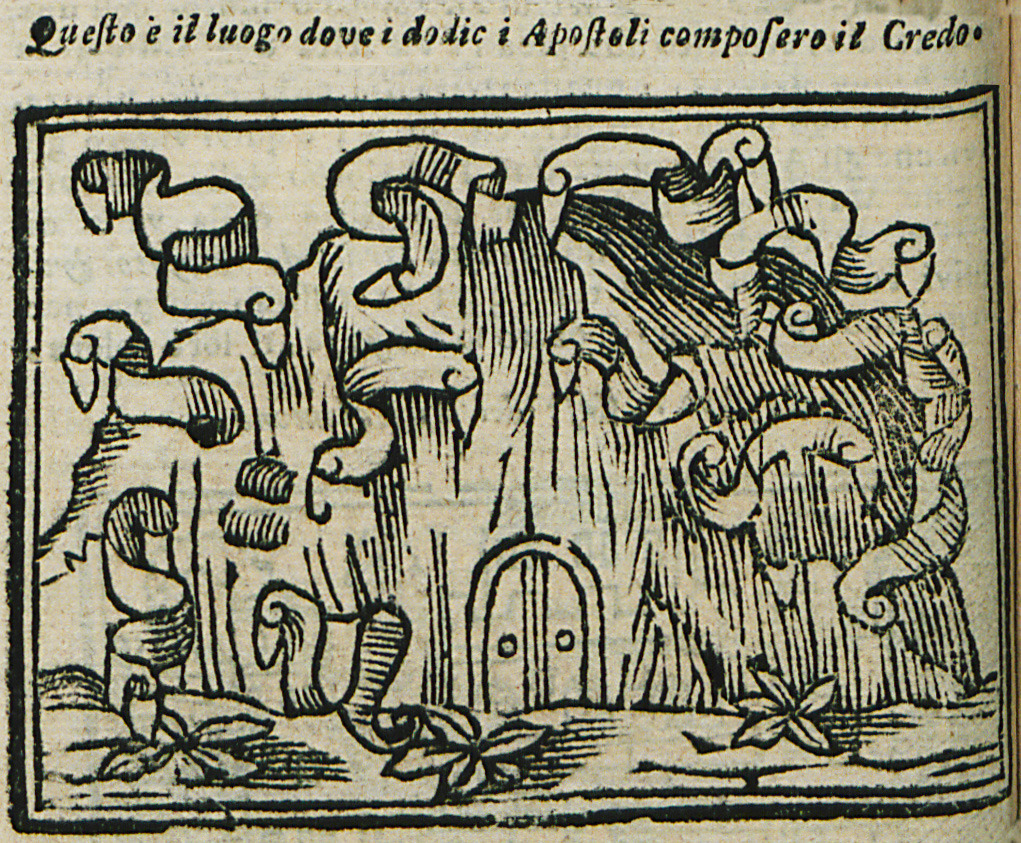
-
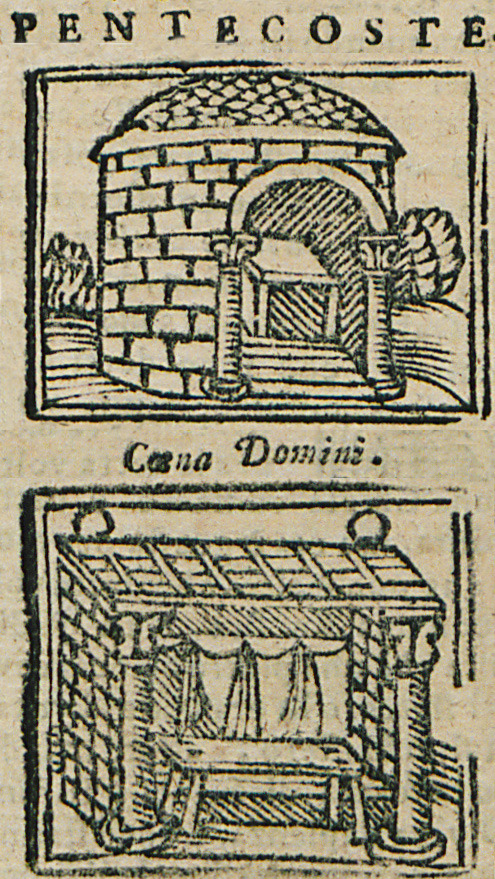
-
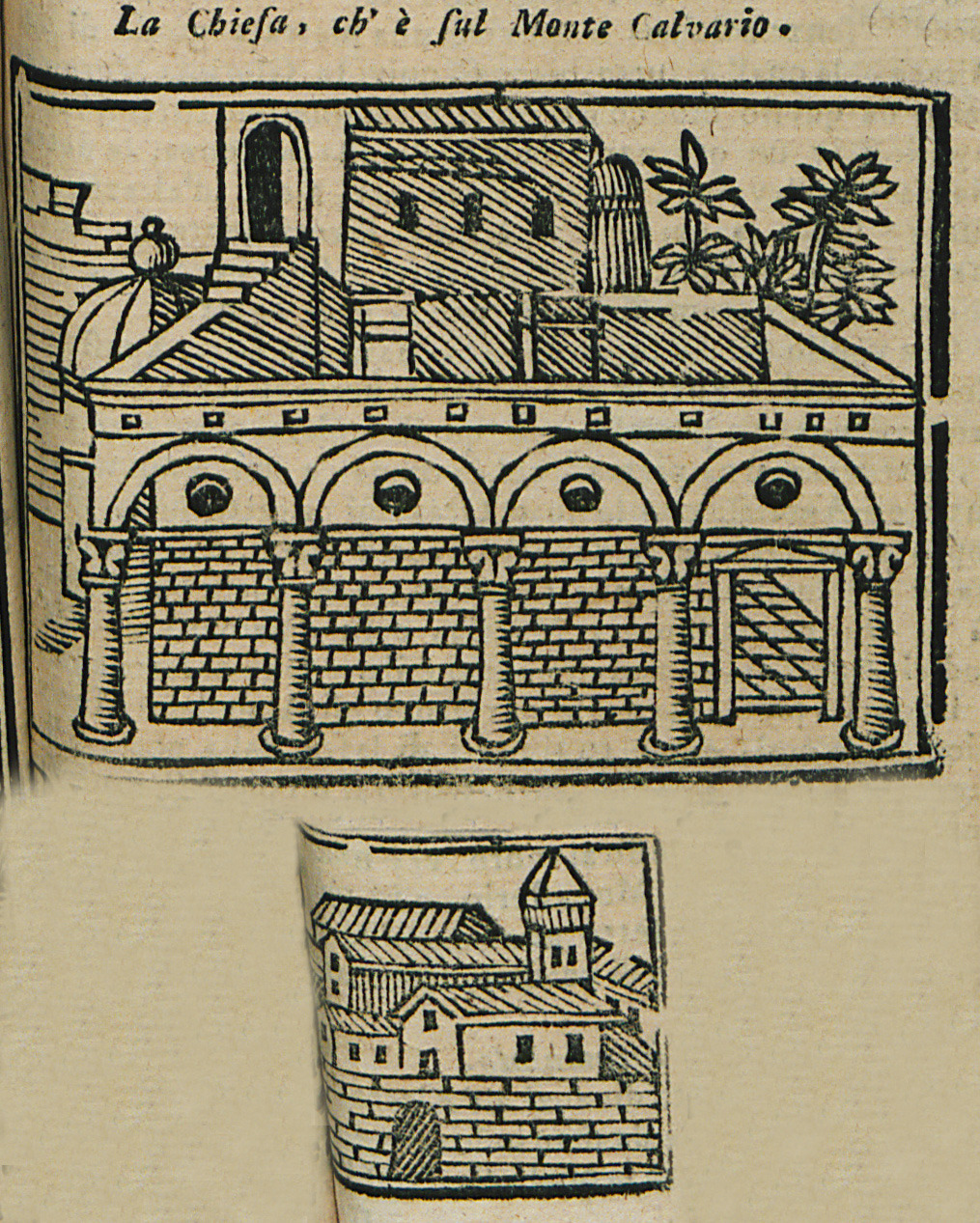
-
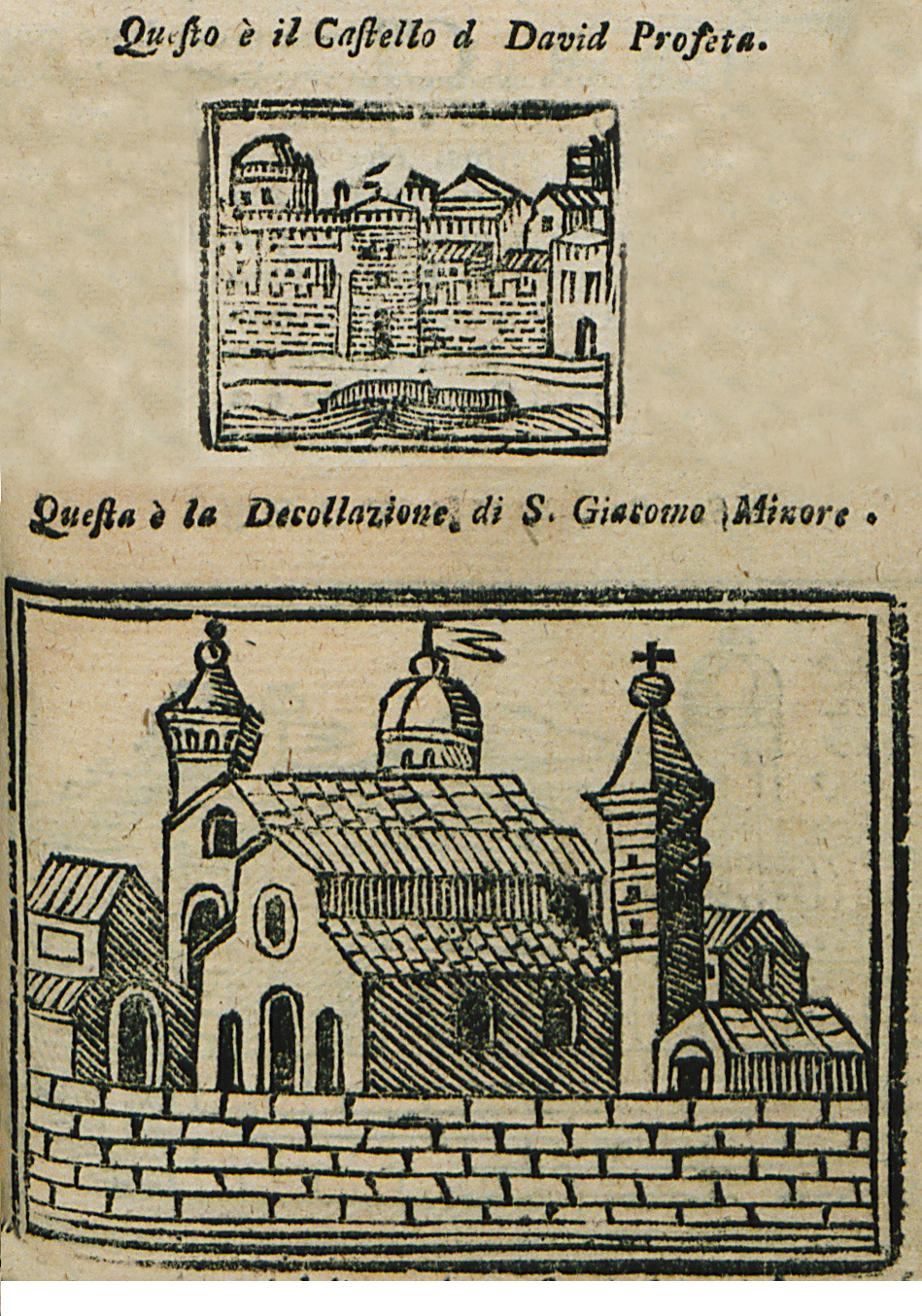
-
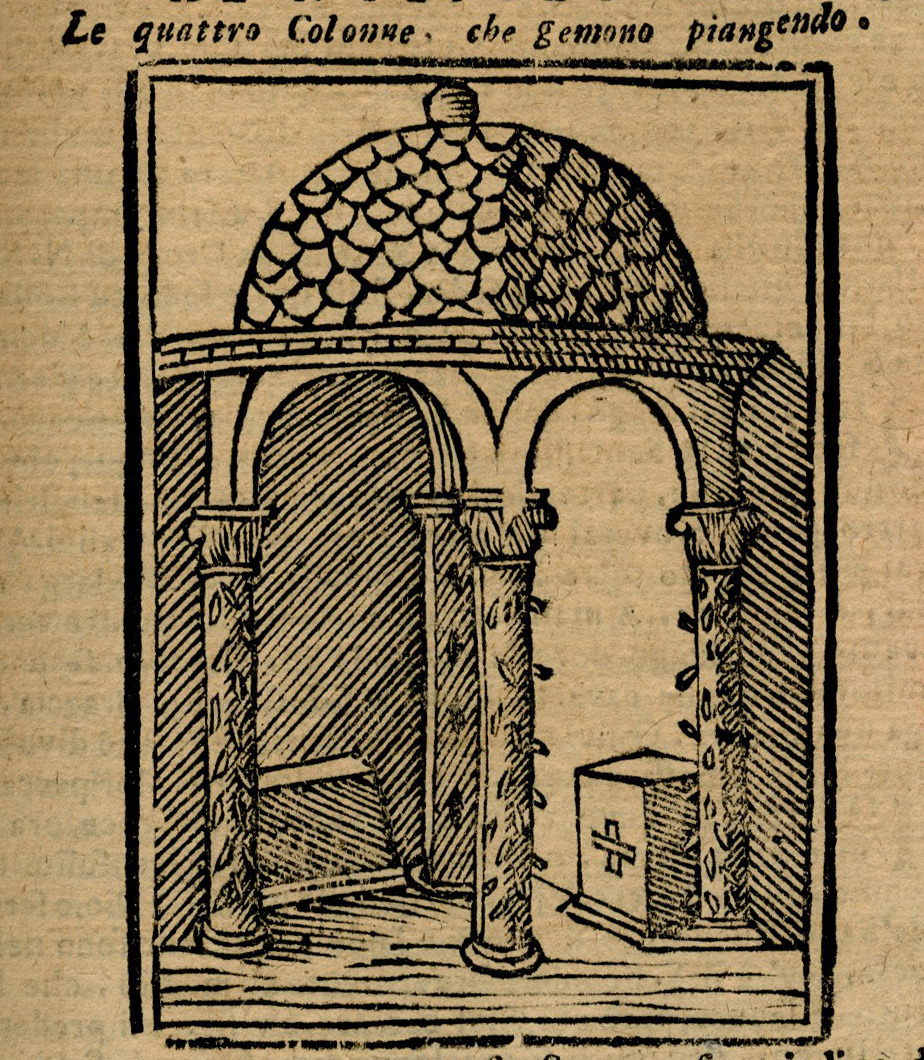
-
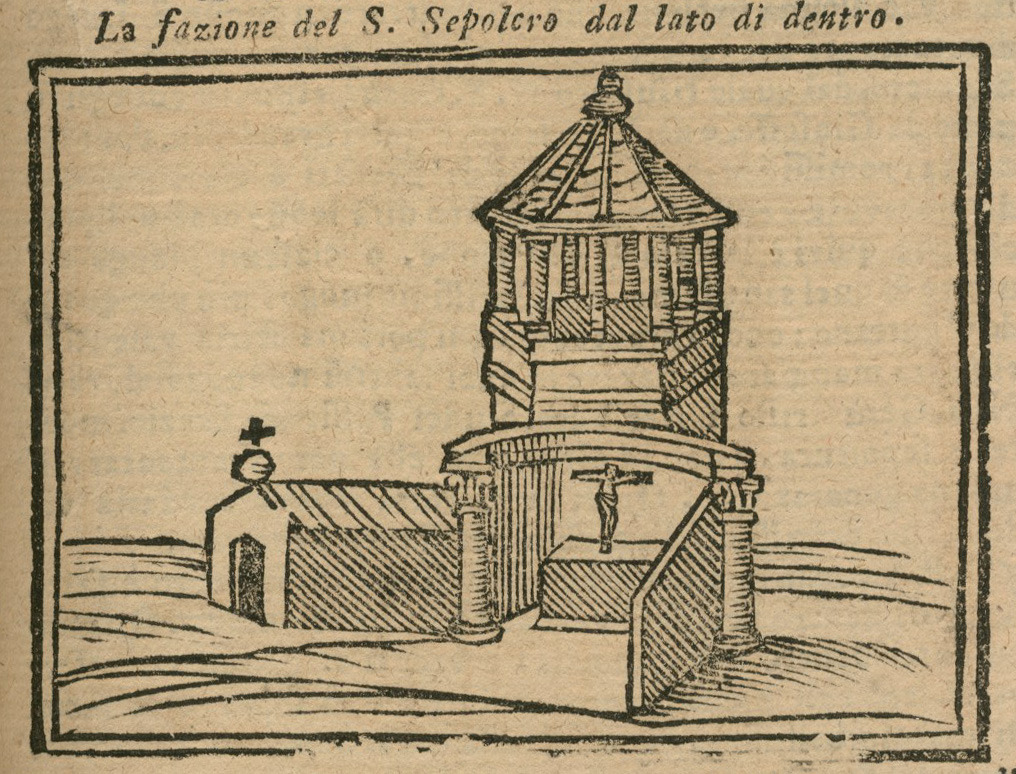
-
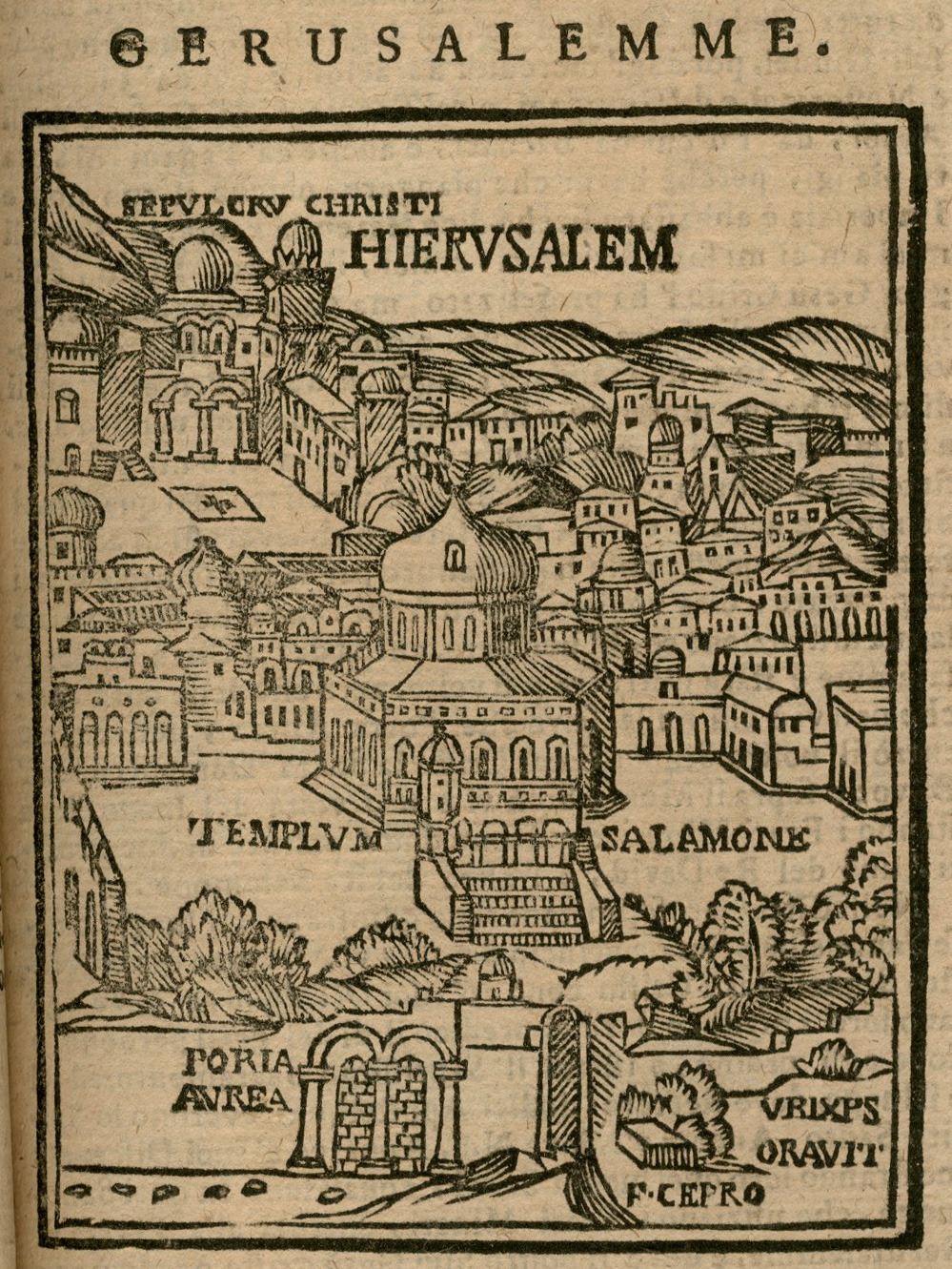
View of Jerusalem with the Holy Sepulchre and other major locations of the city.
-
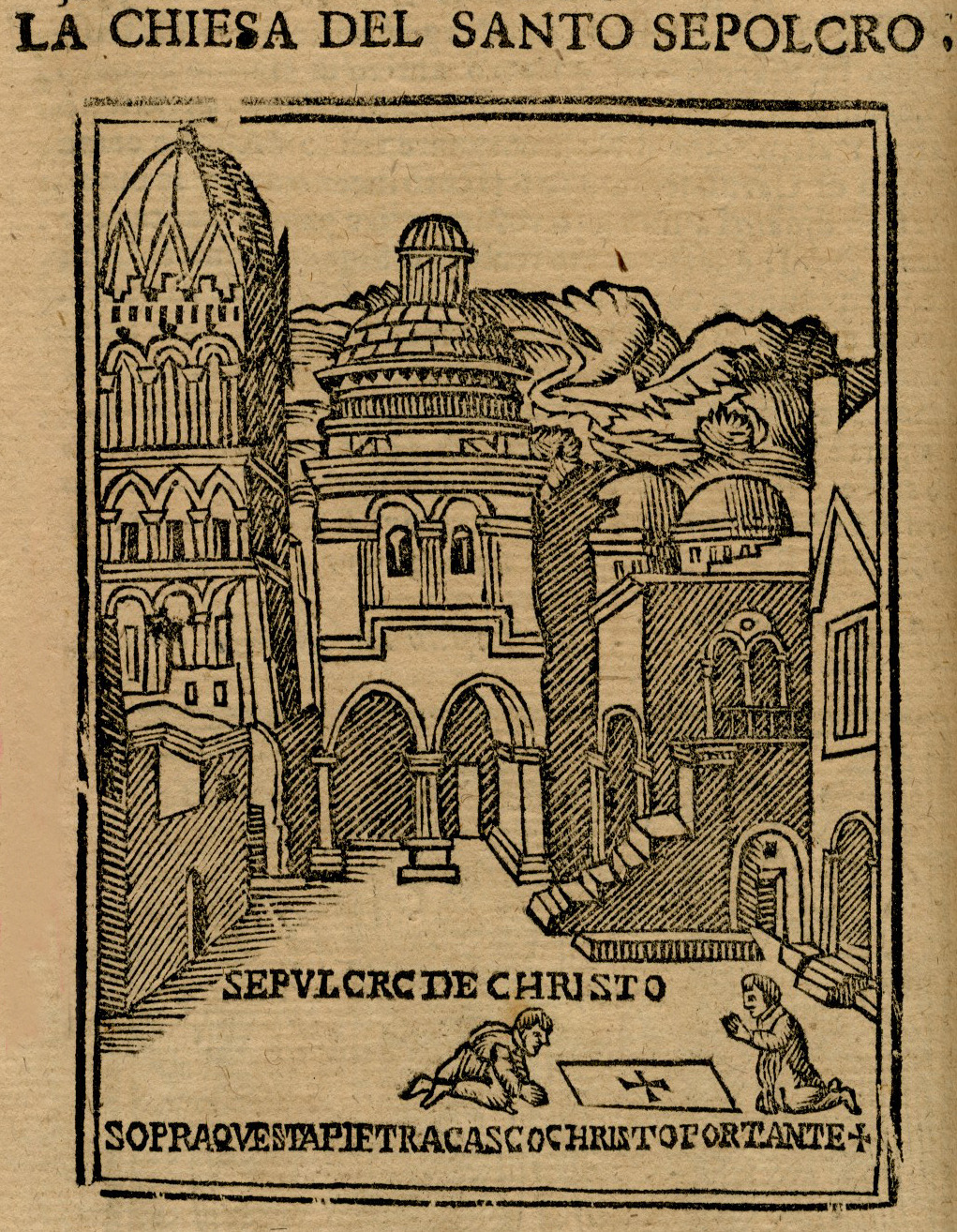
-
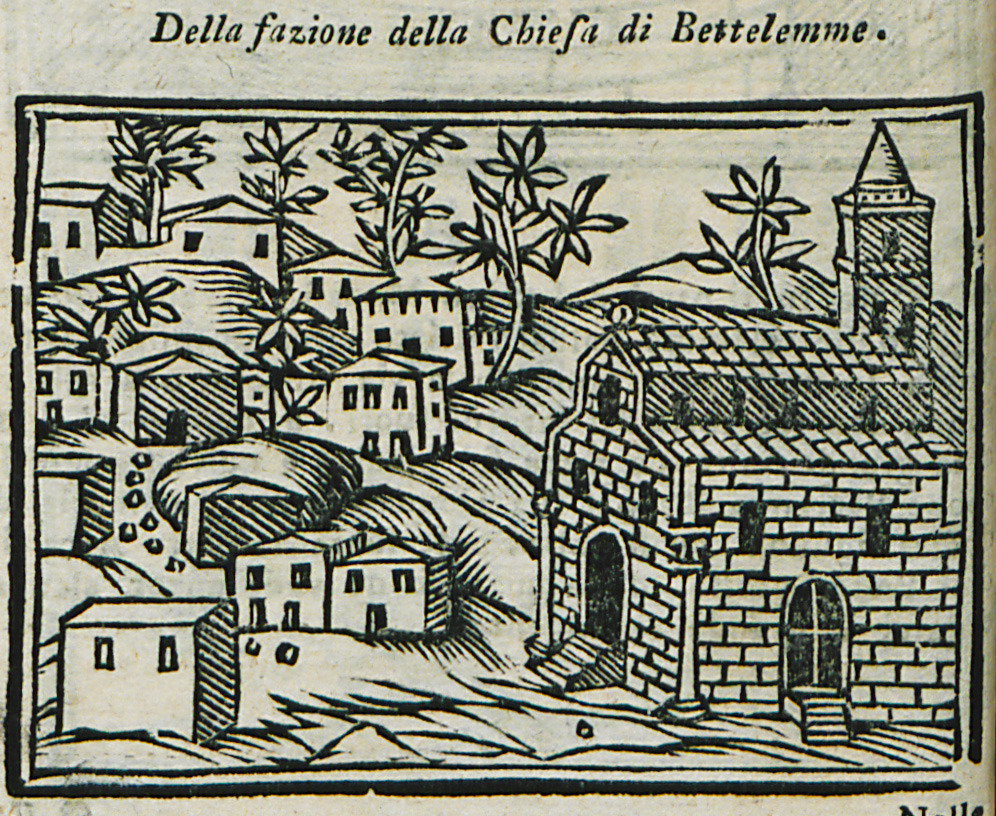
-
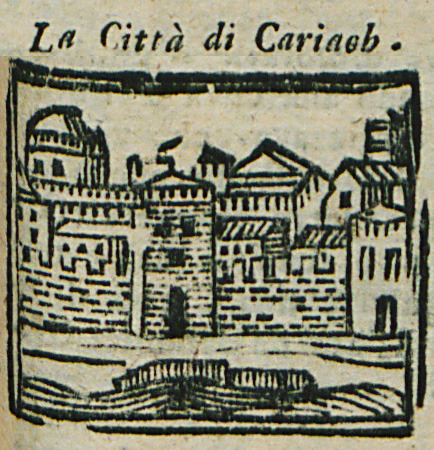
-
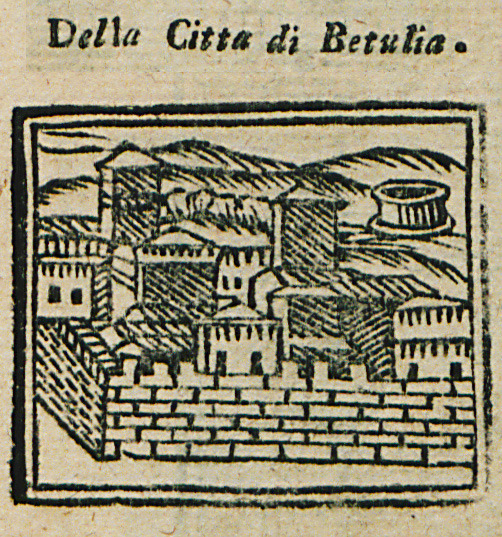
View of city near Tiberias. According to the author, it is the biblical city of Betulia.


